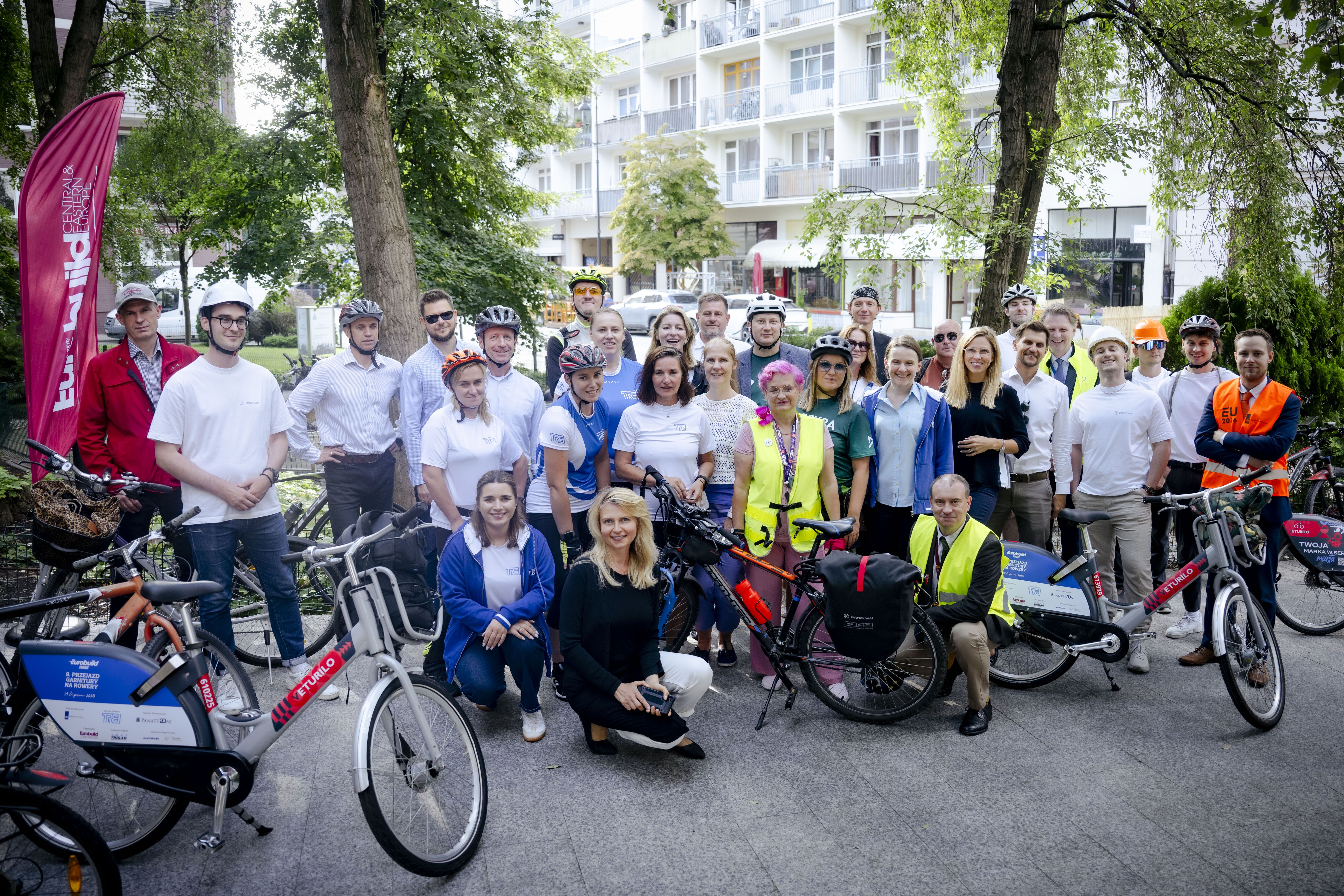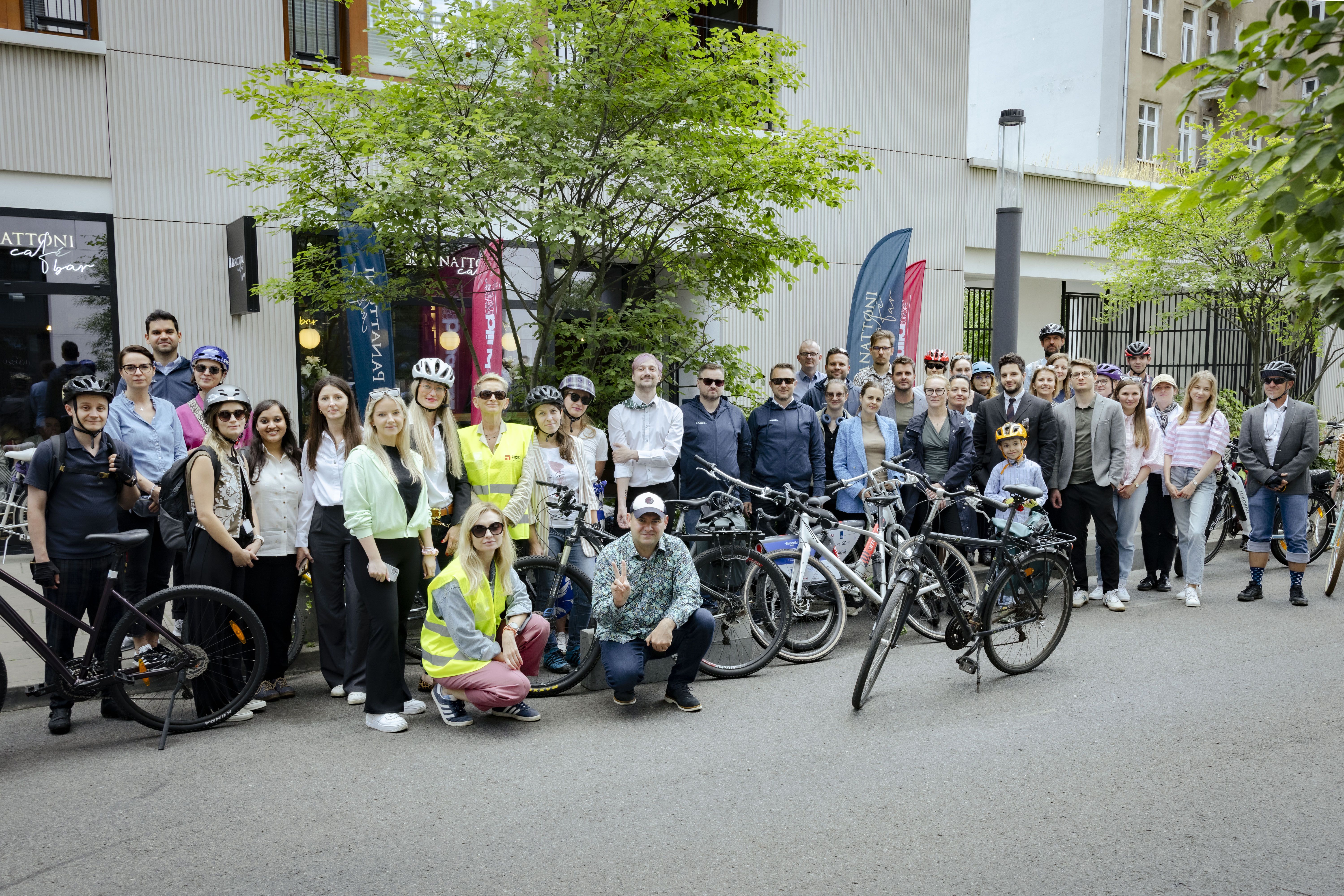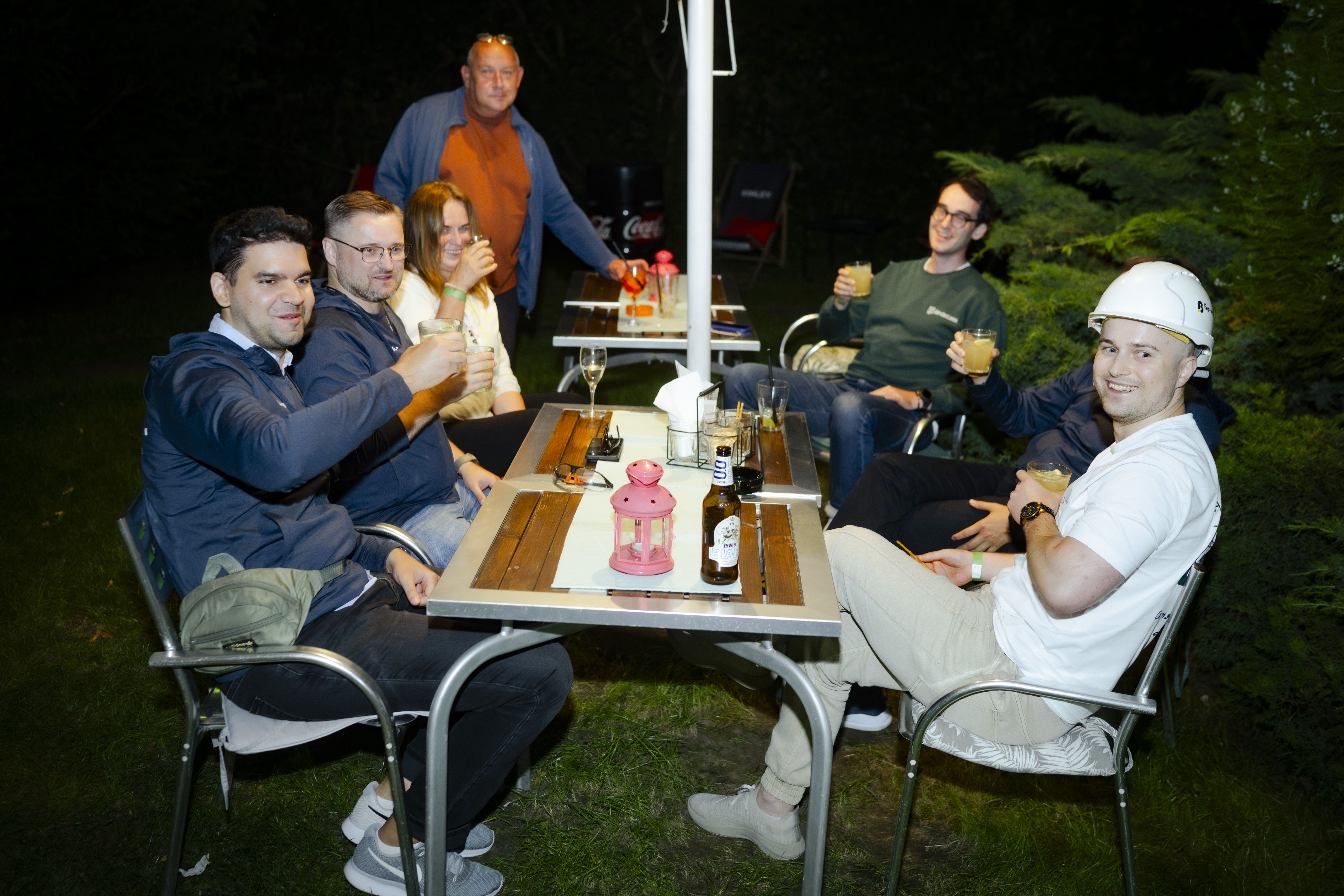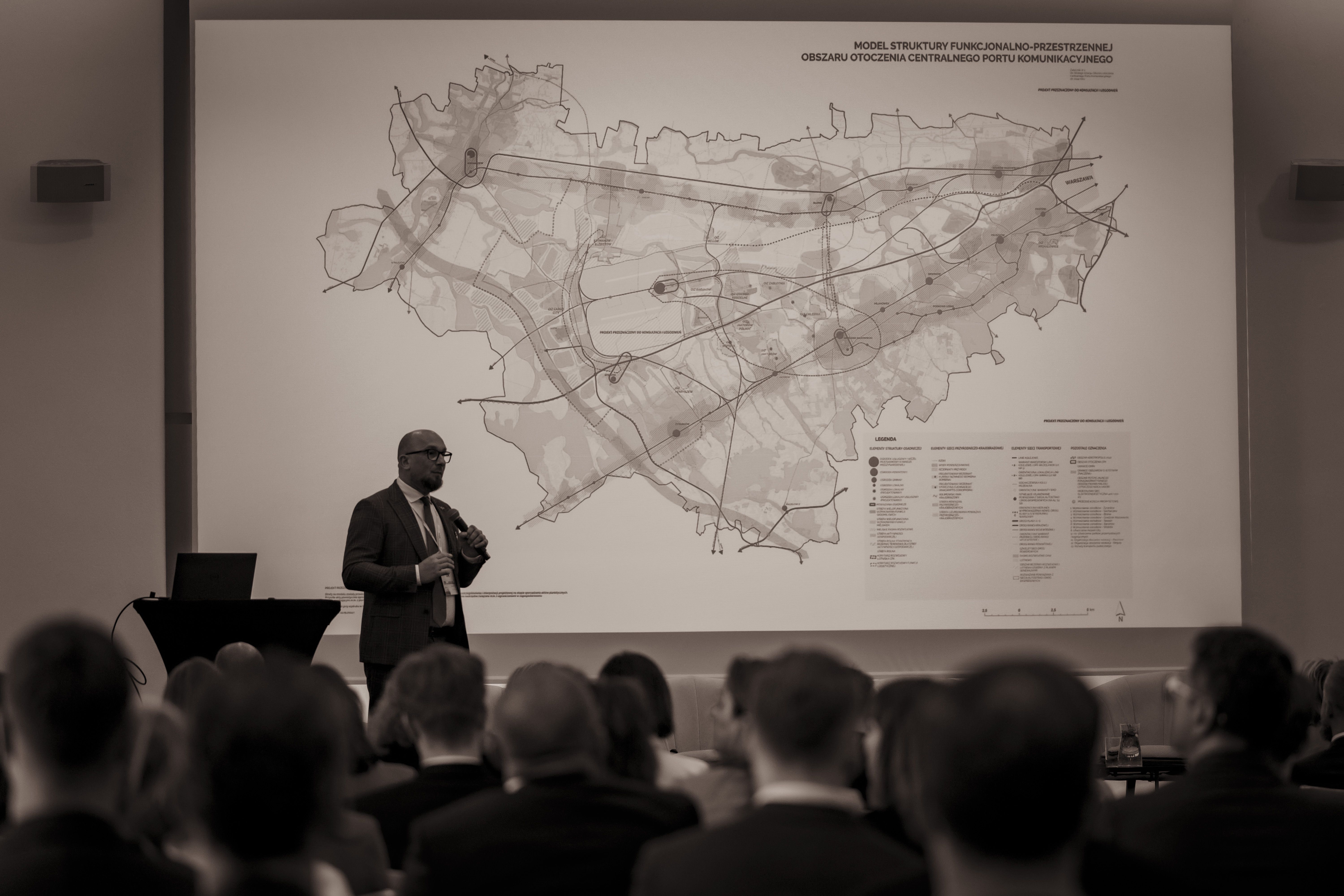The 20th Eurobuild CEE Annual Polish Commercial Property Conference
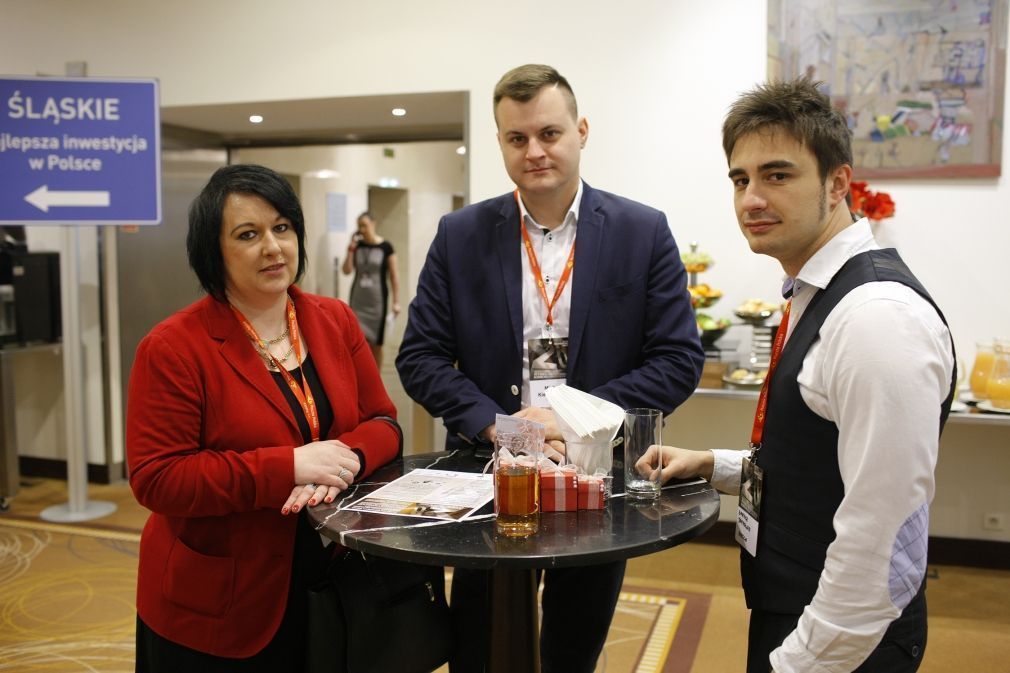
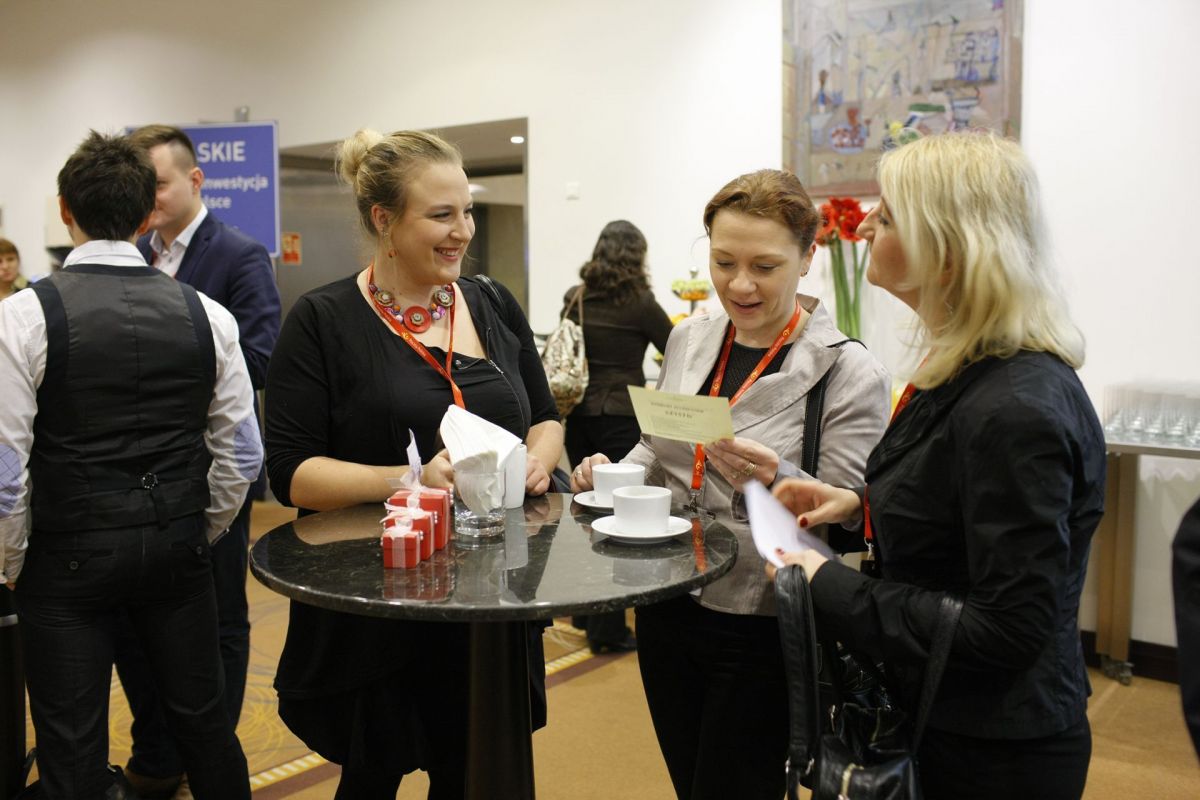
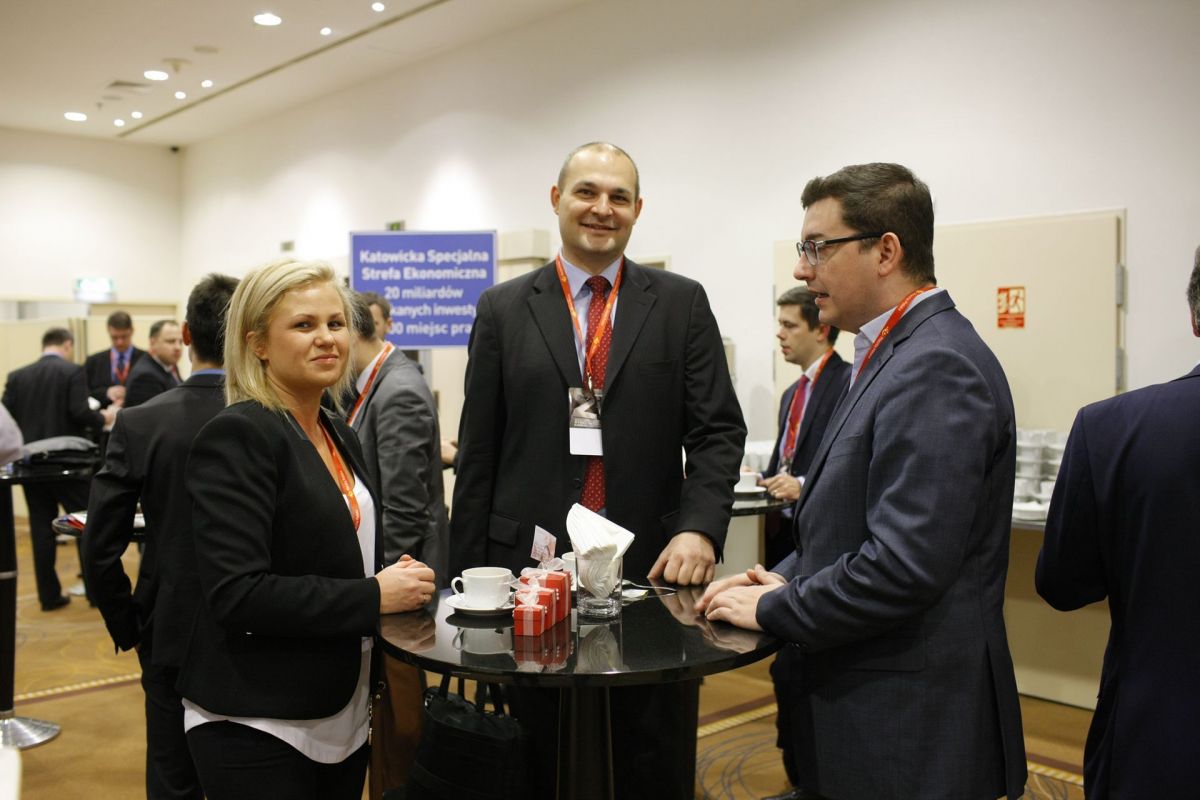
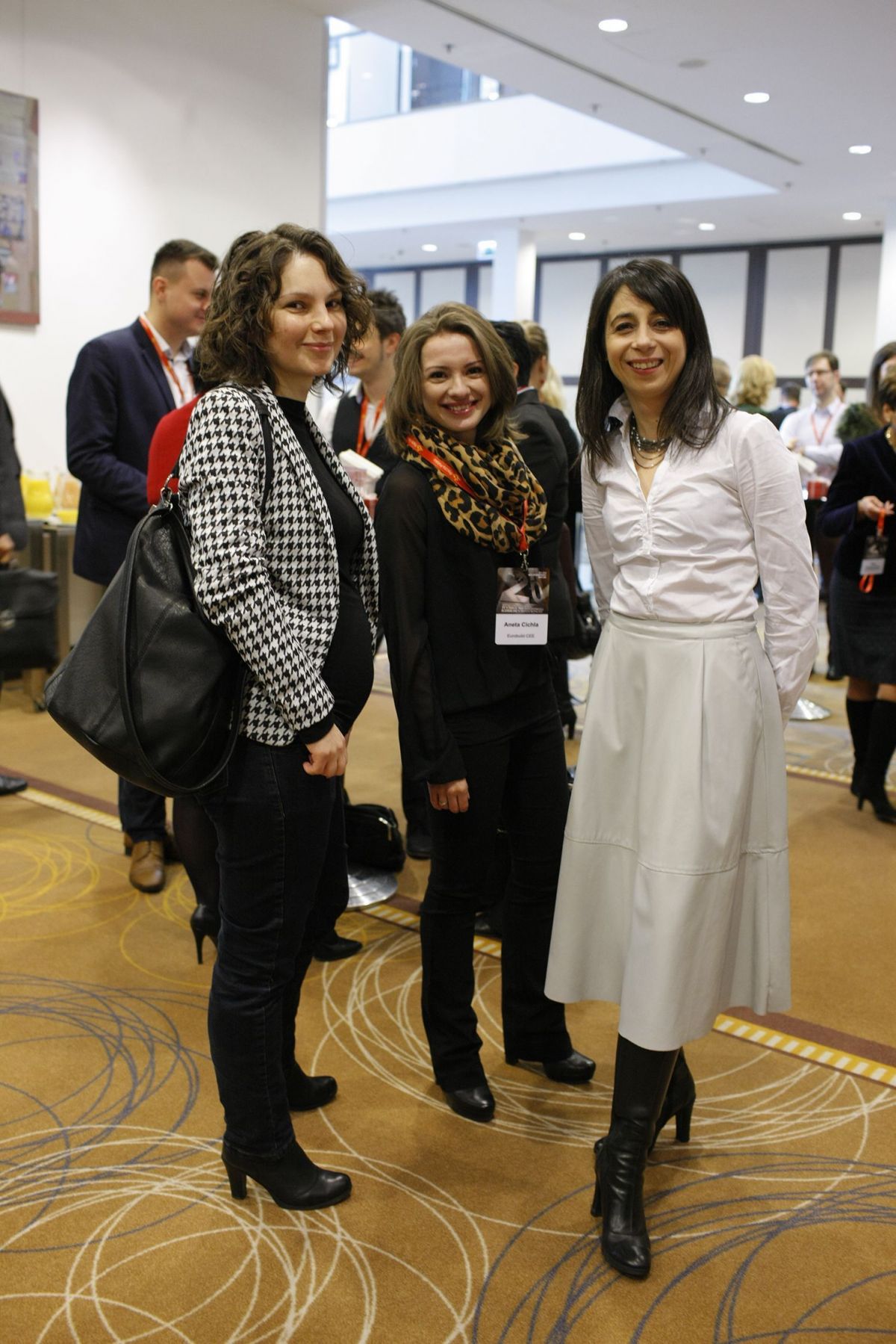
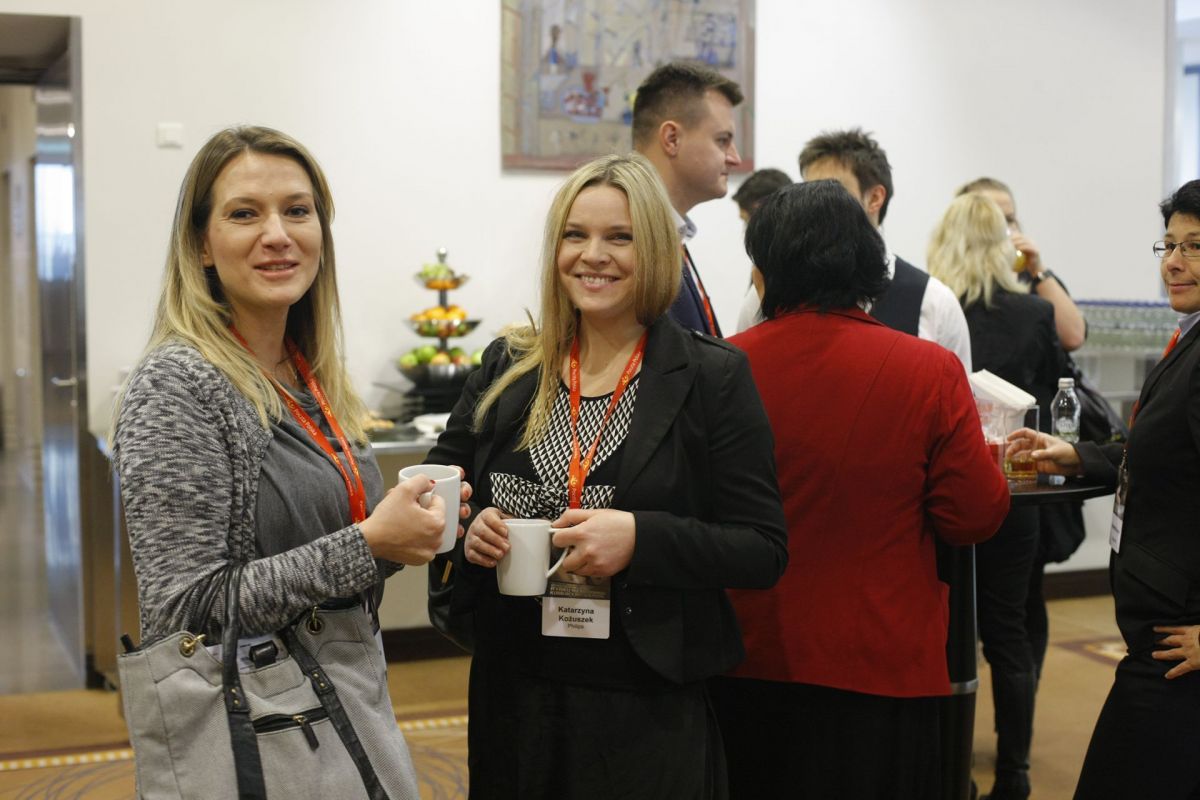
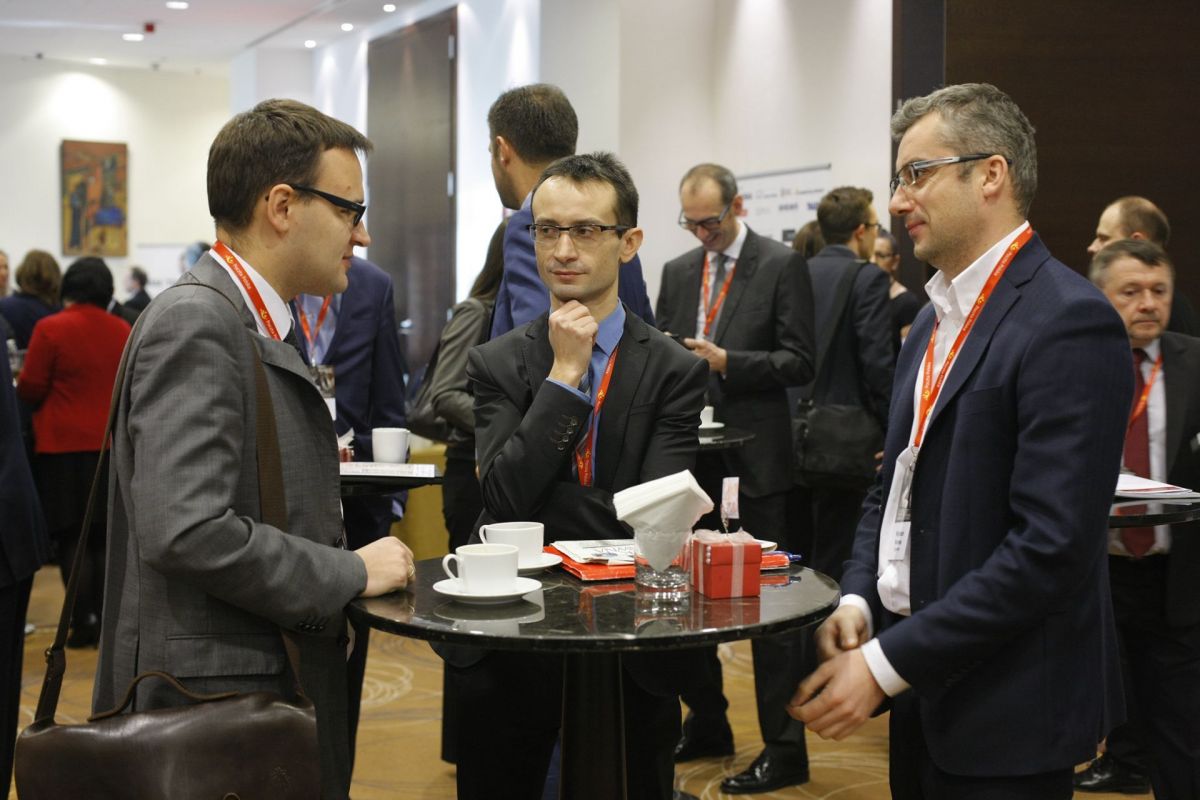
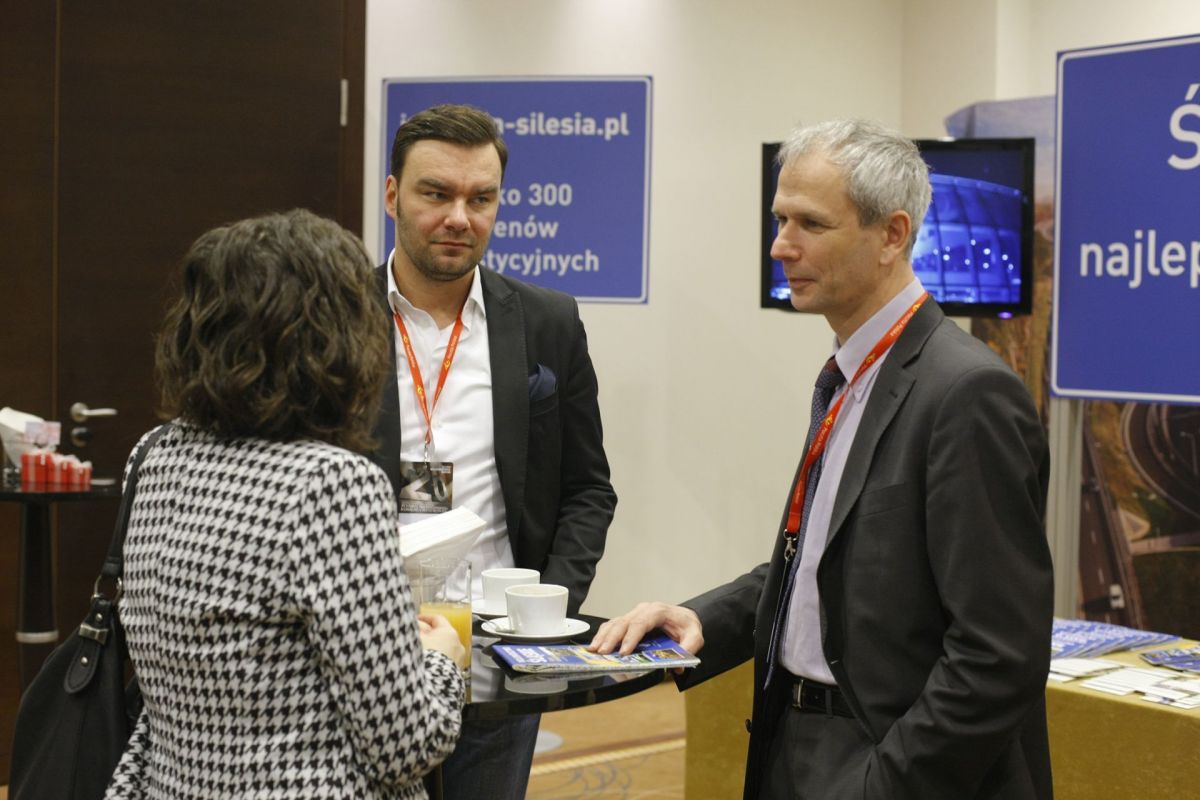
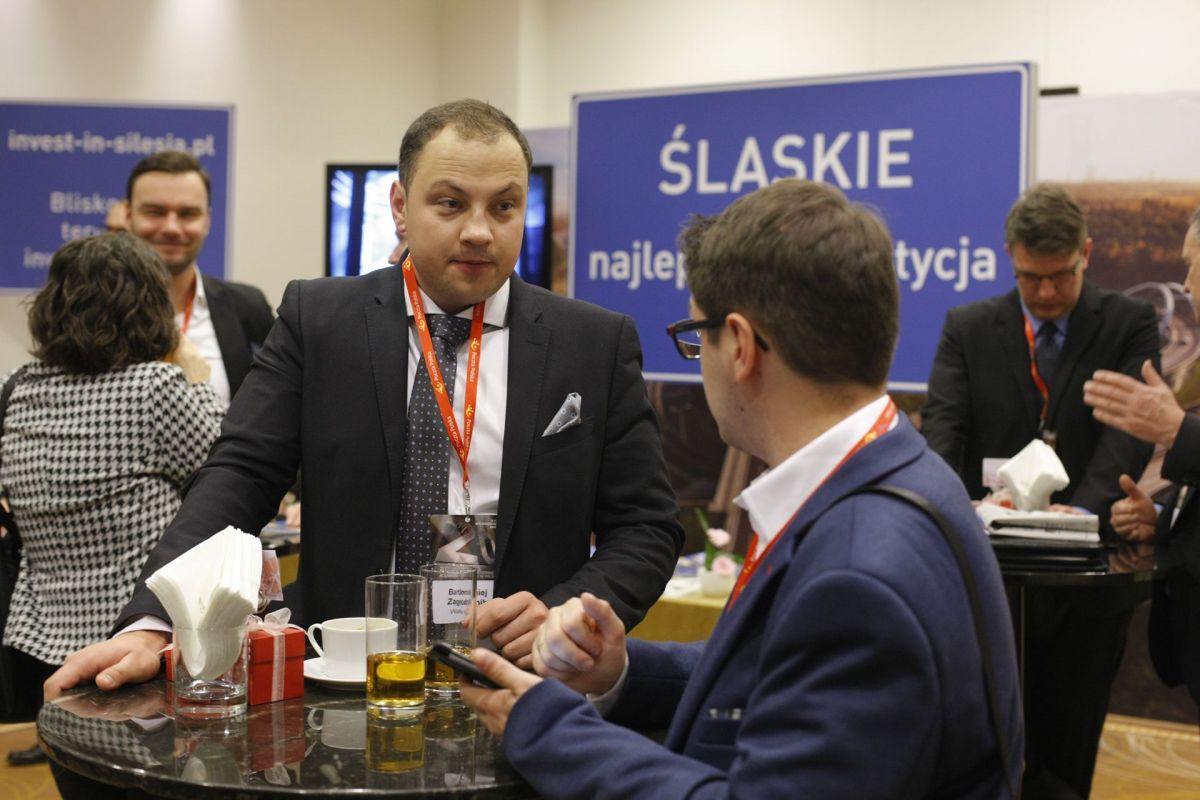
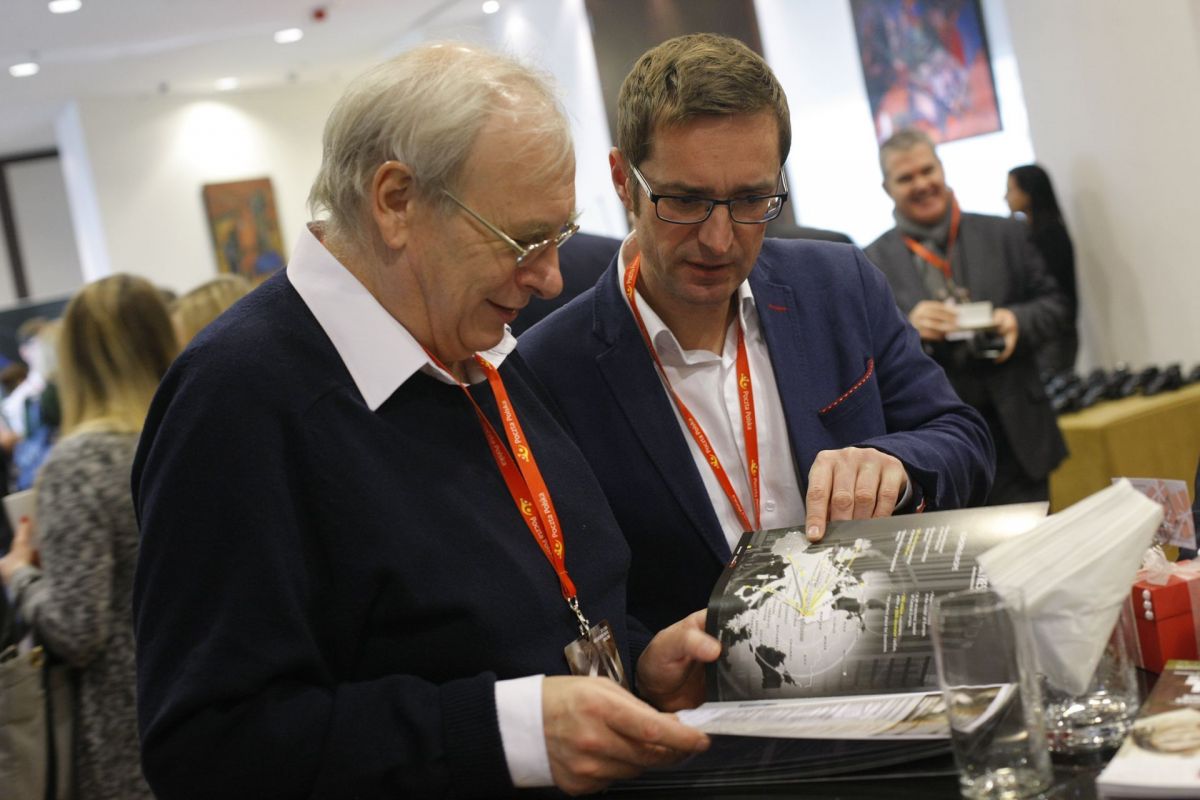

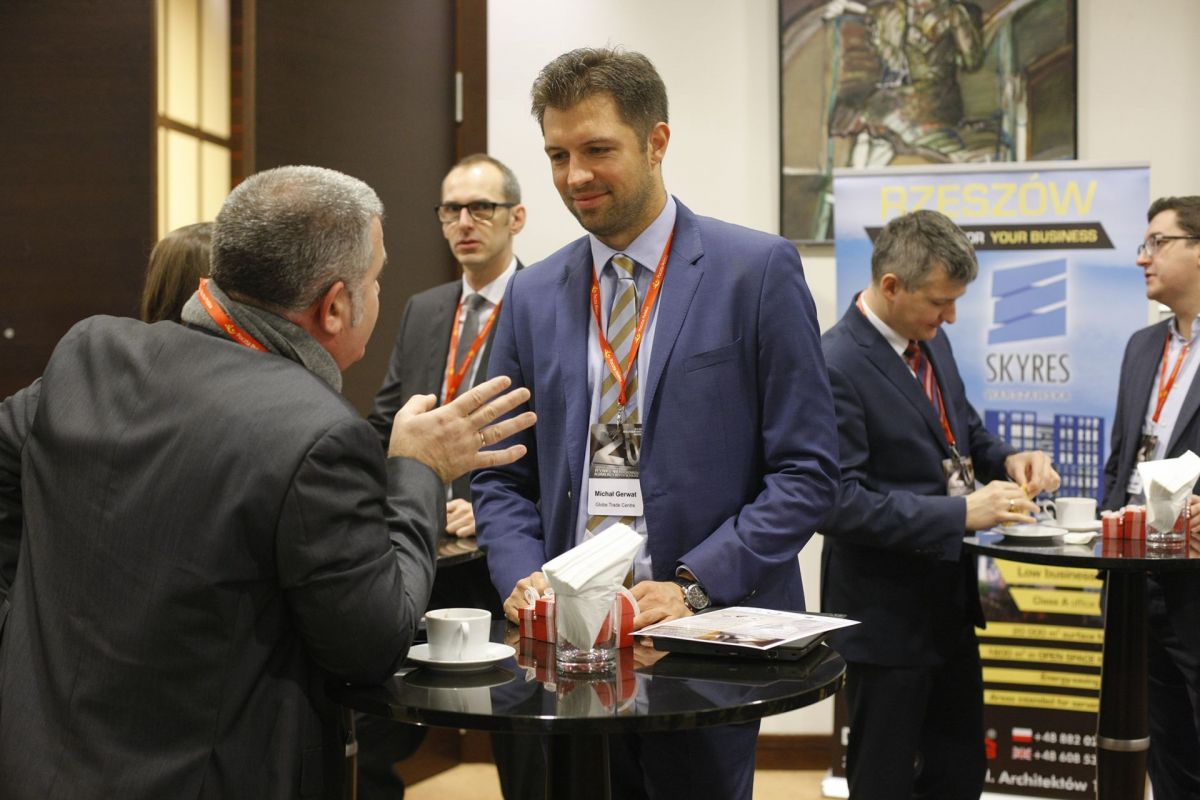
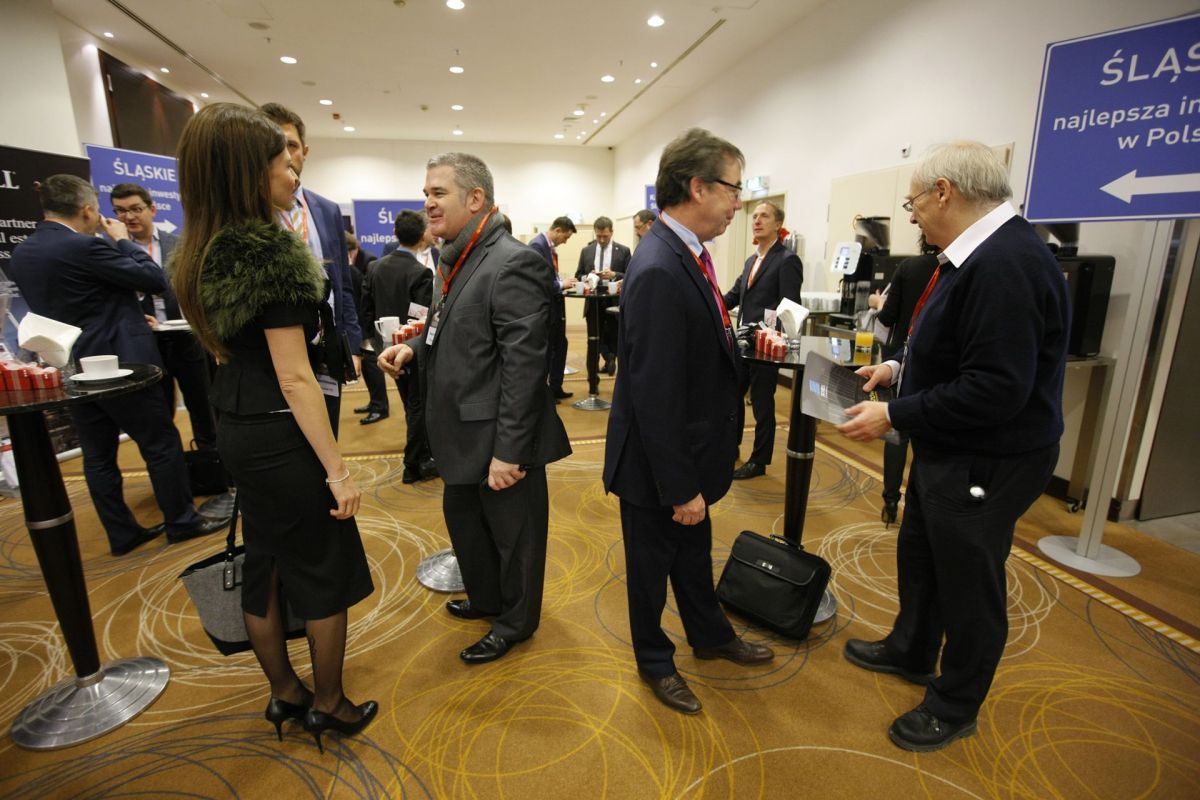
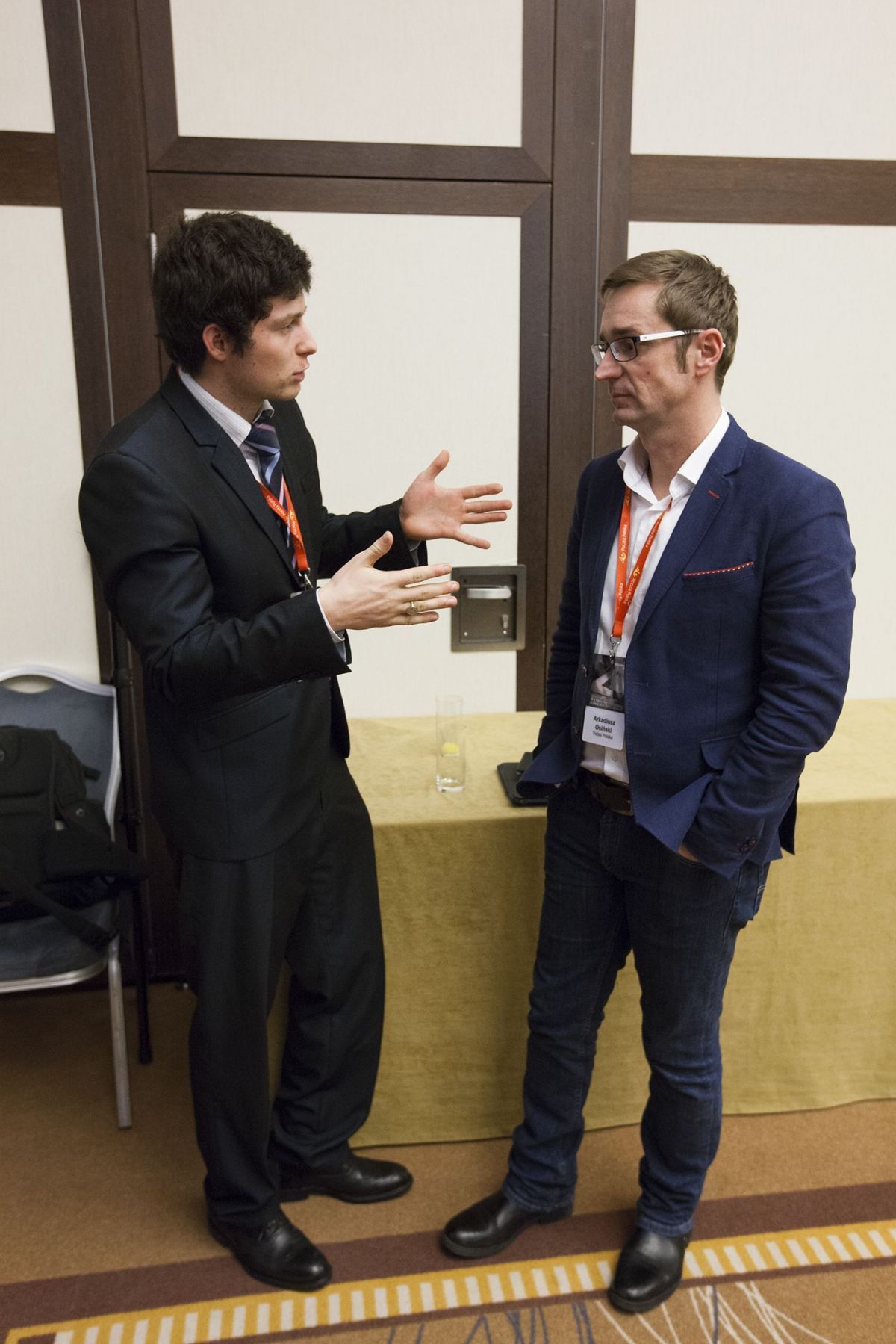
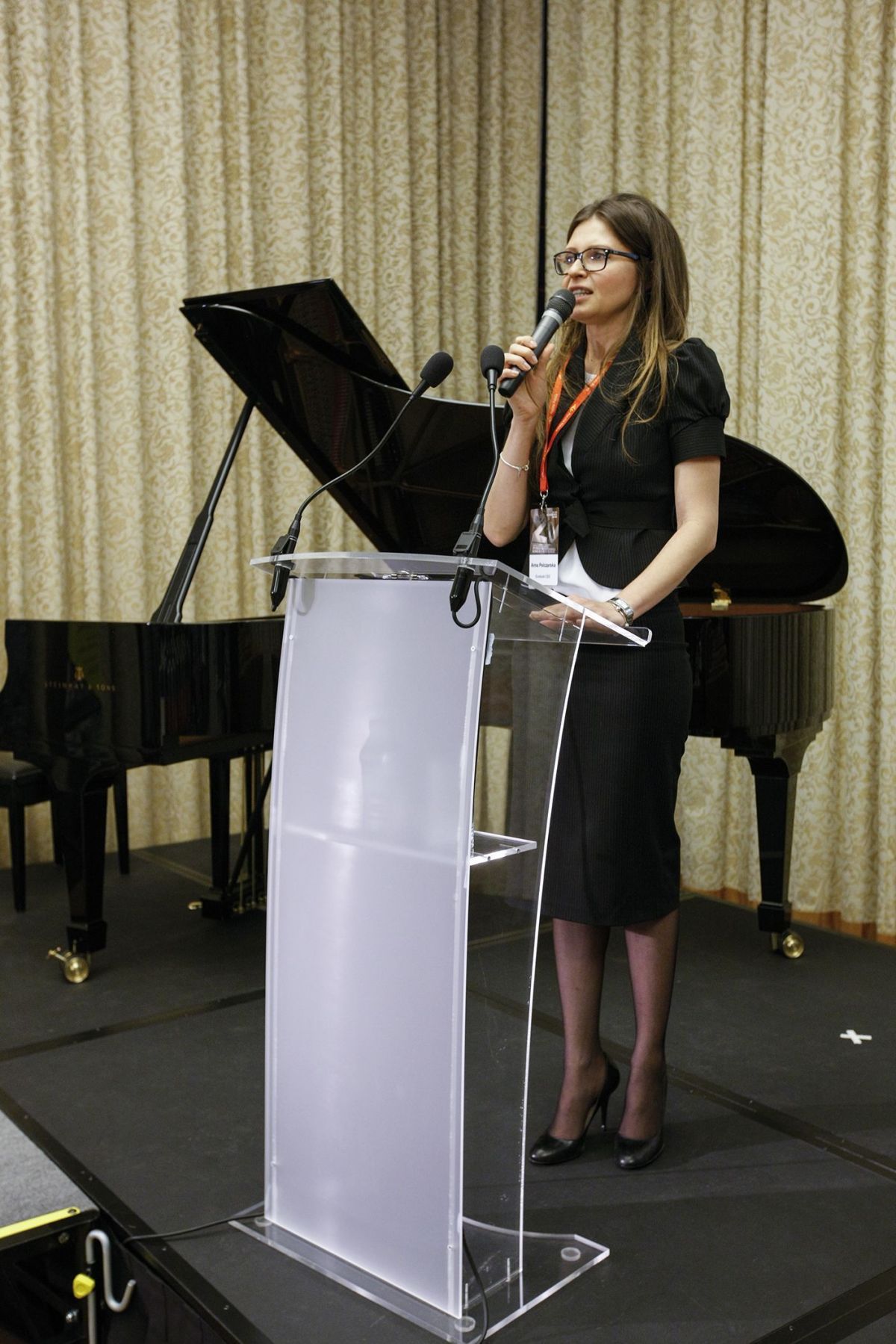
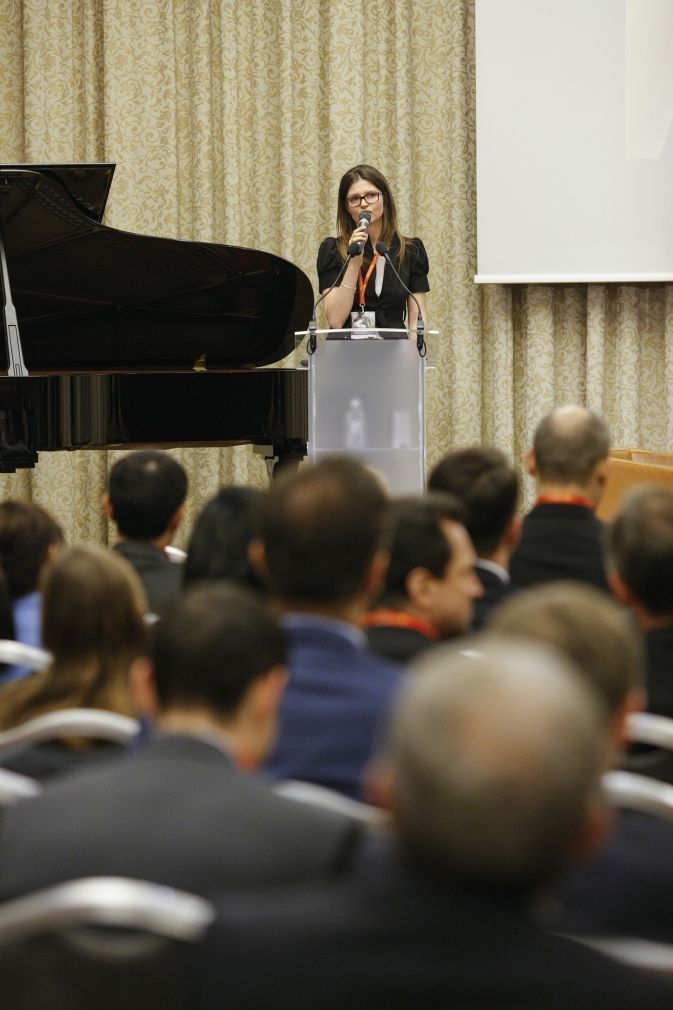

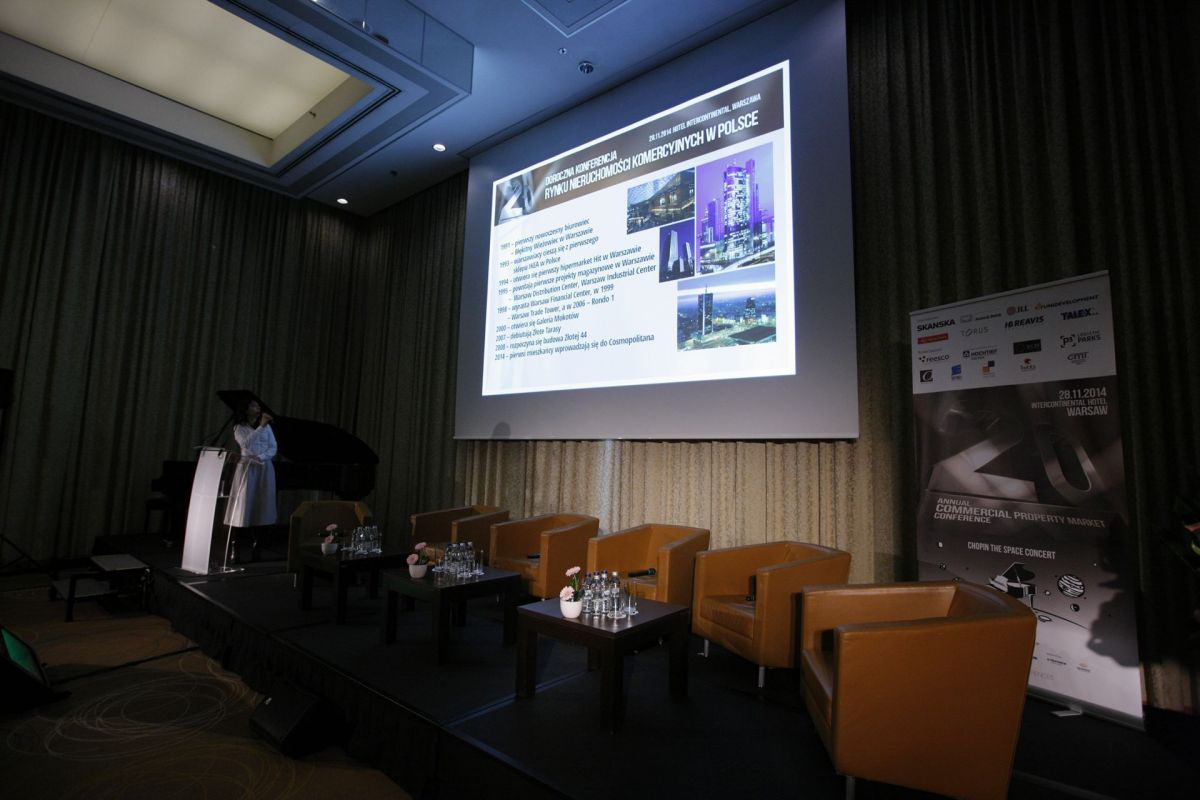
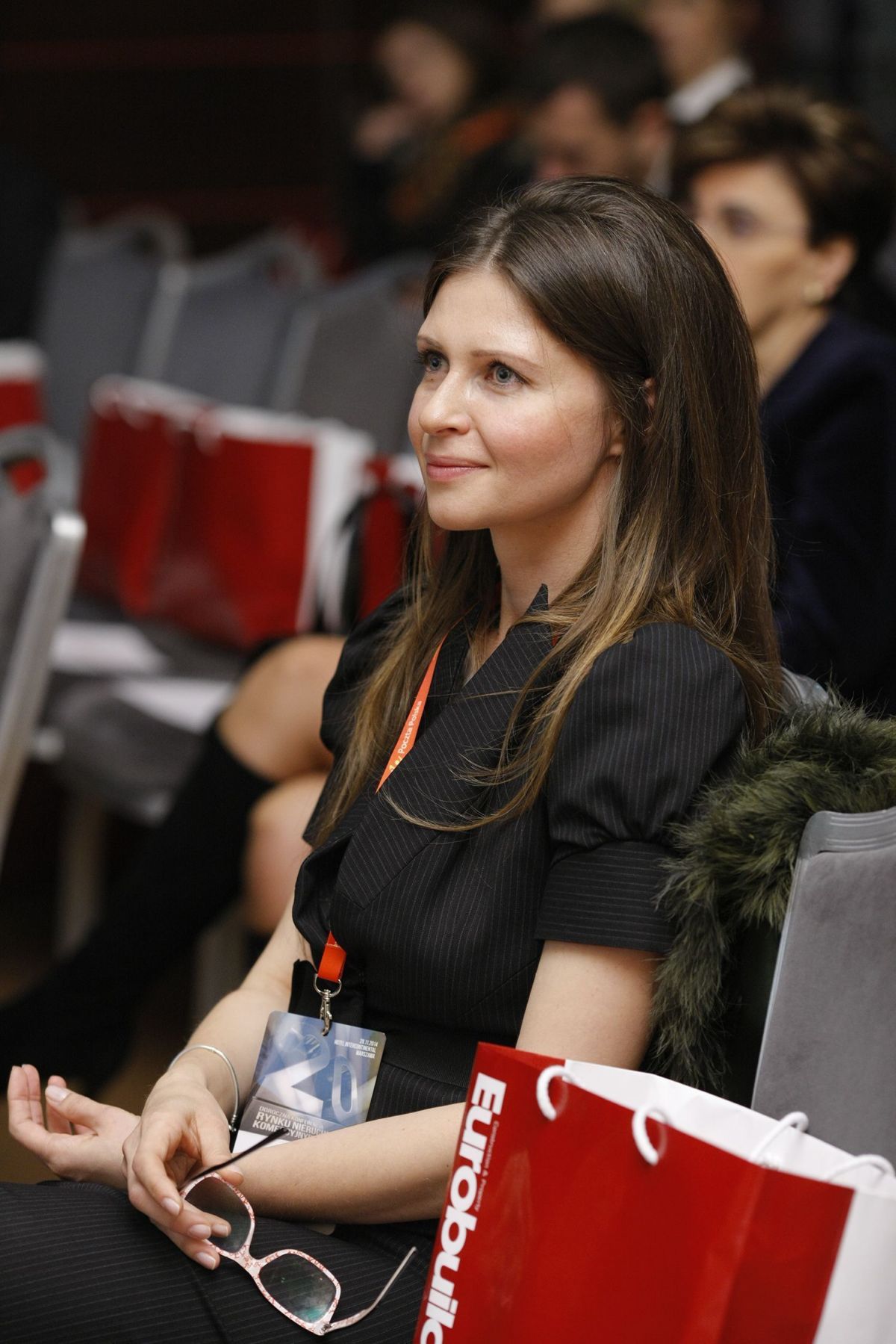
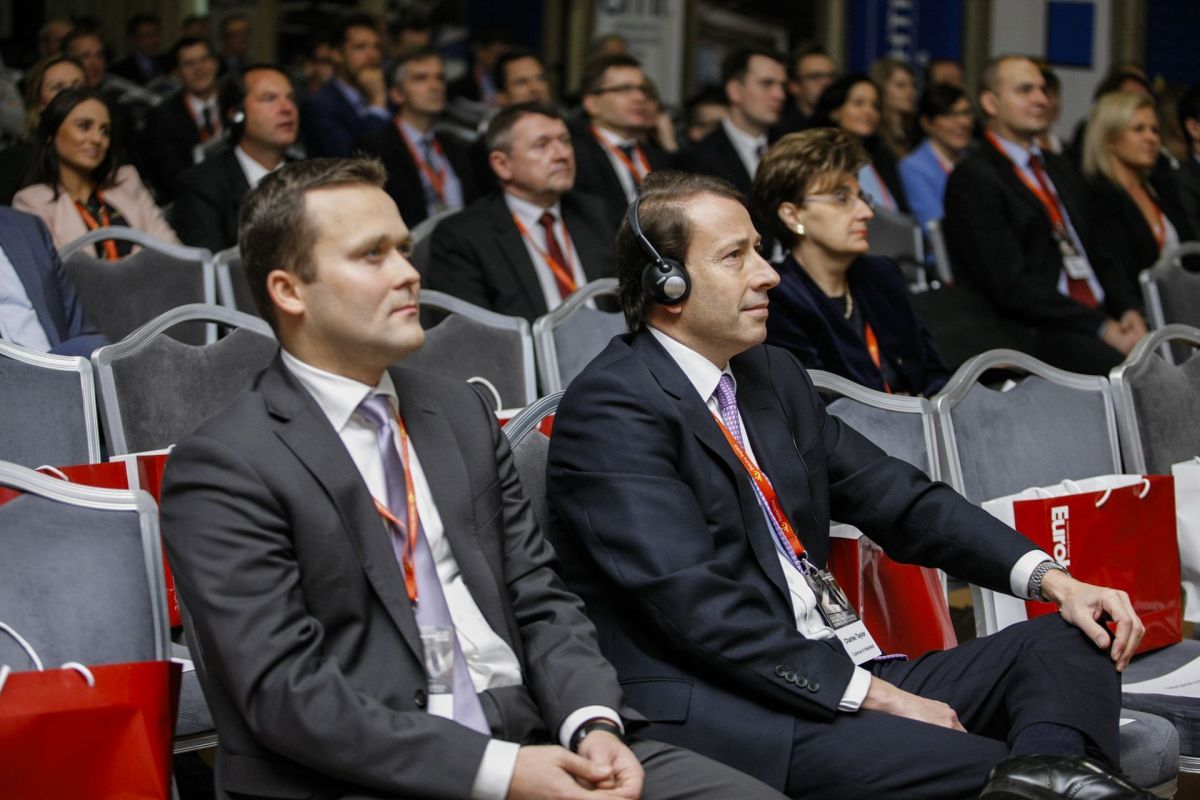

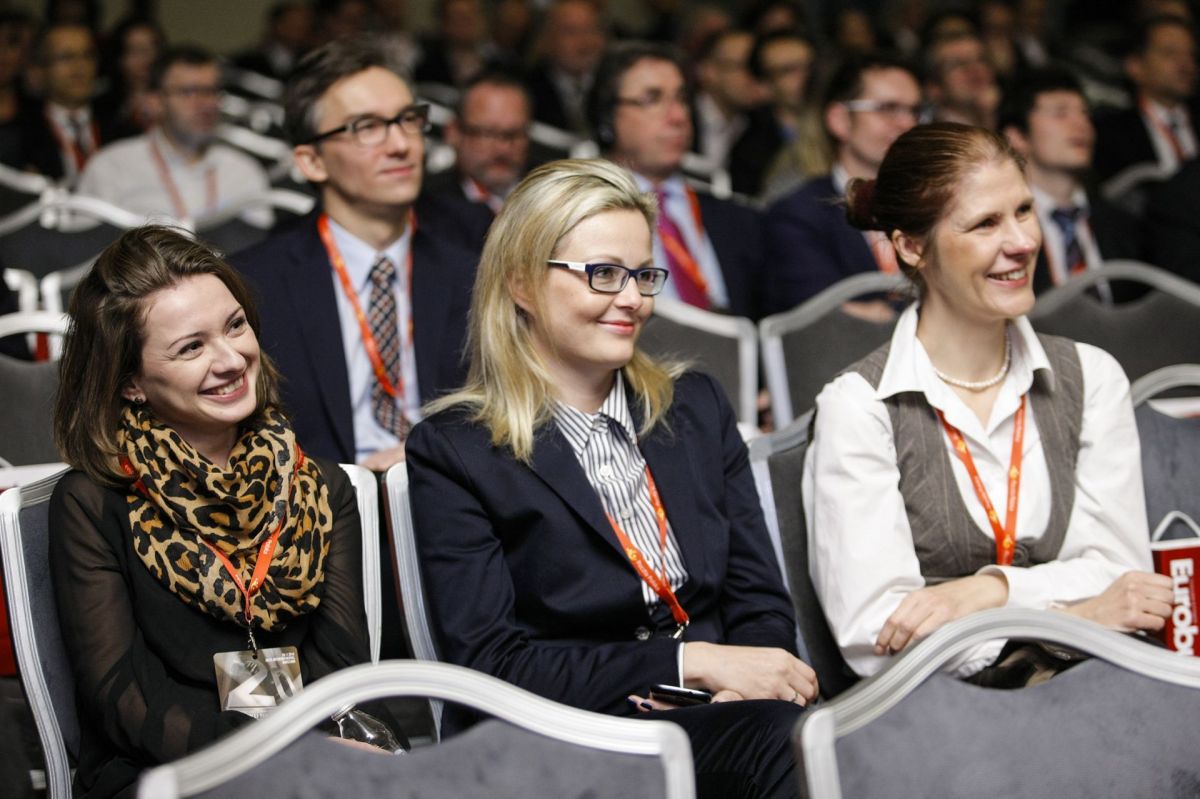


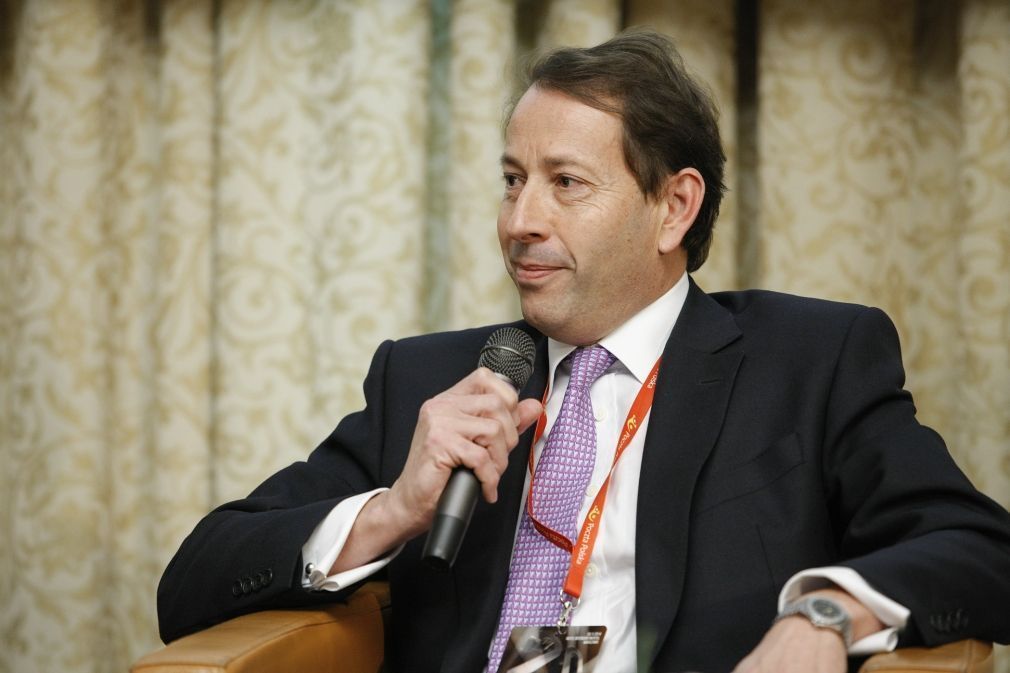



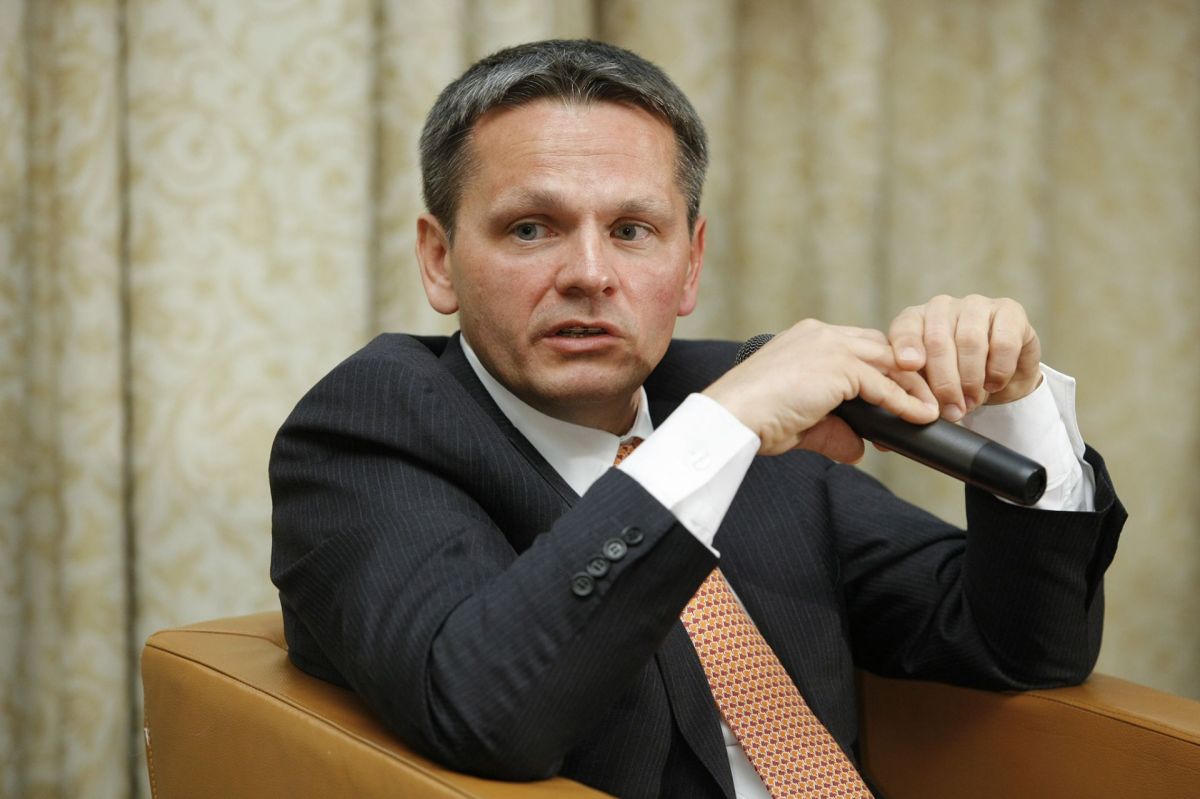
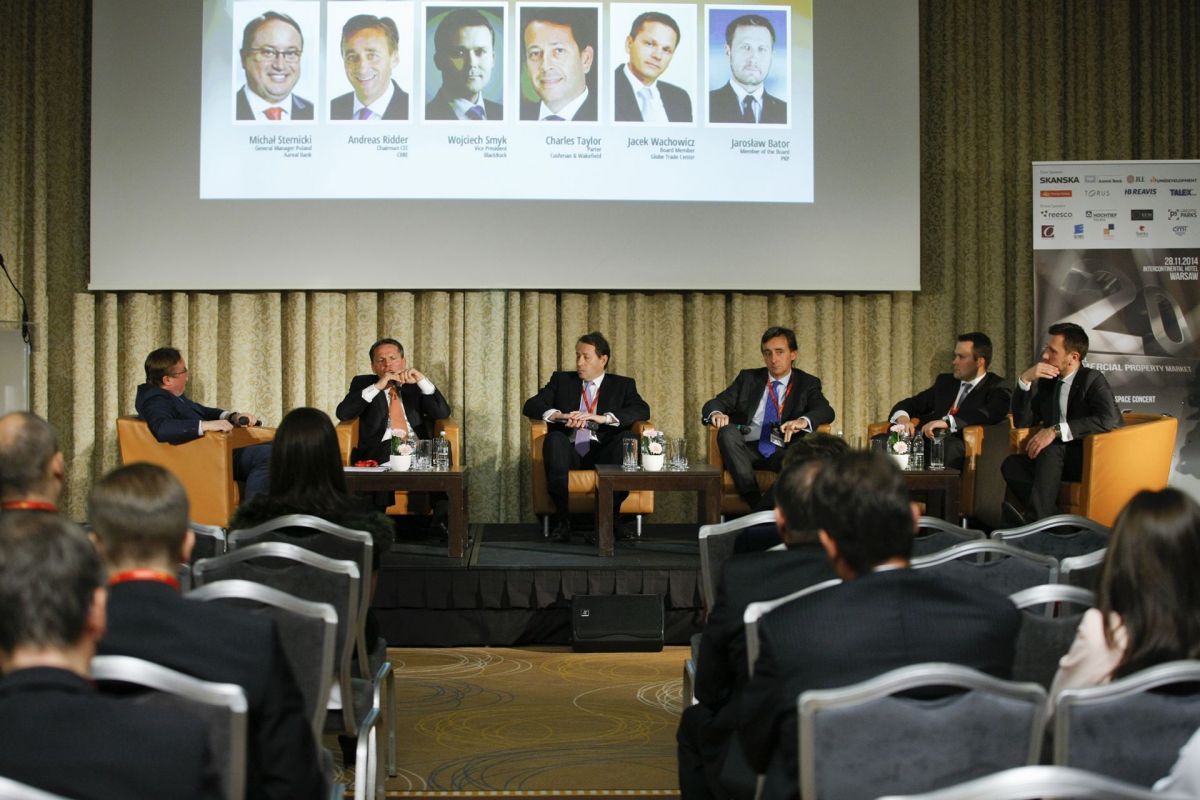
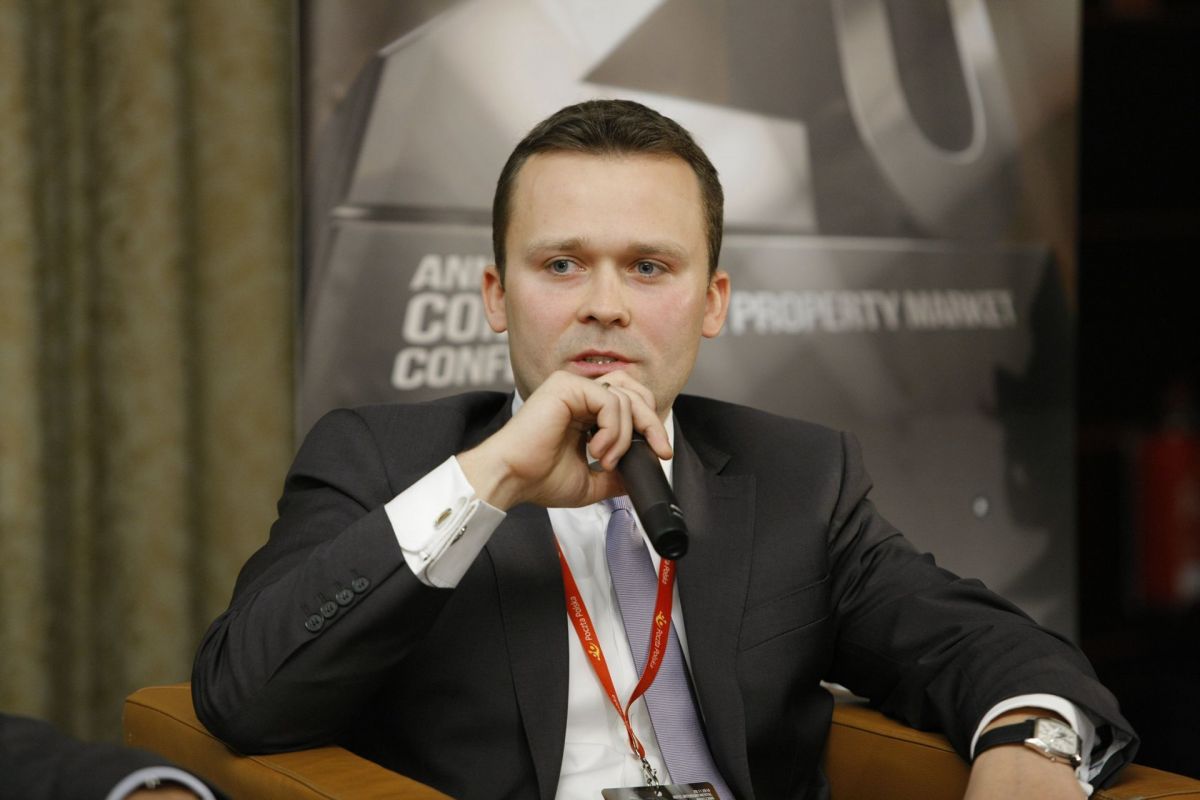
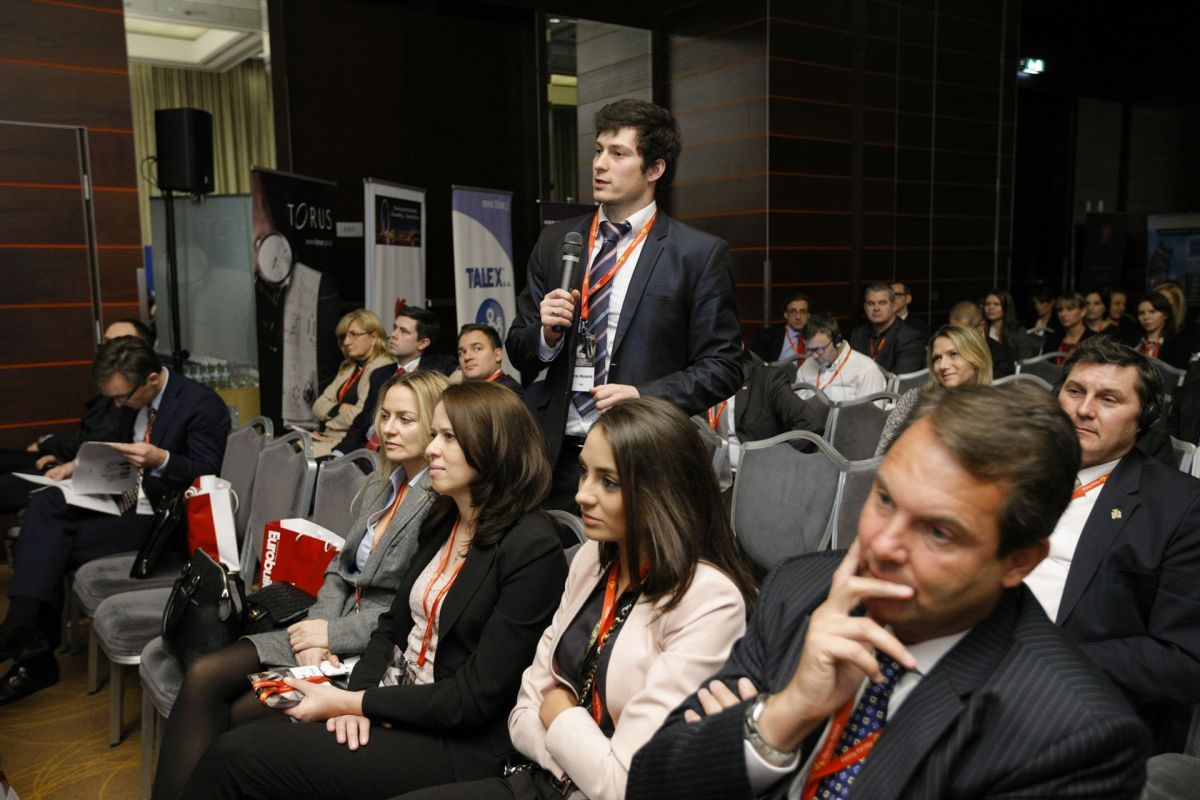
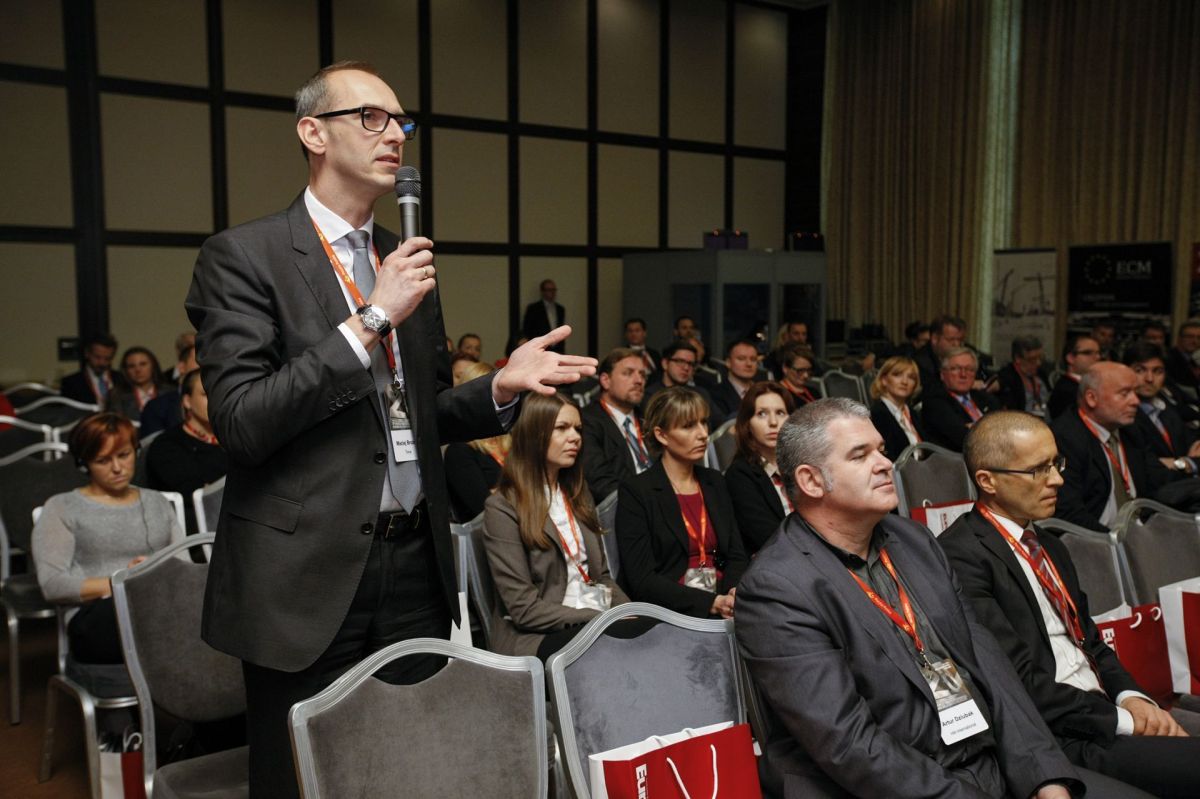
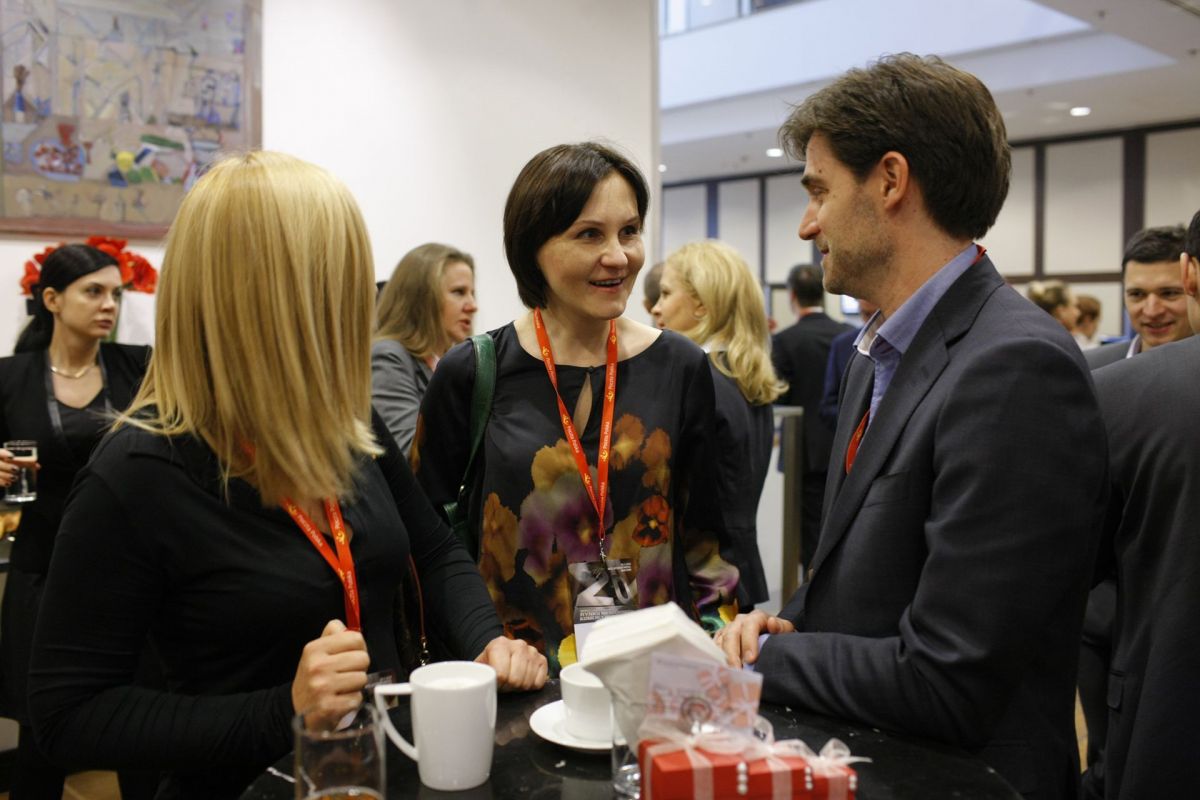
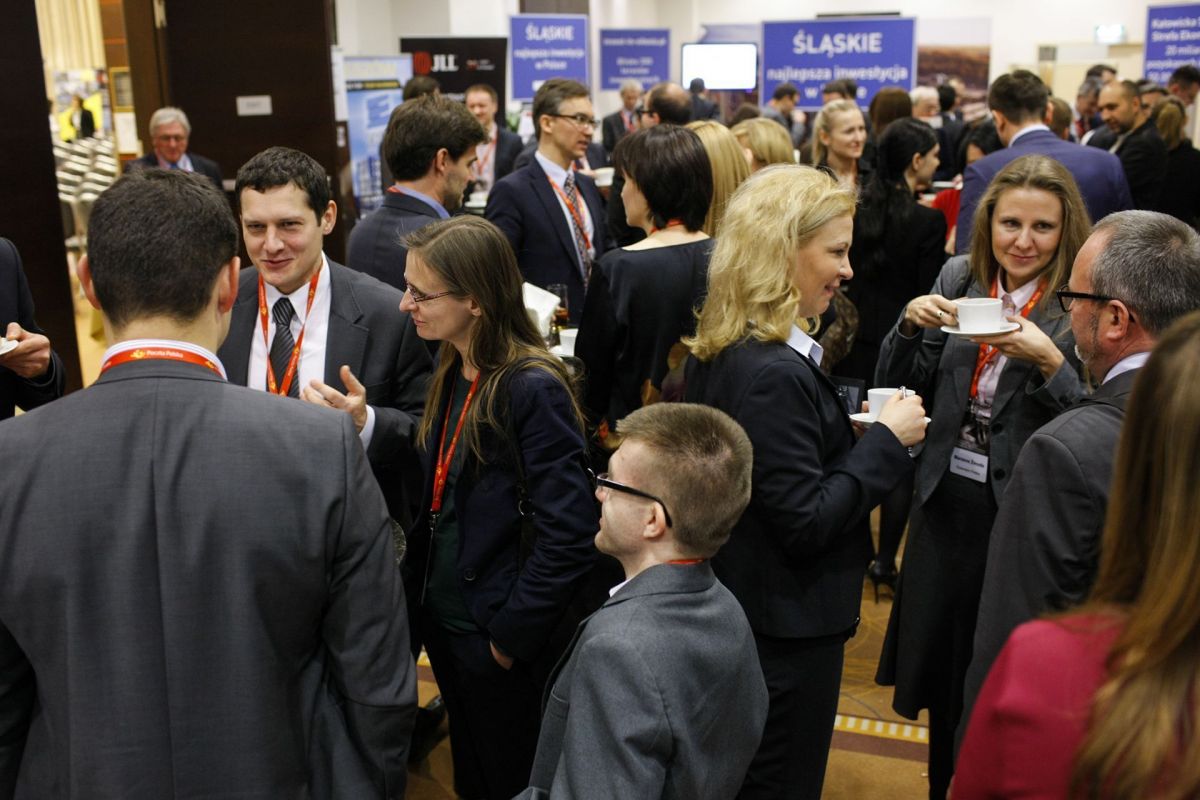
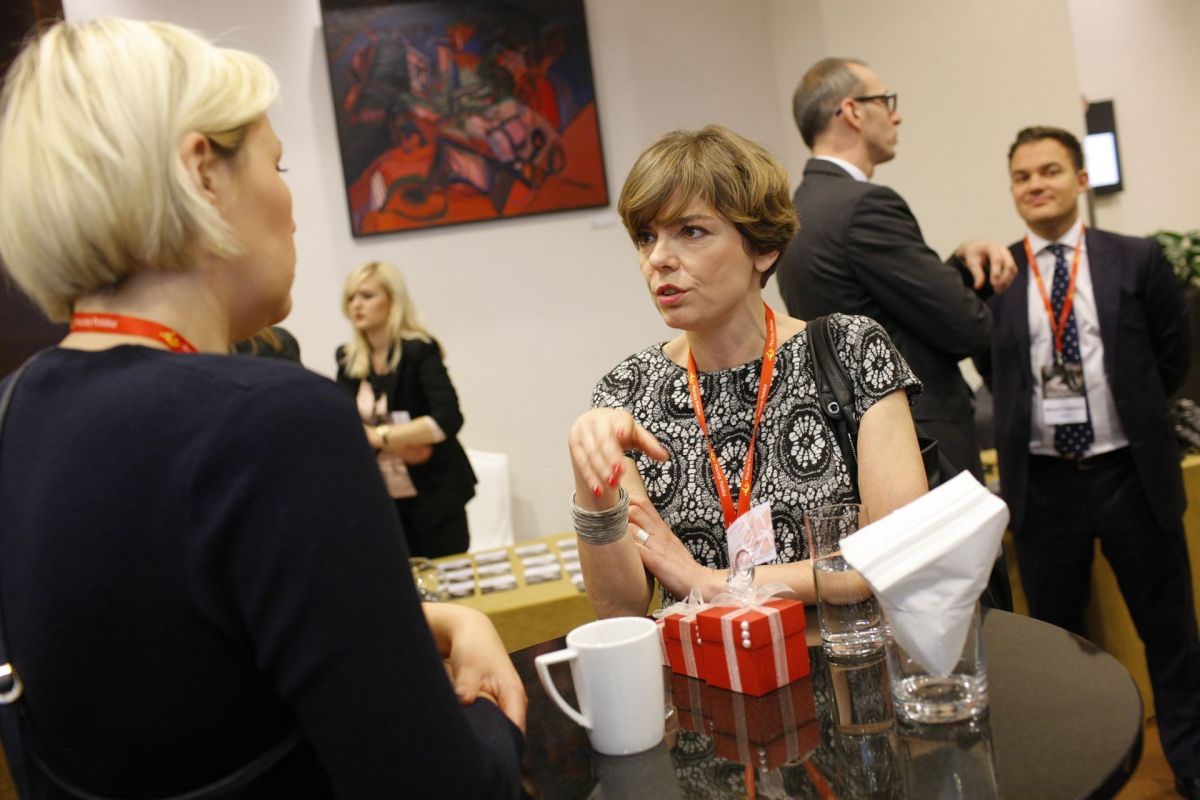
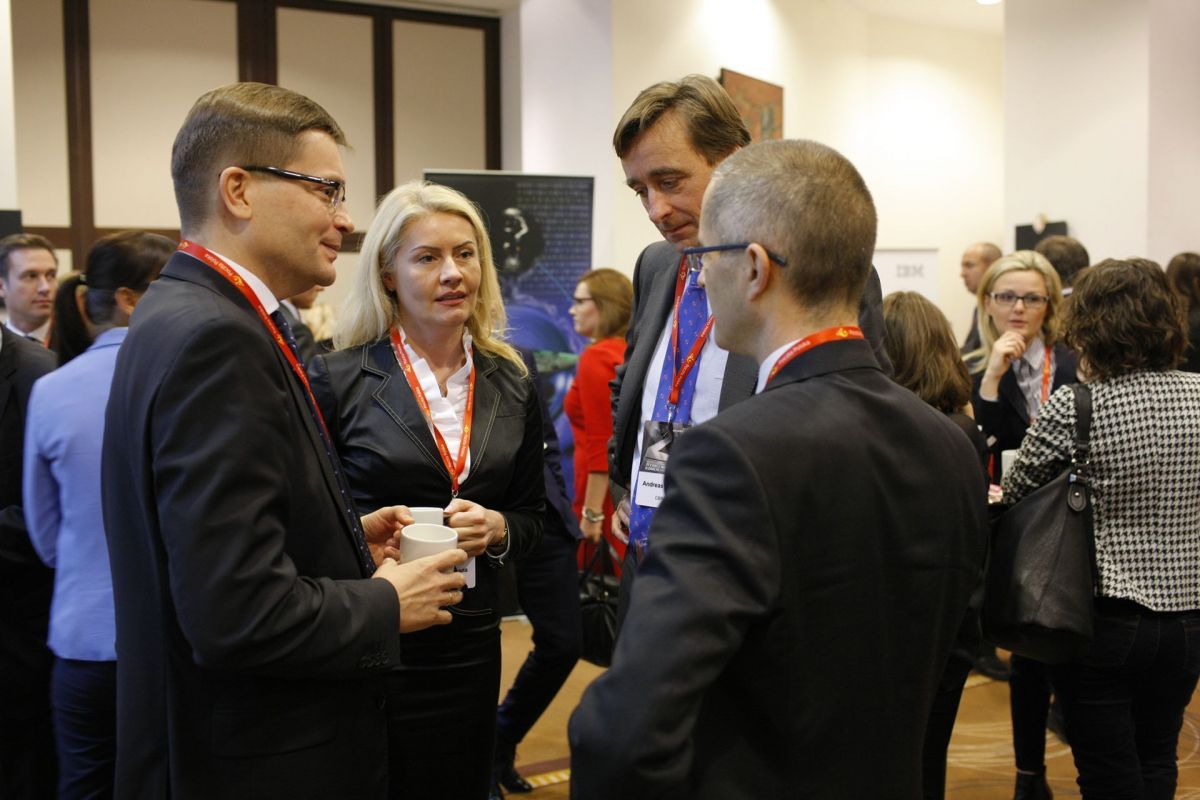

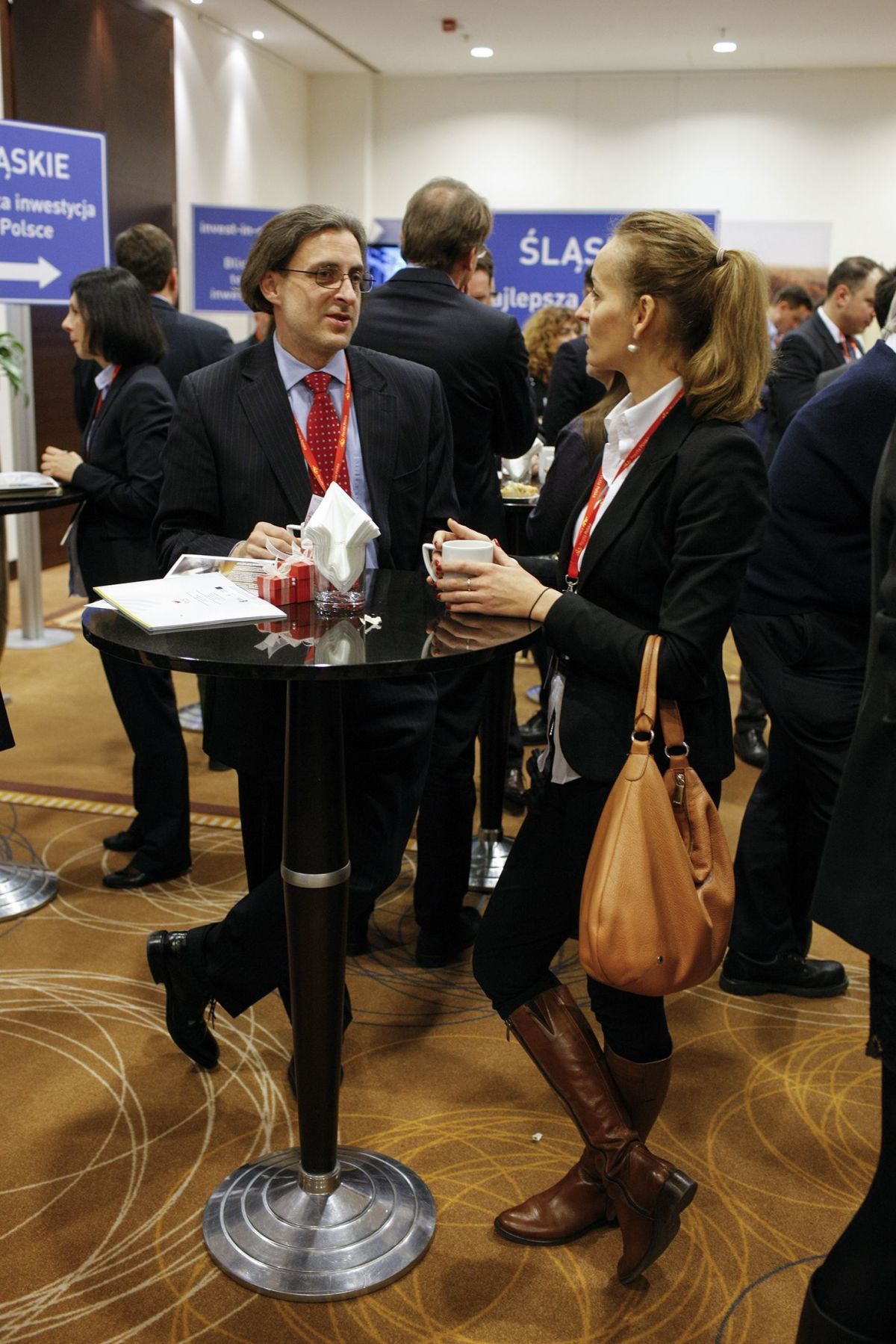
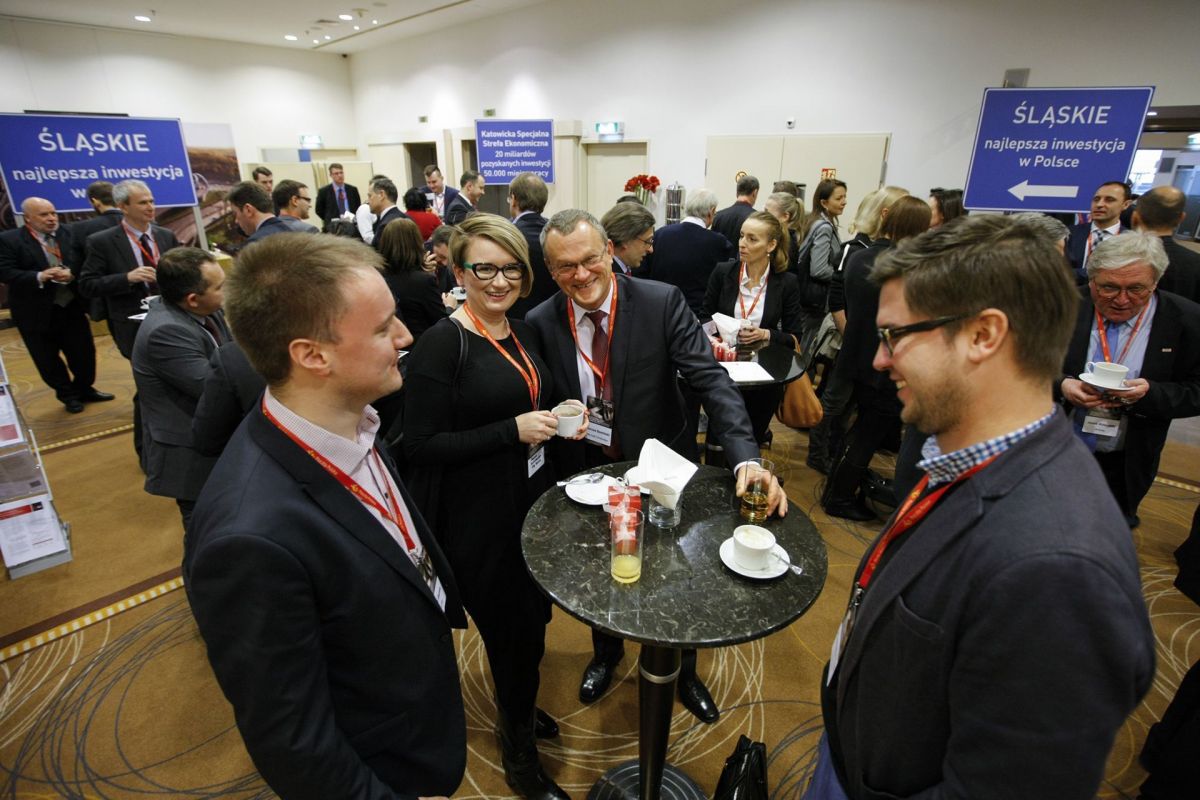
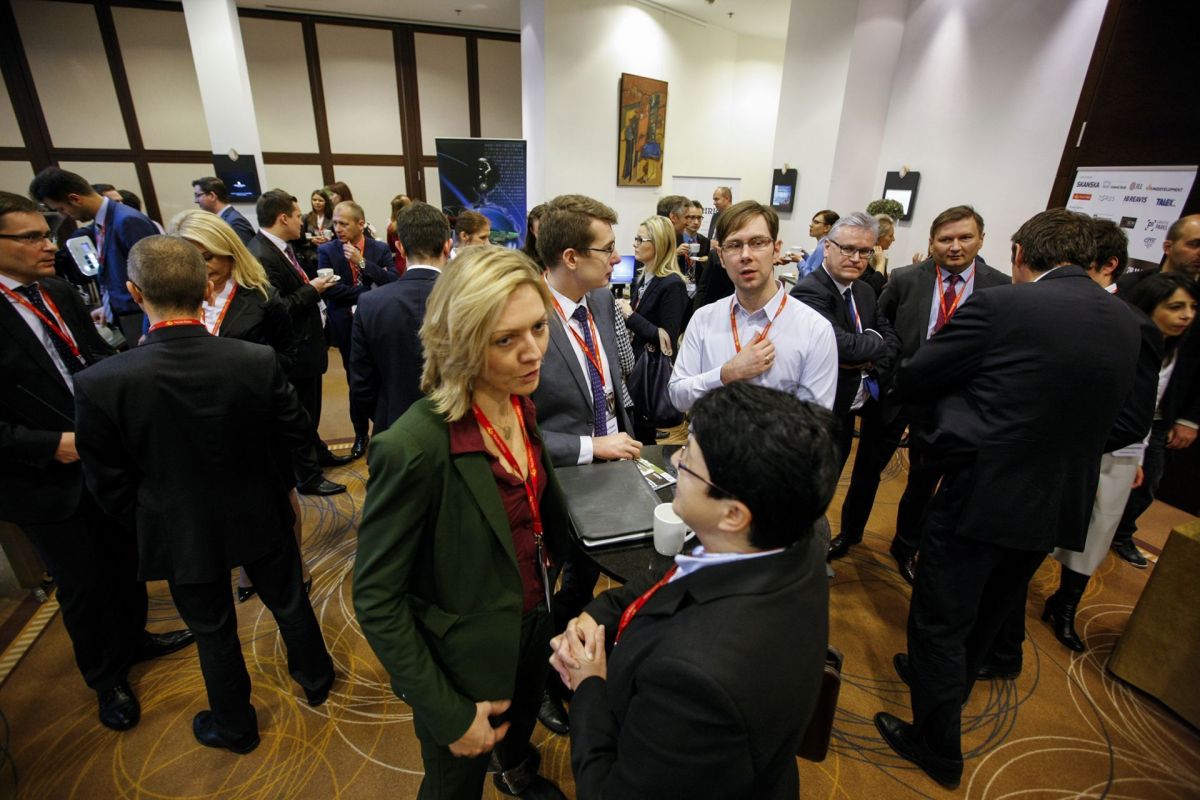

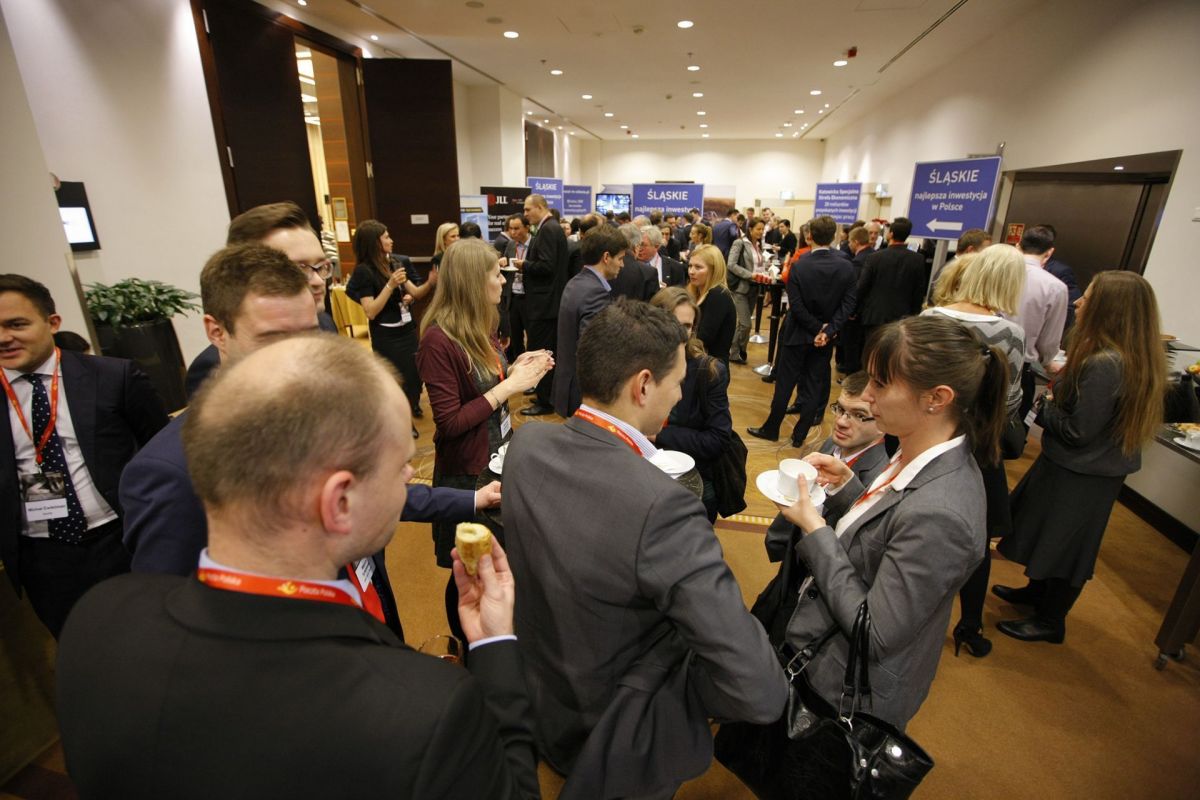
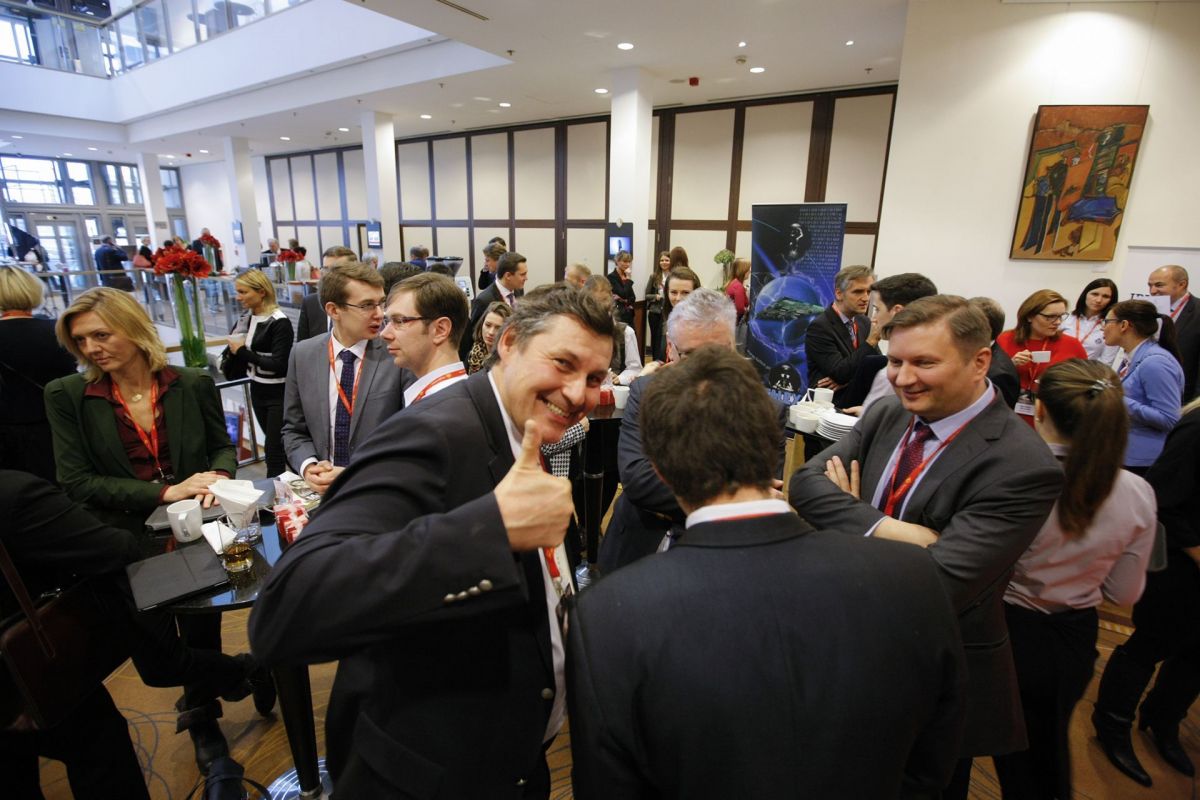
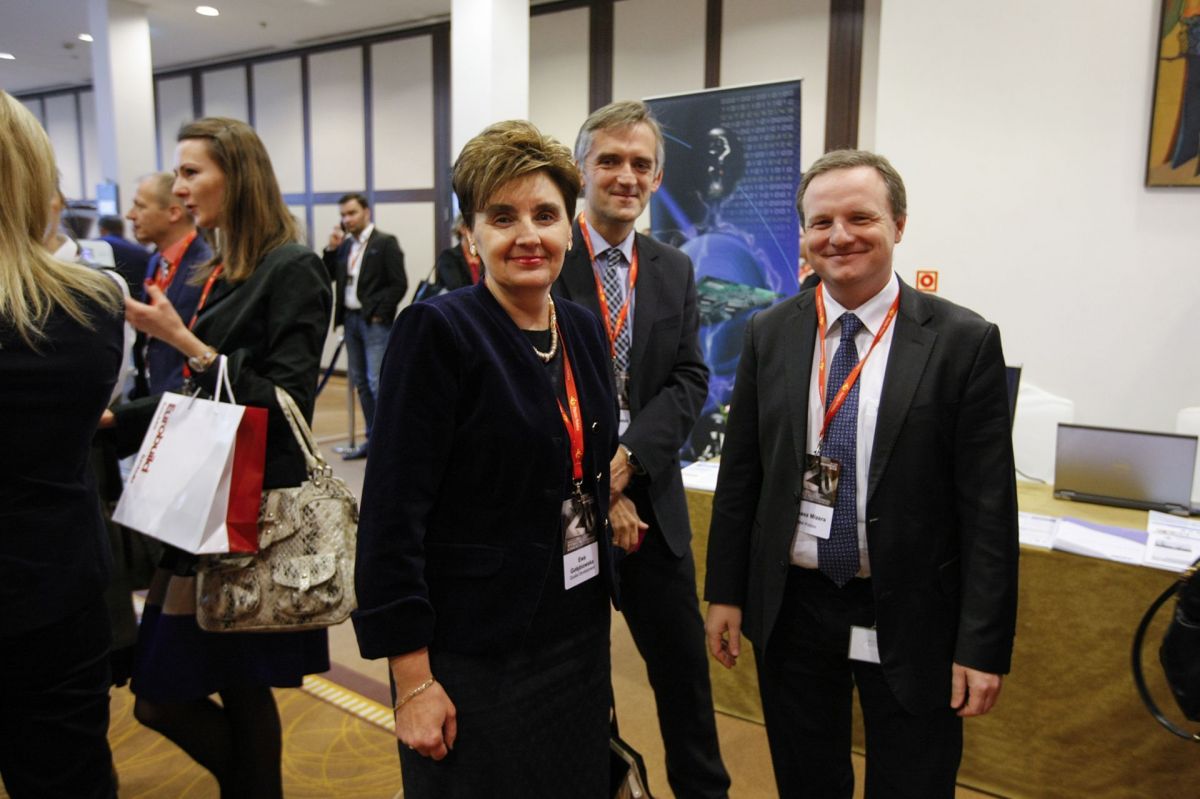

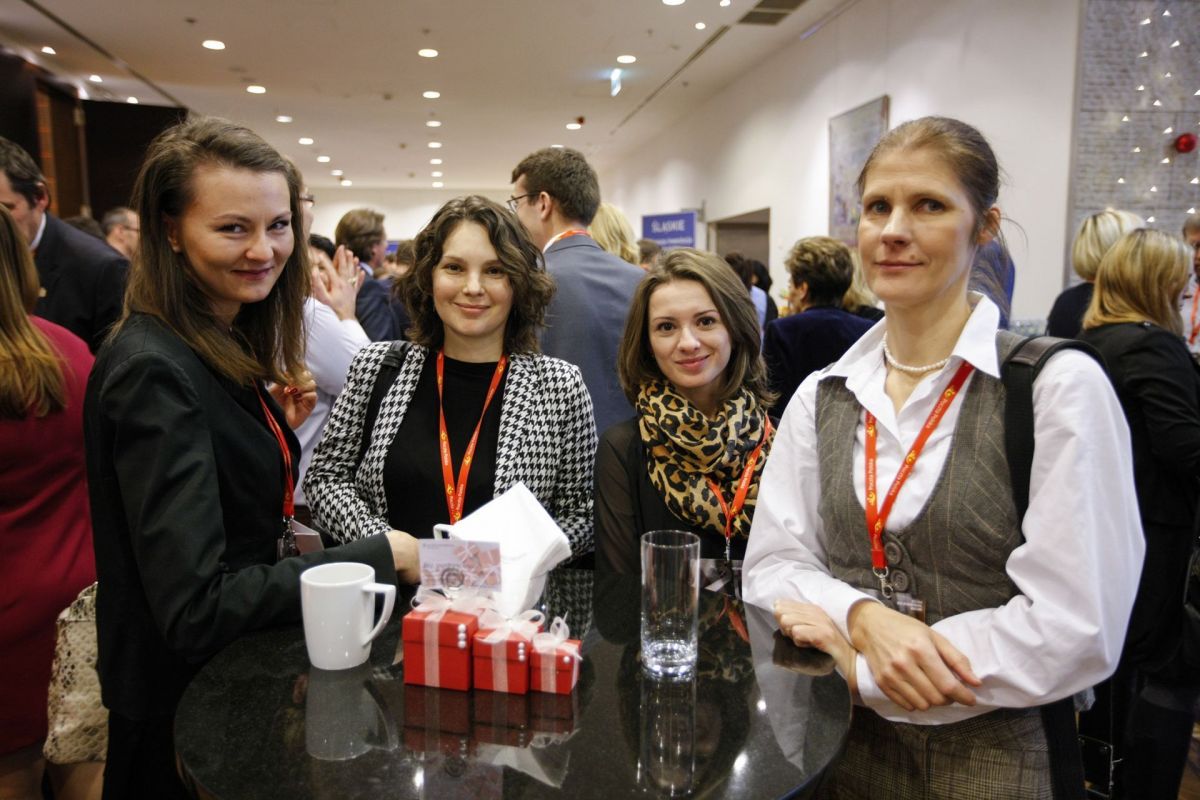
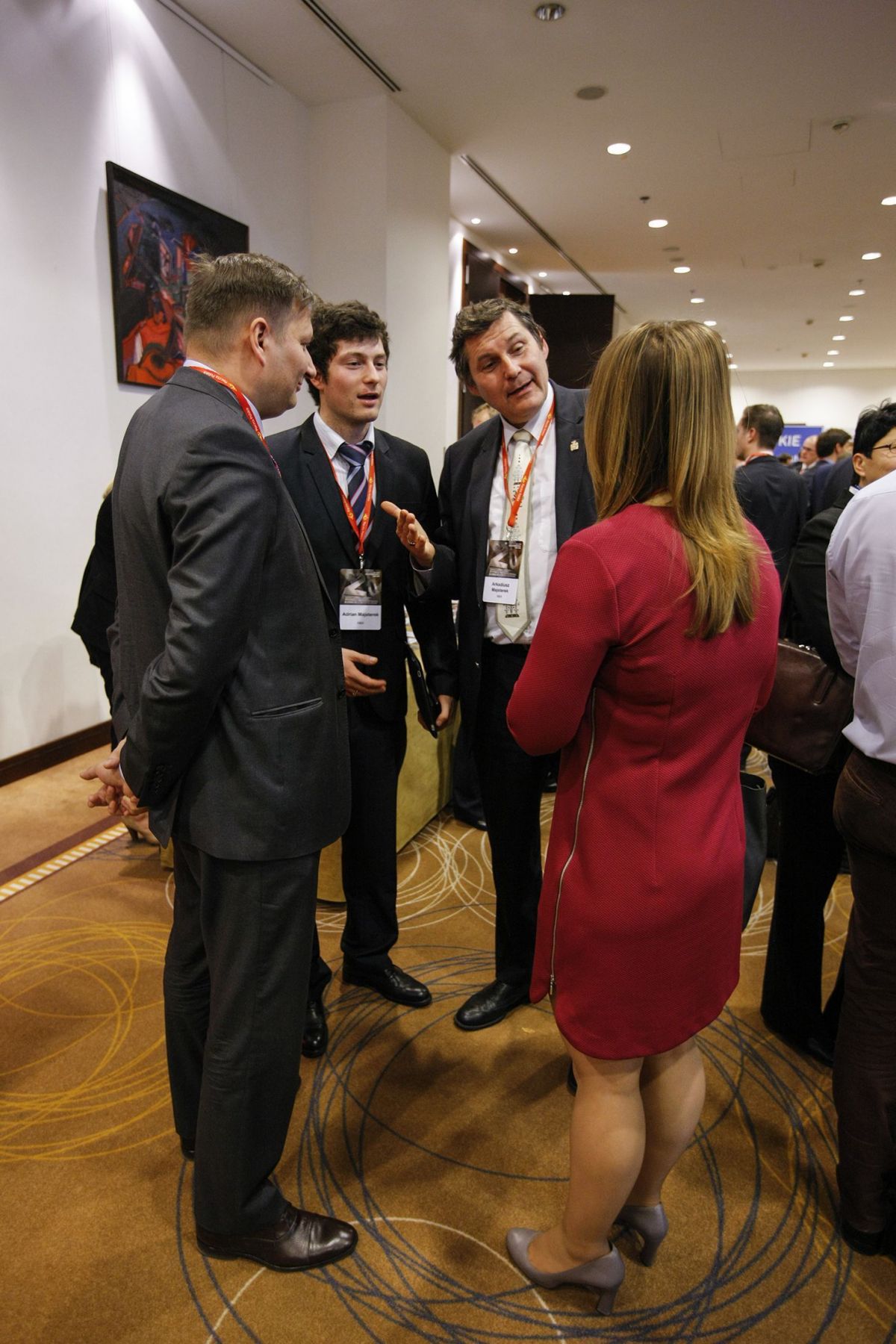
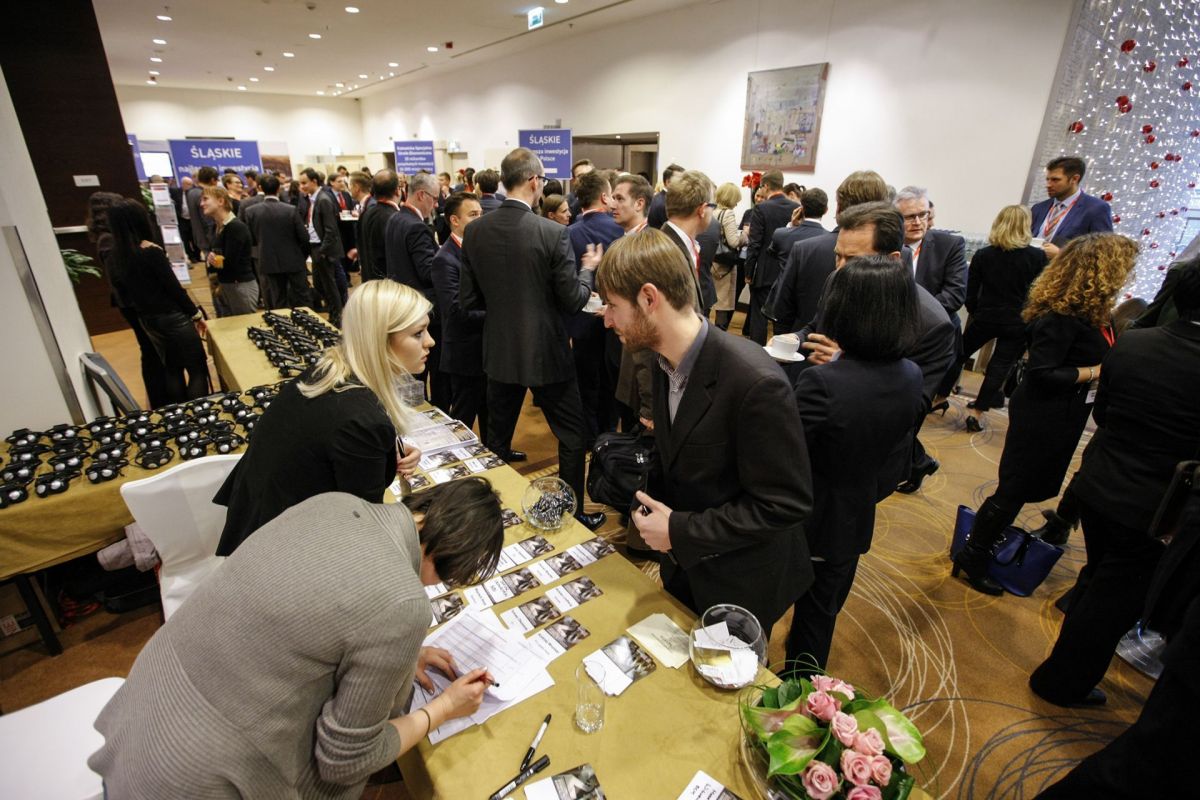
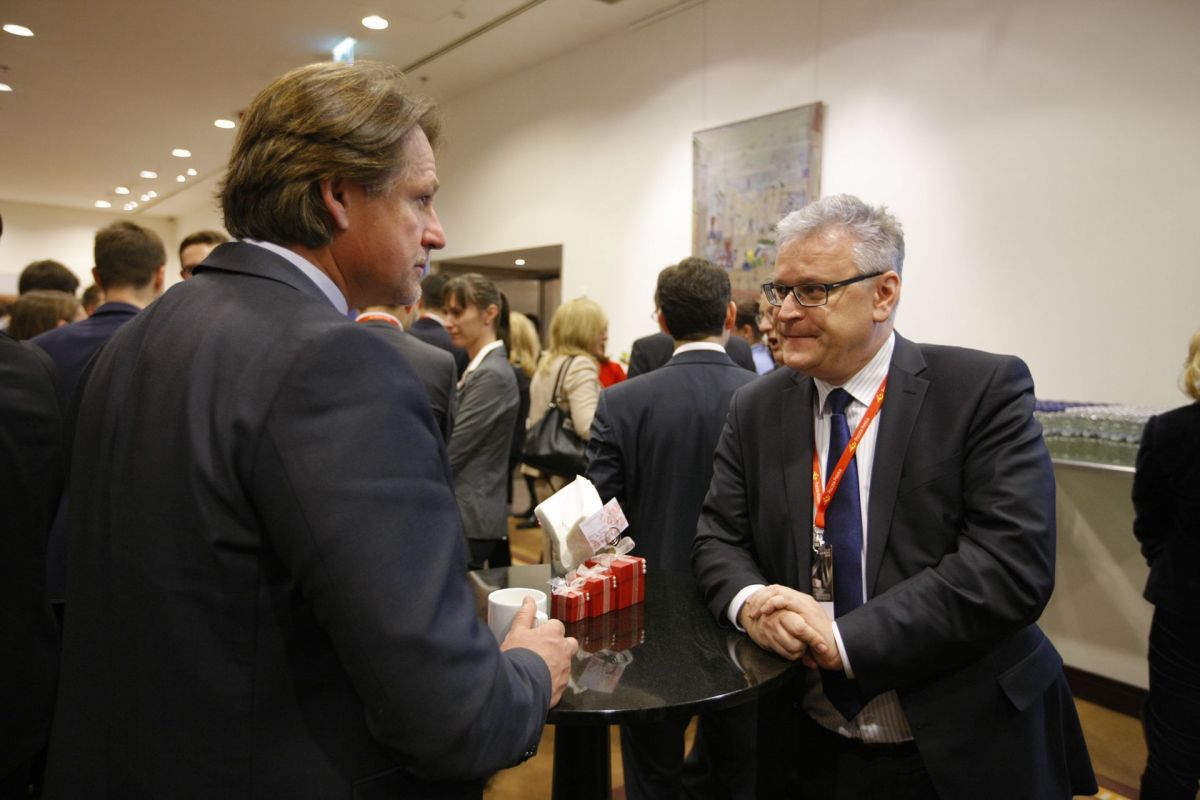
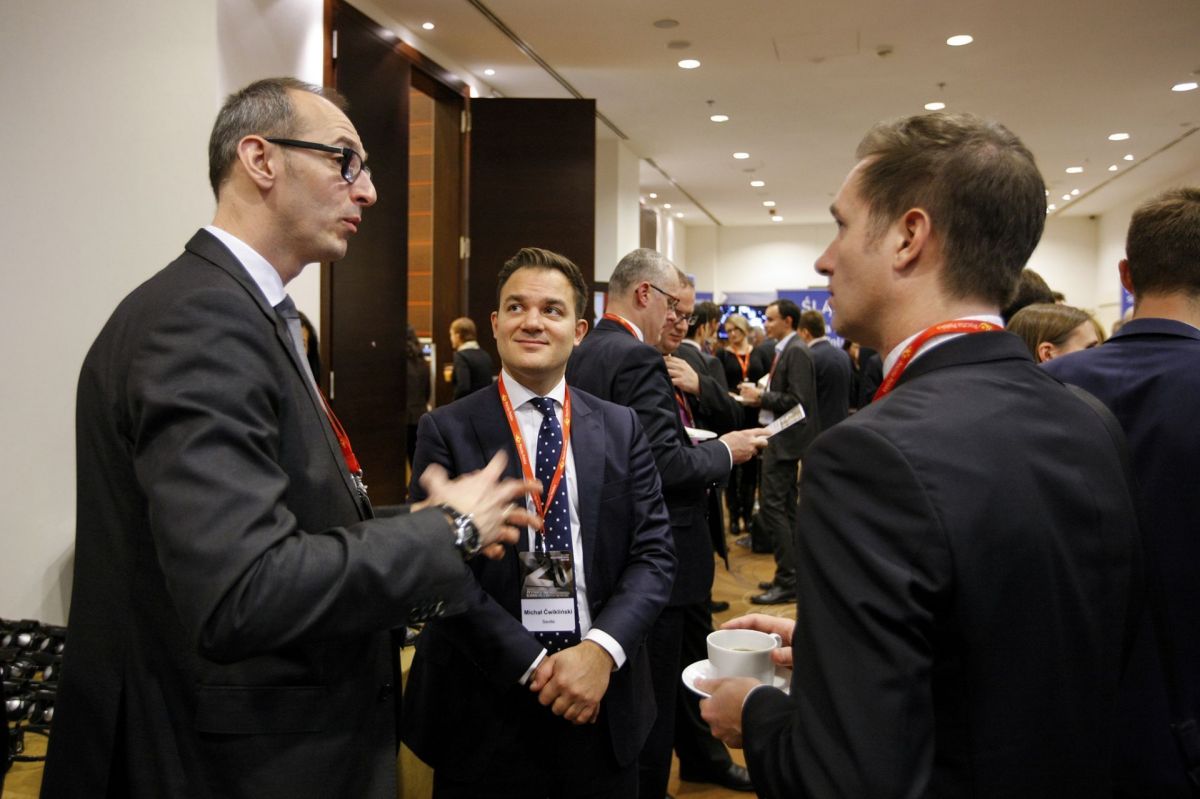
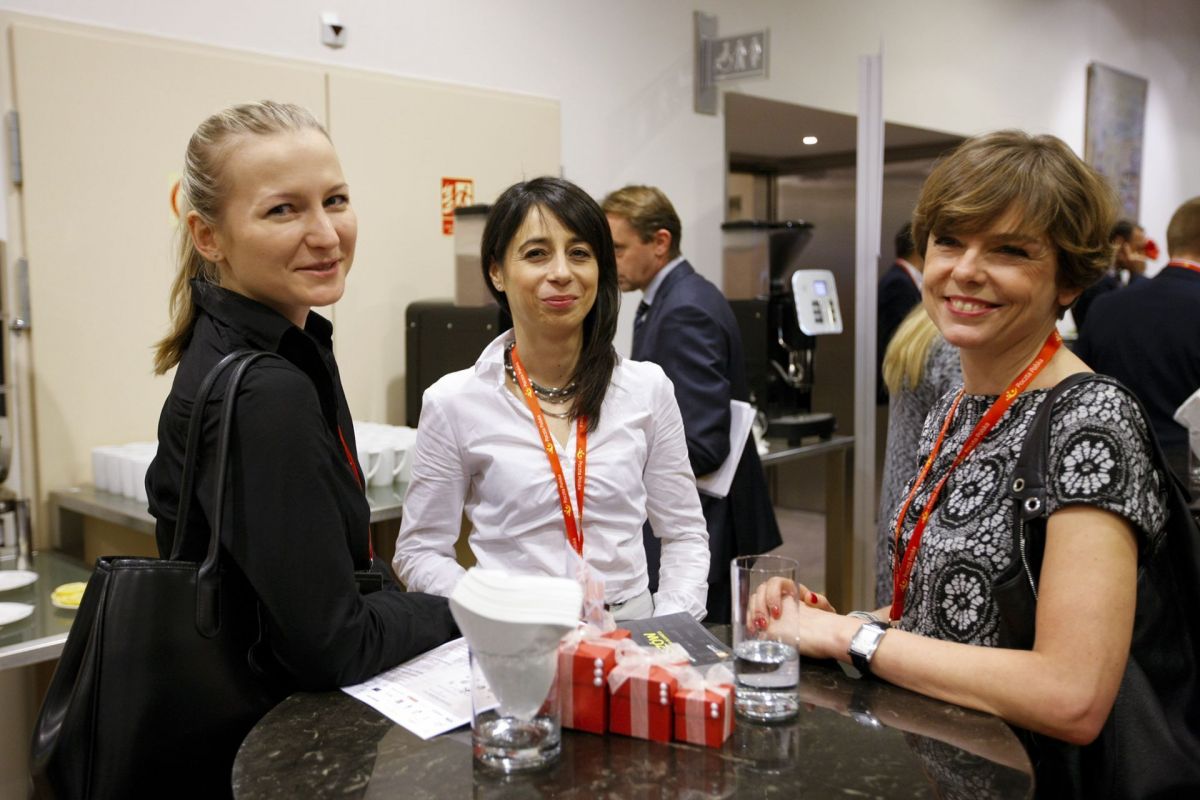
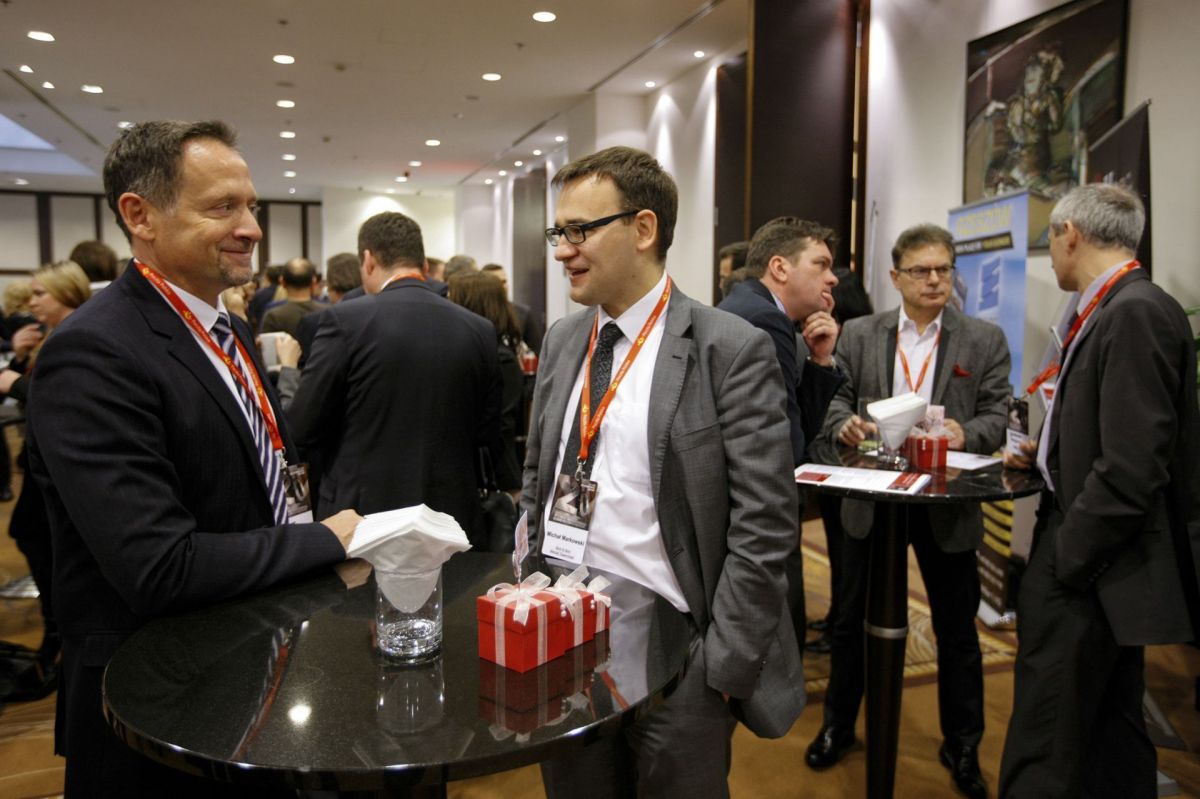

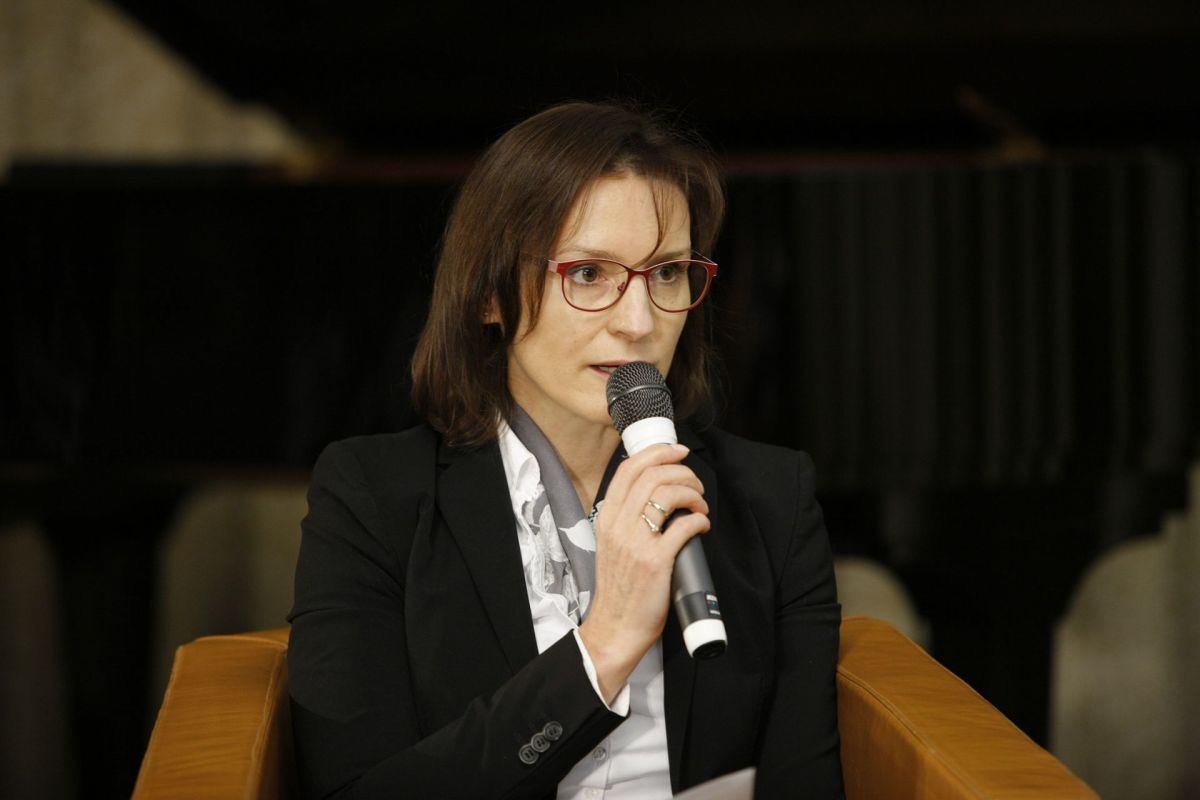
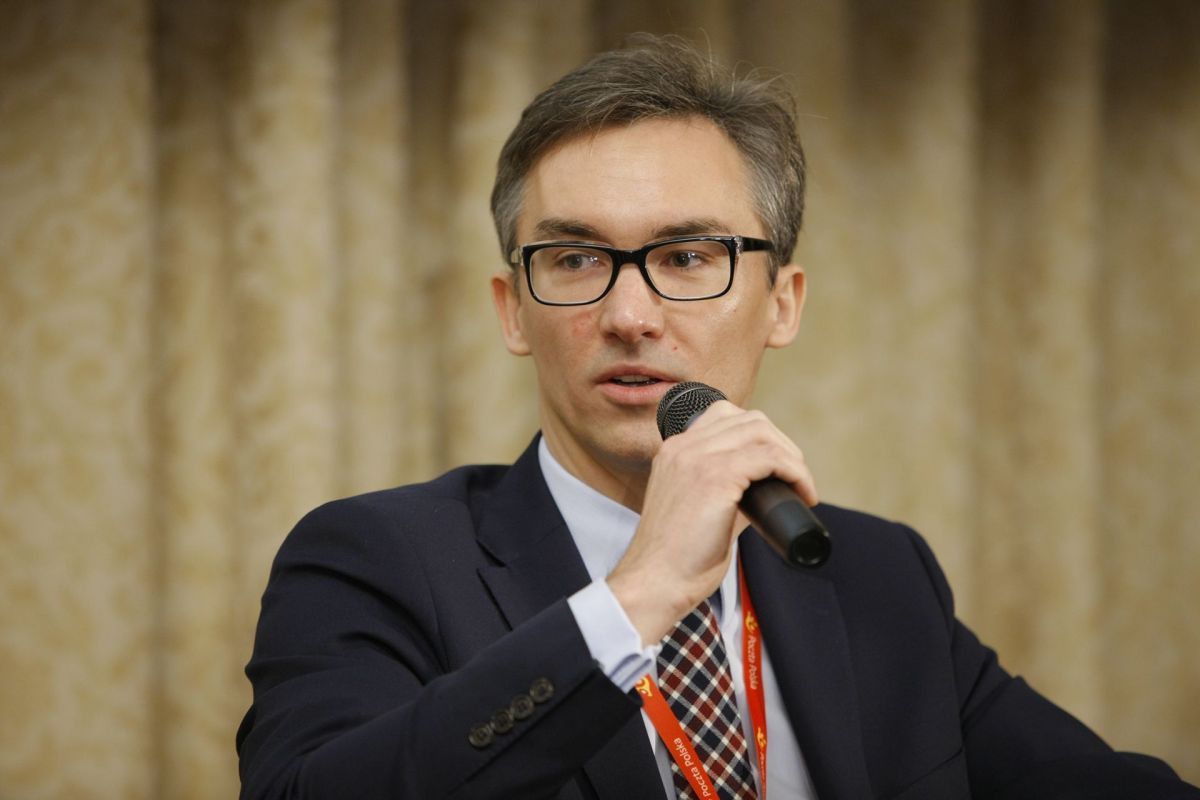

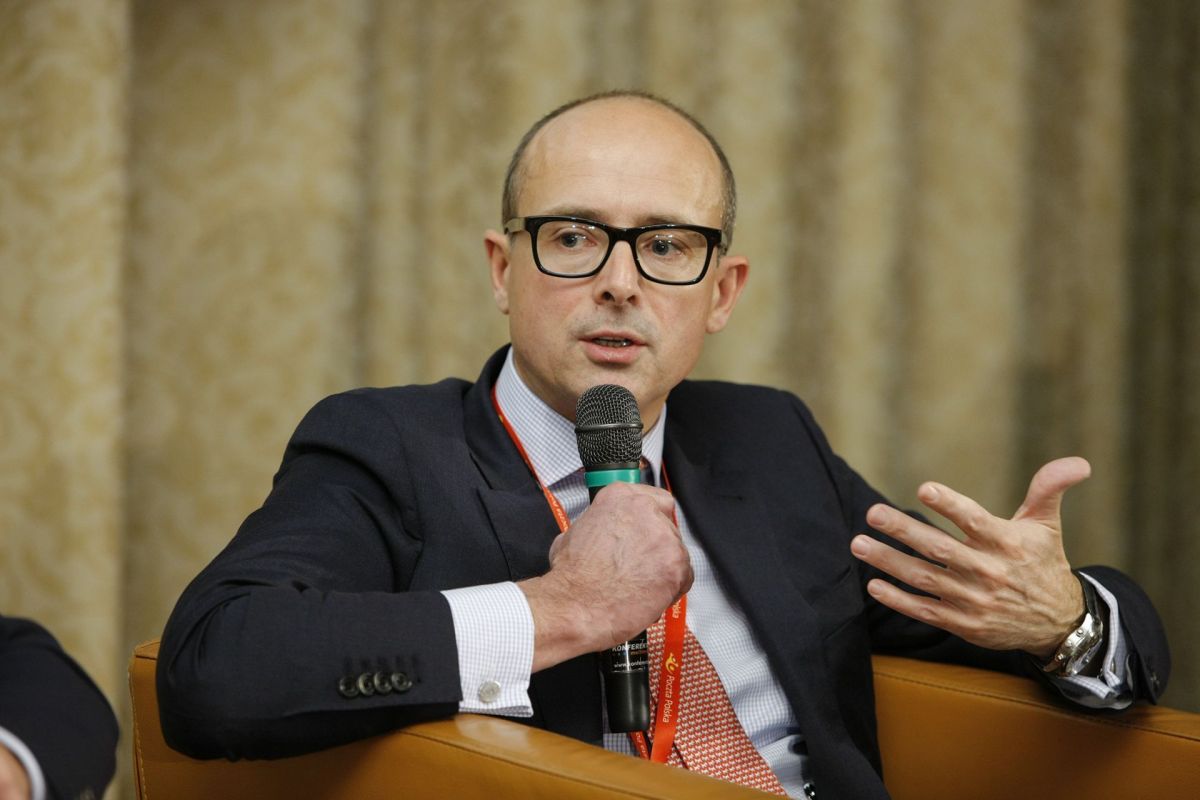
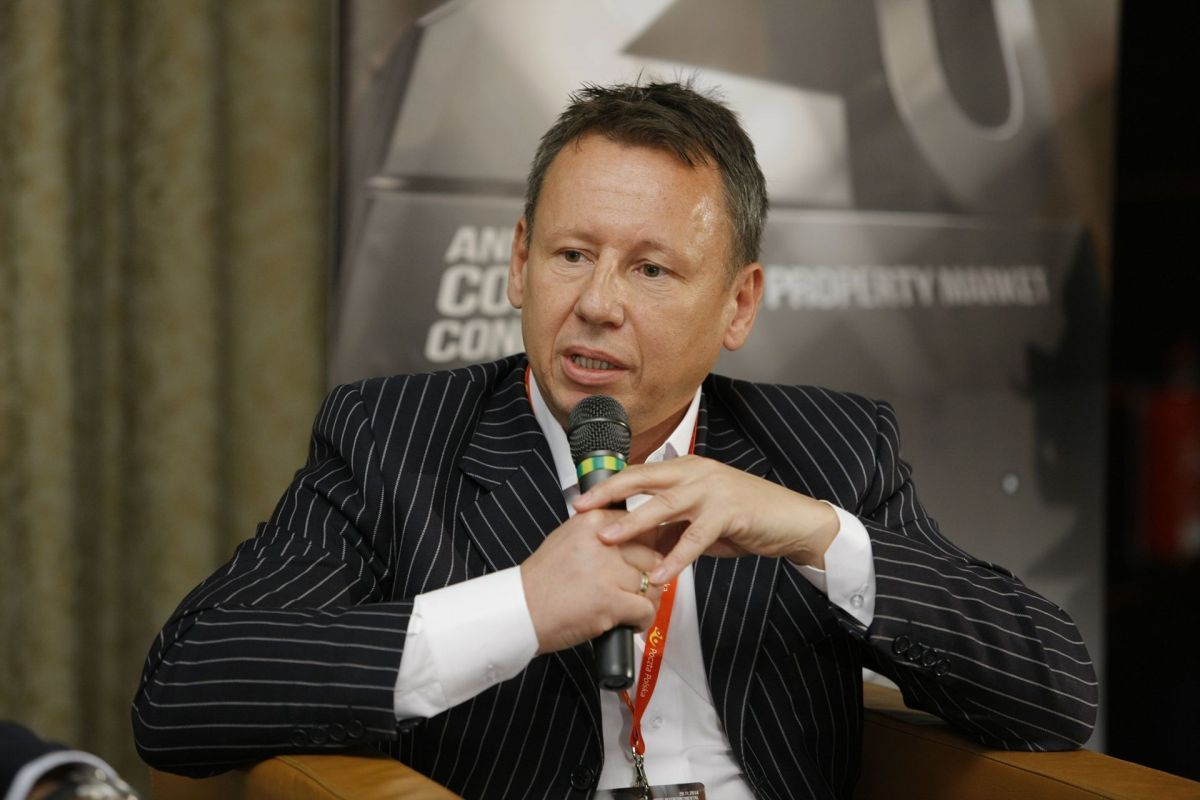
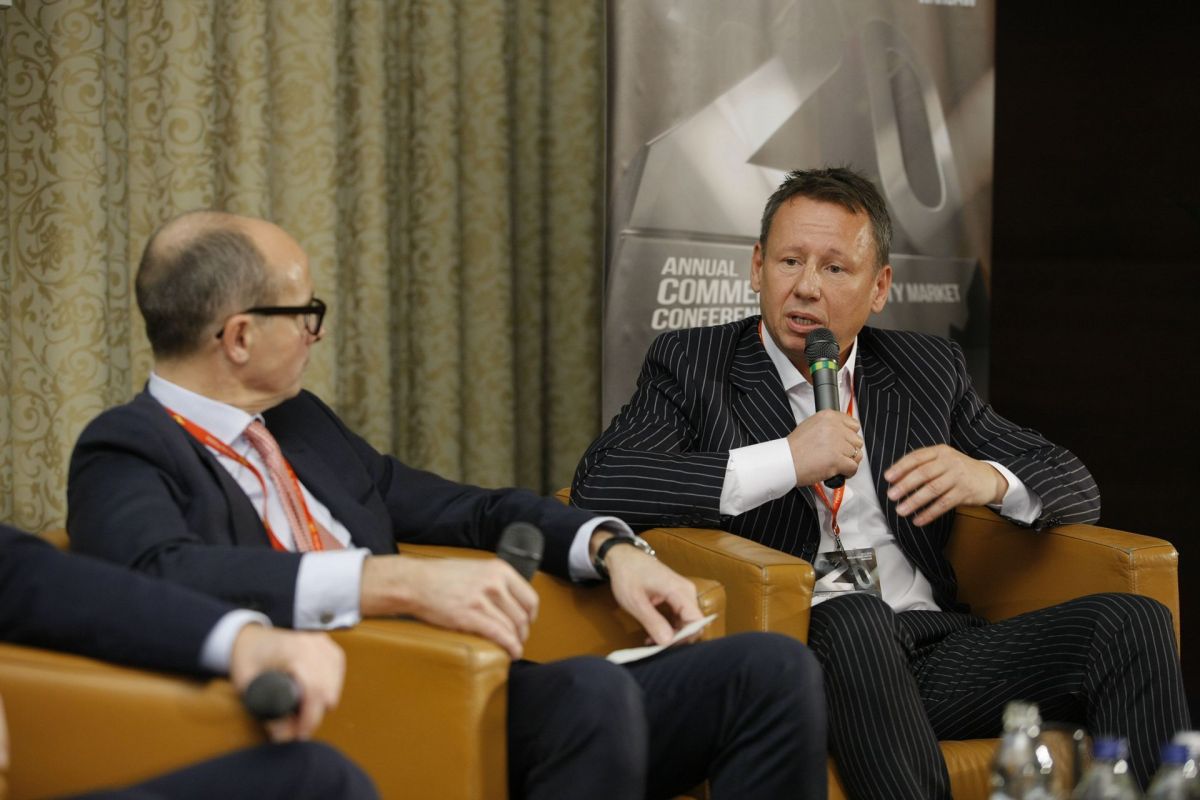
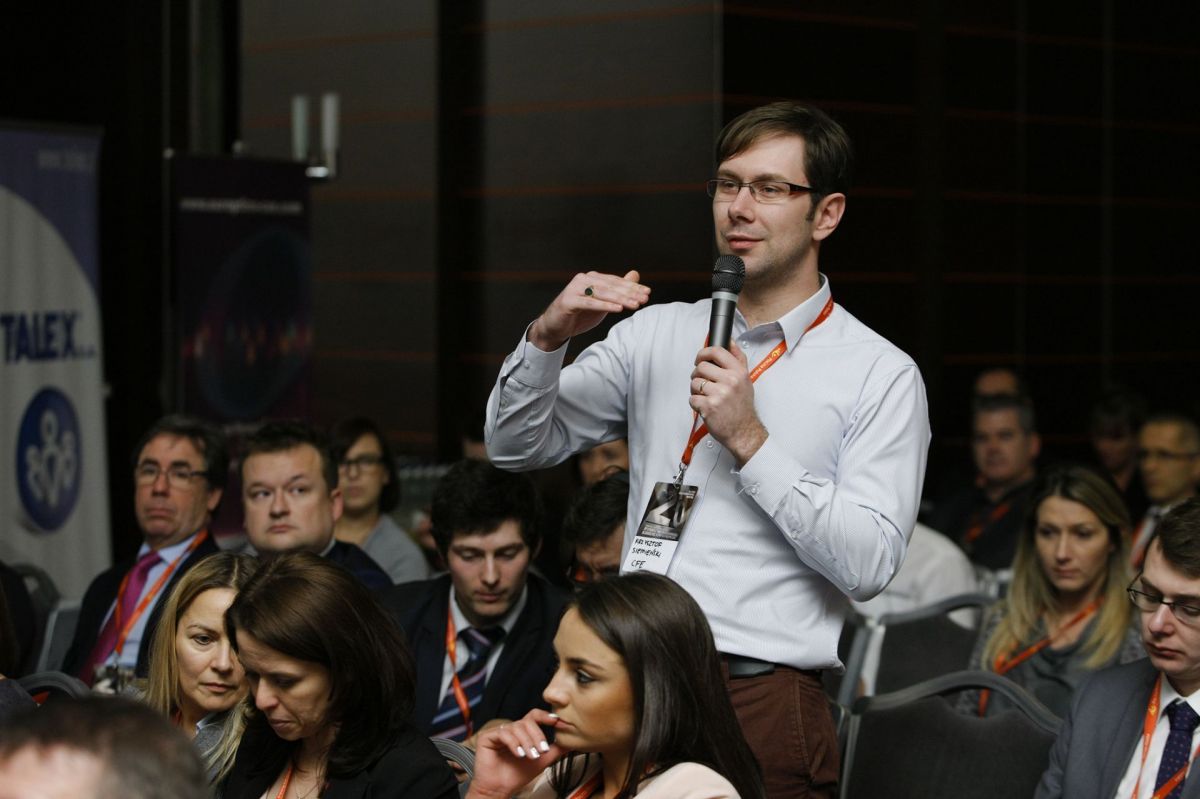
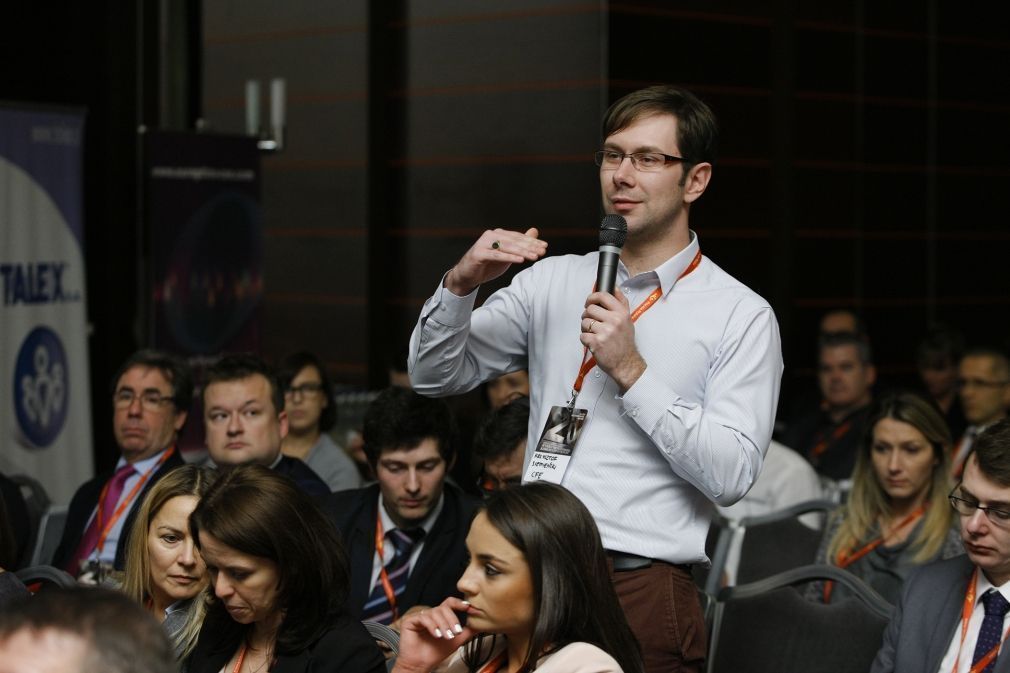
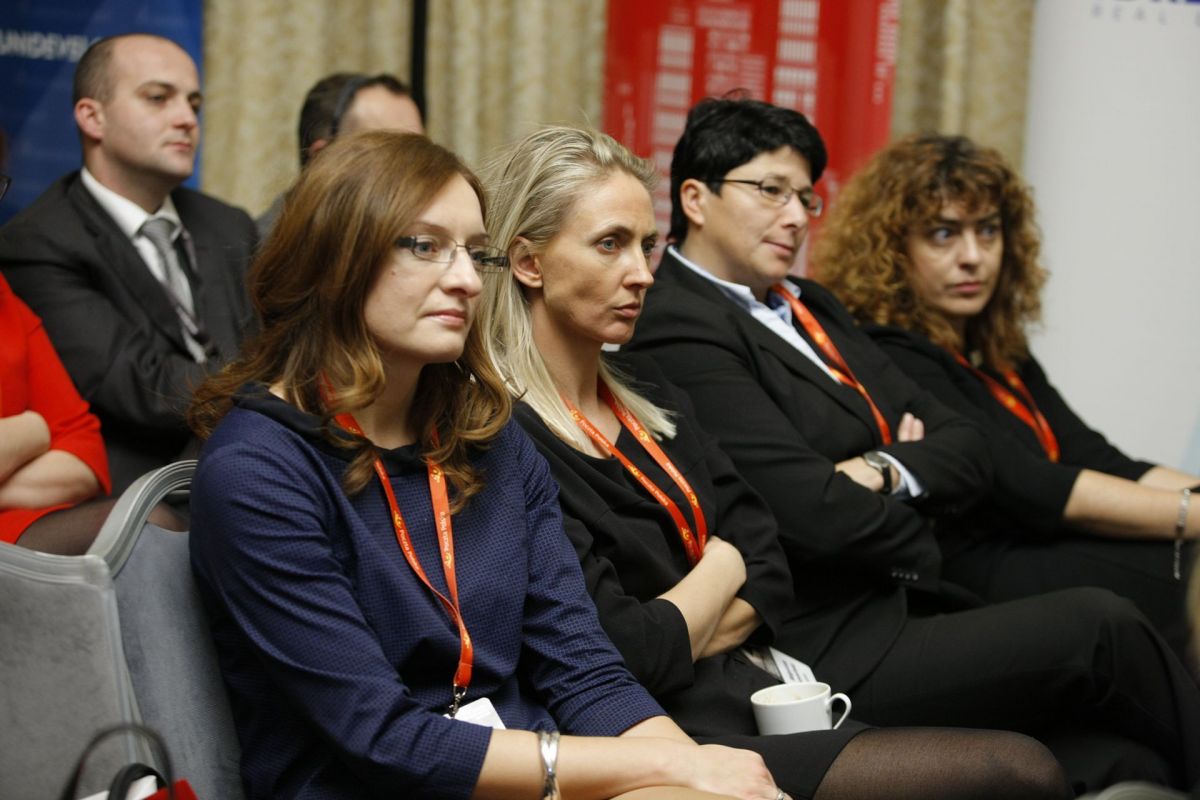
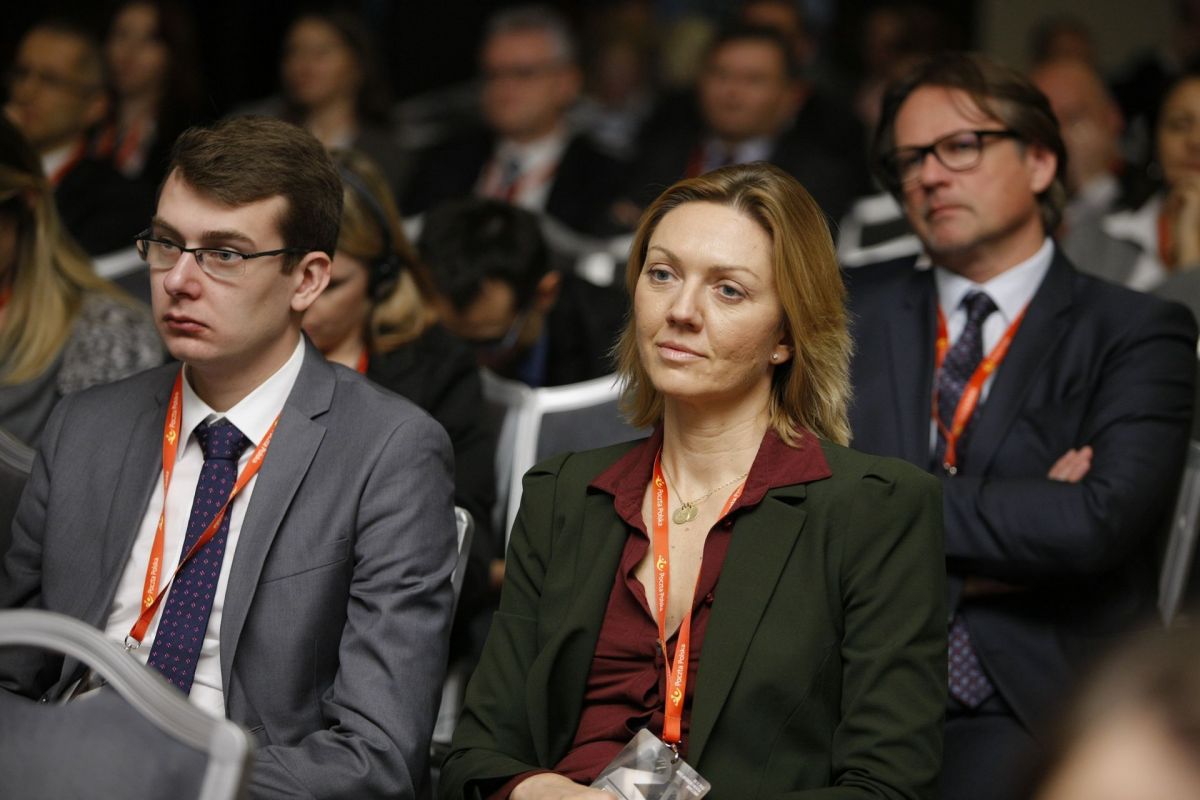
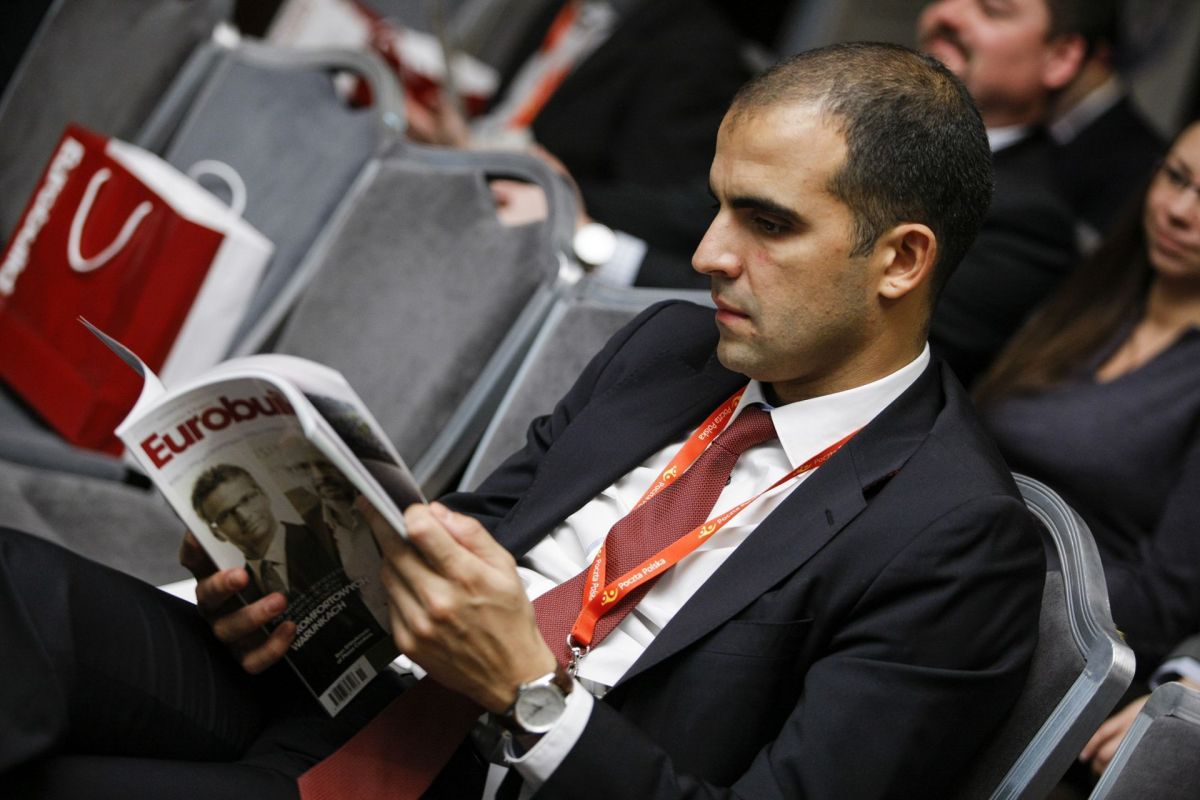
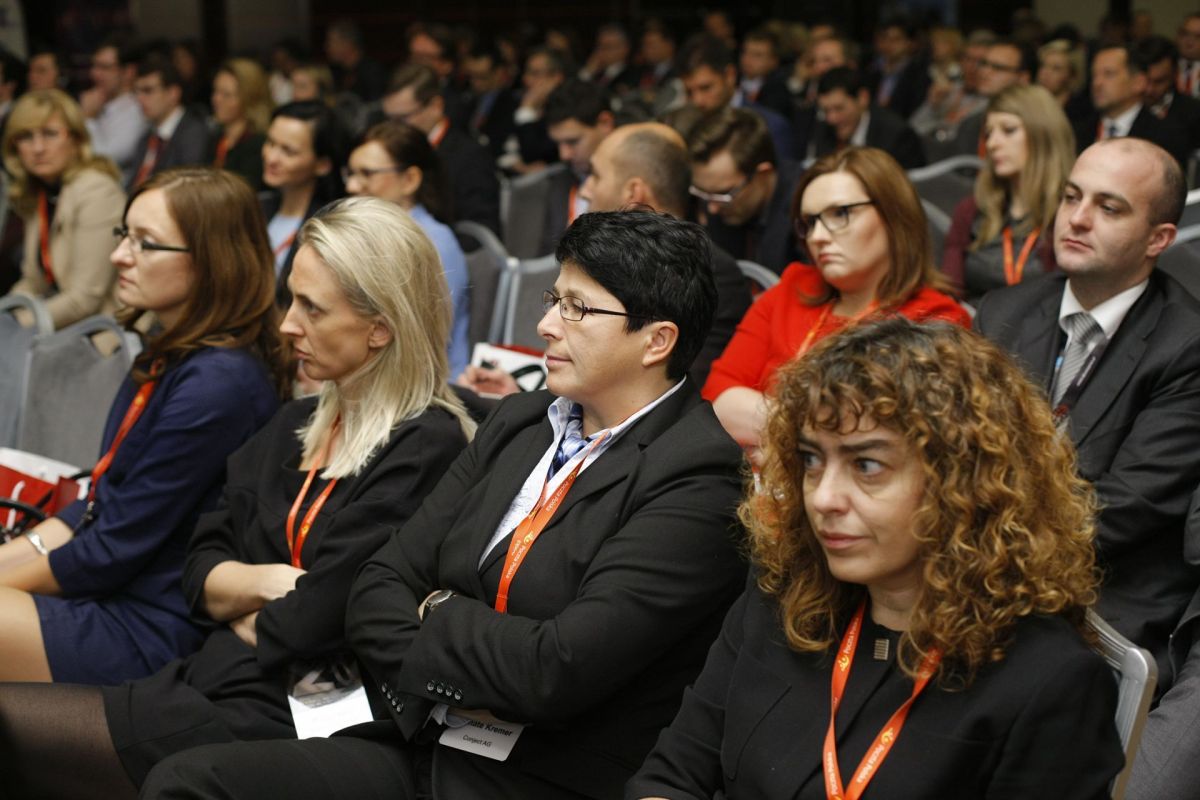
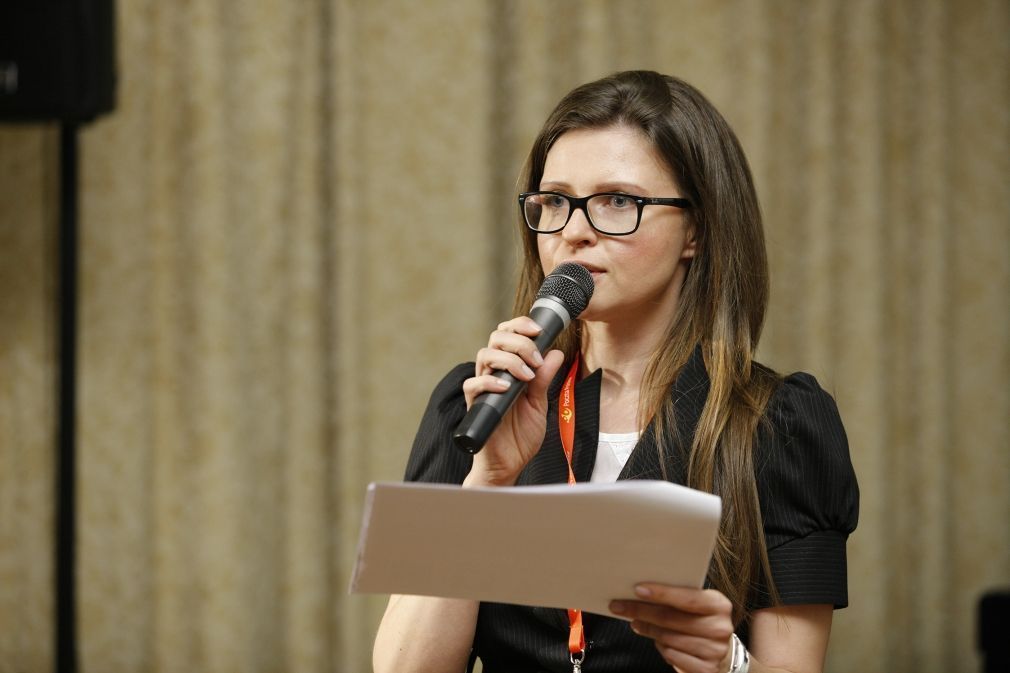
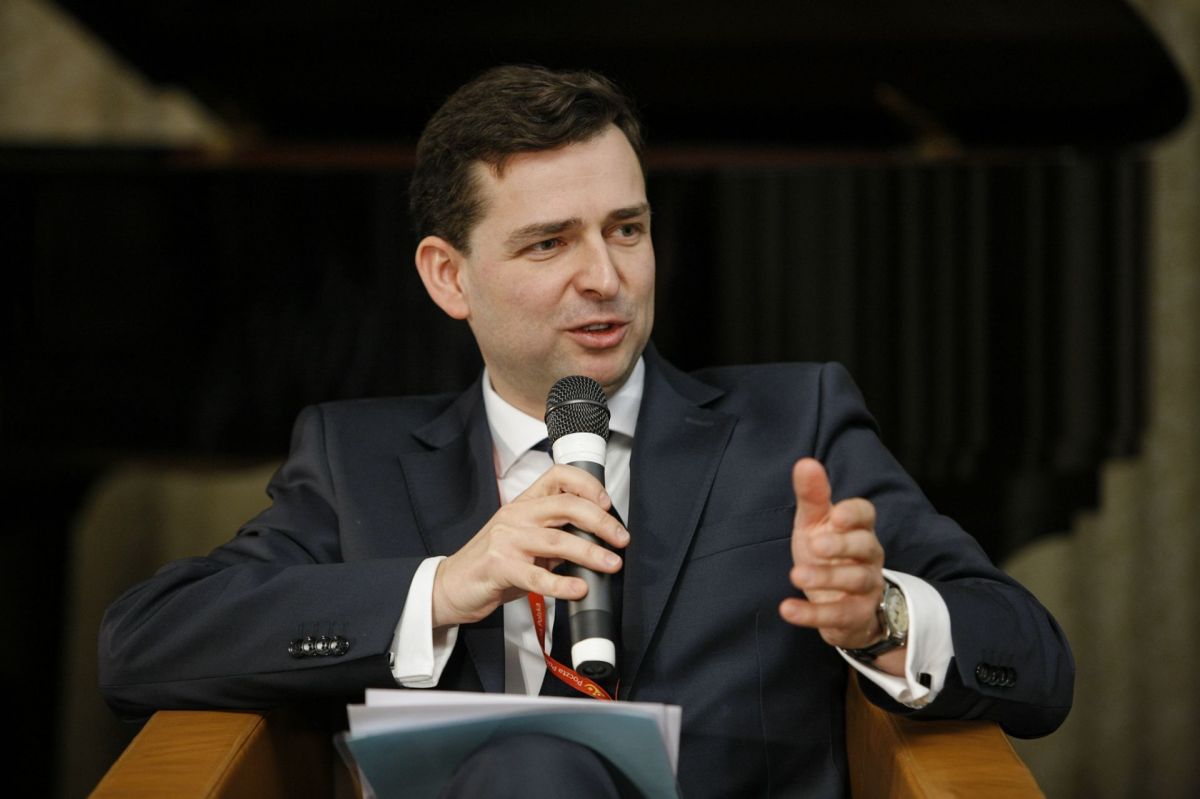



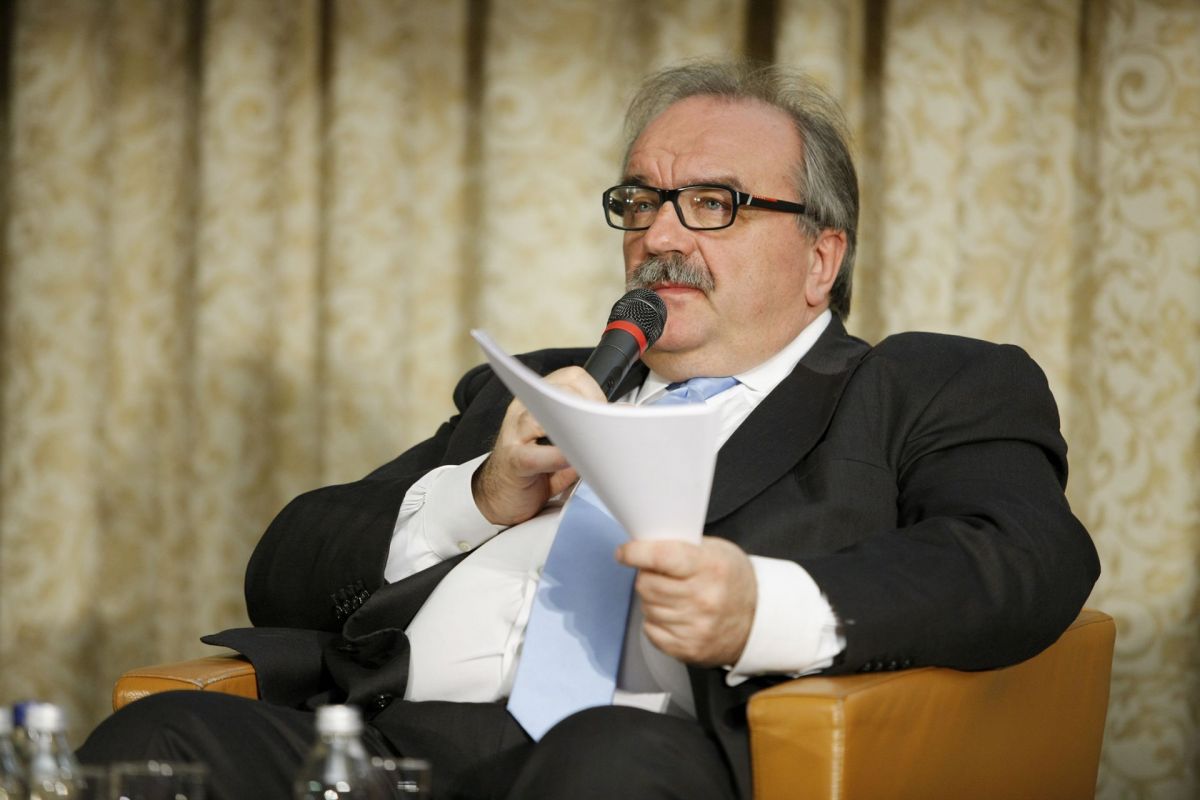
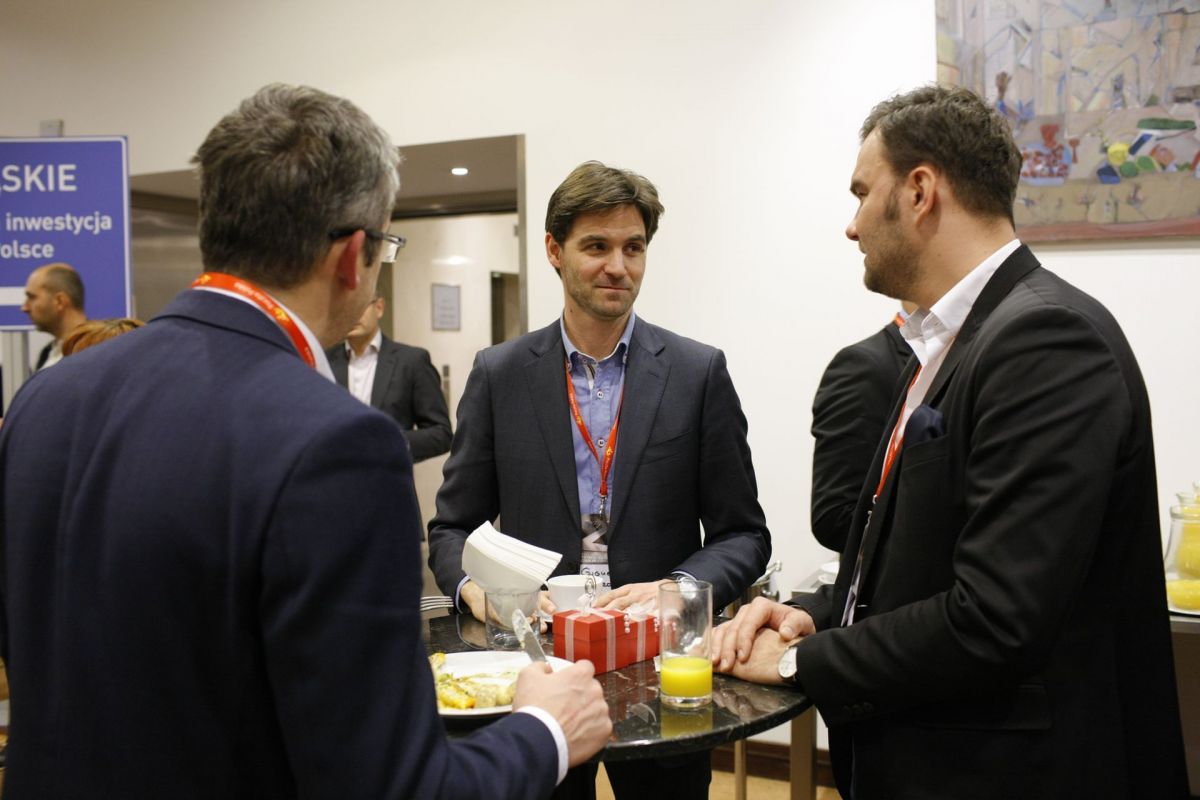
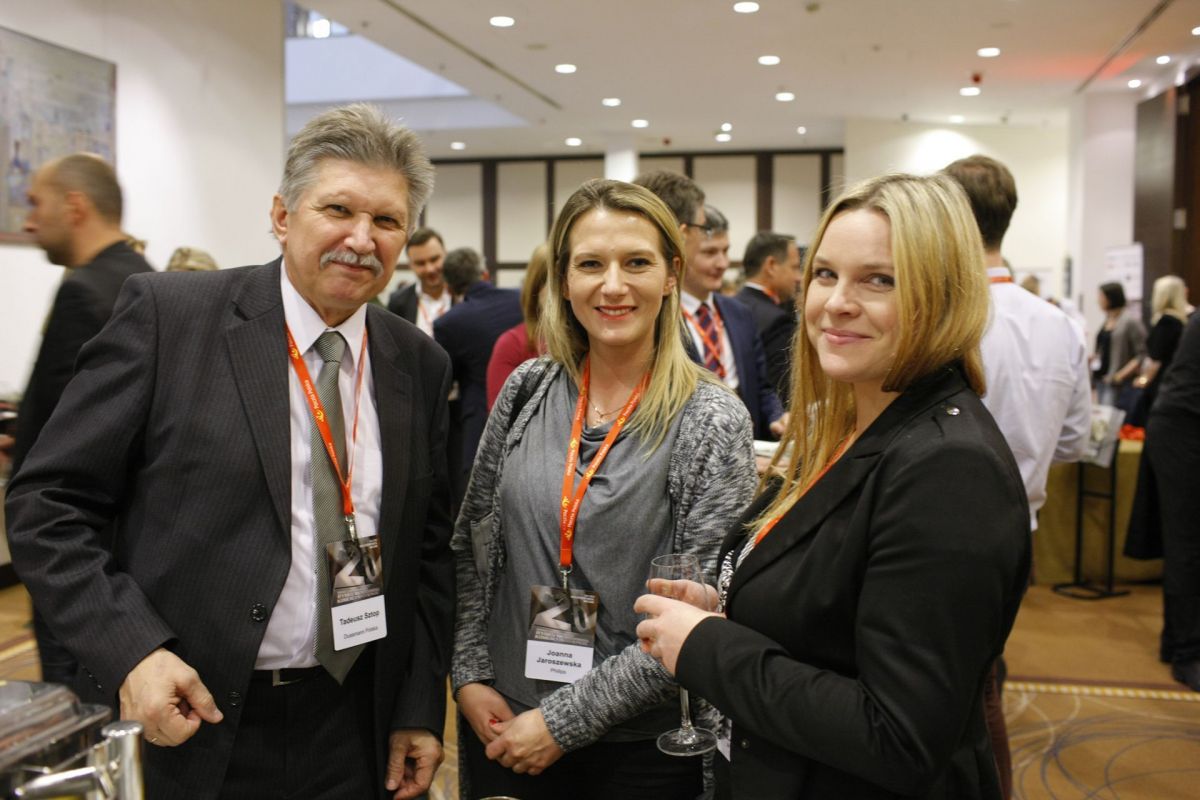
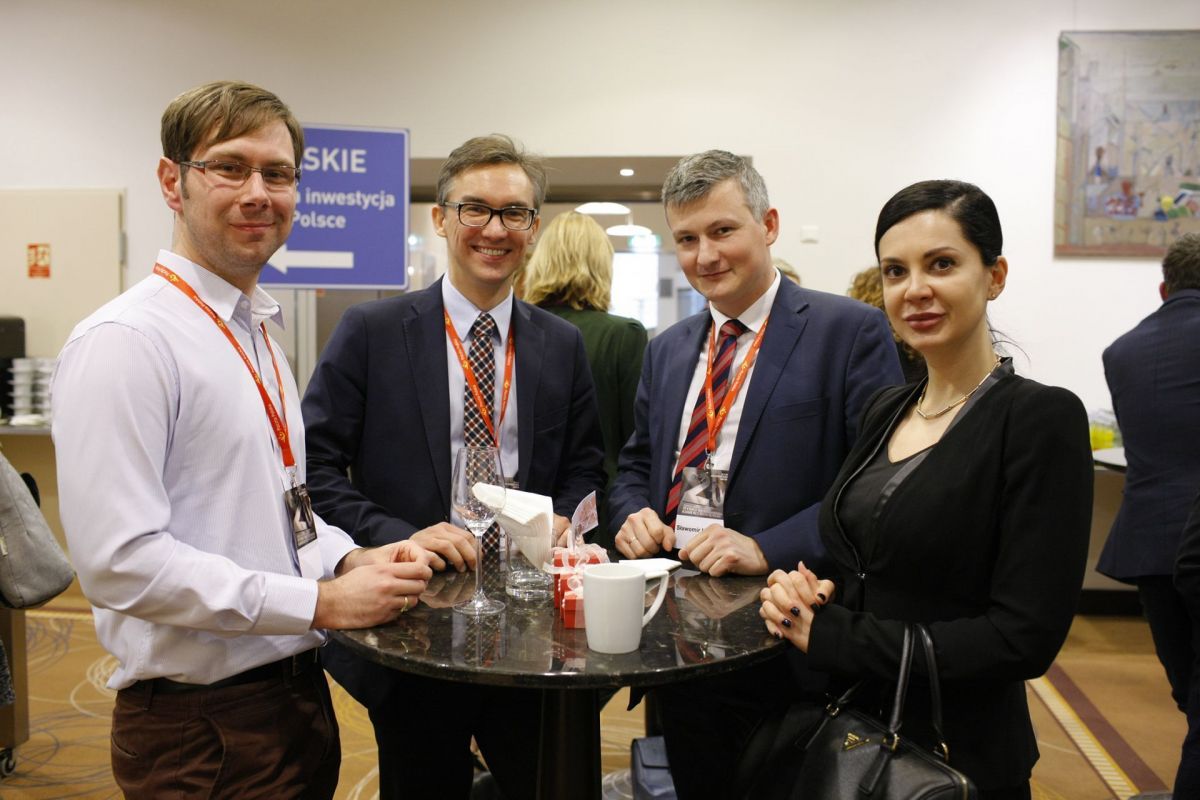
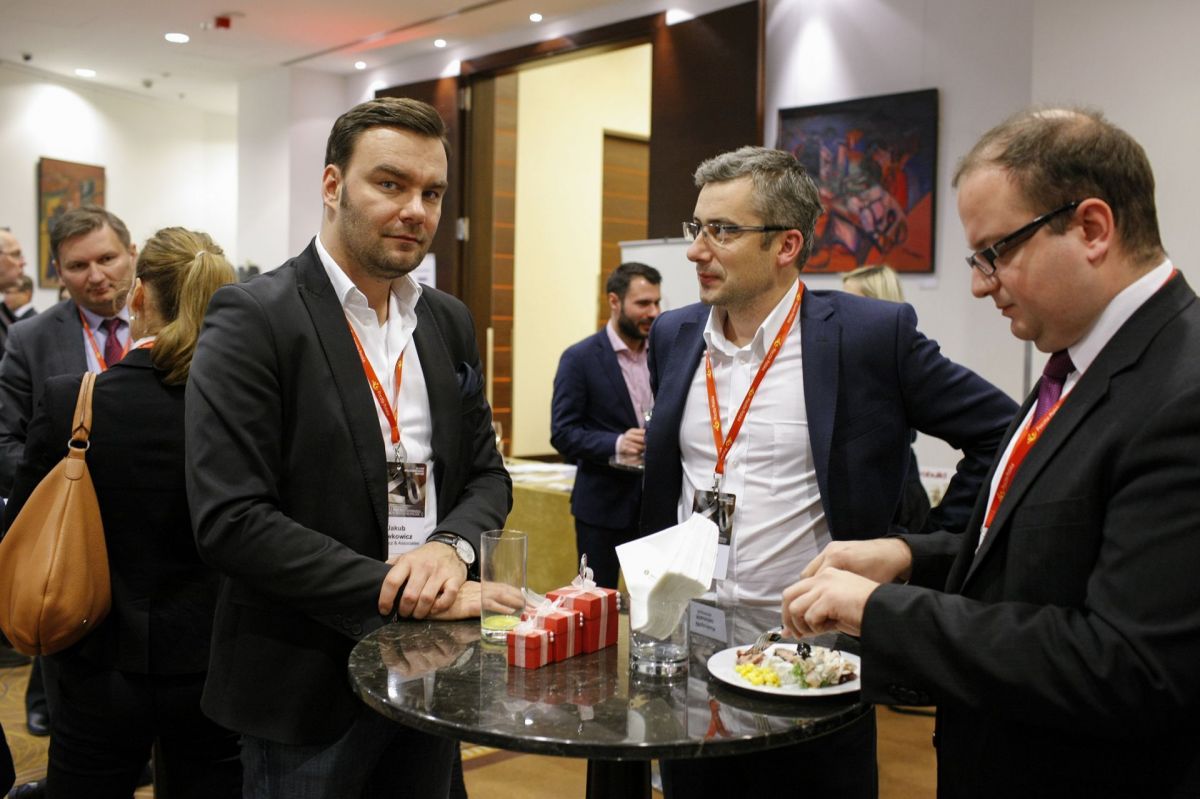
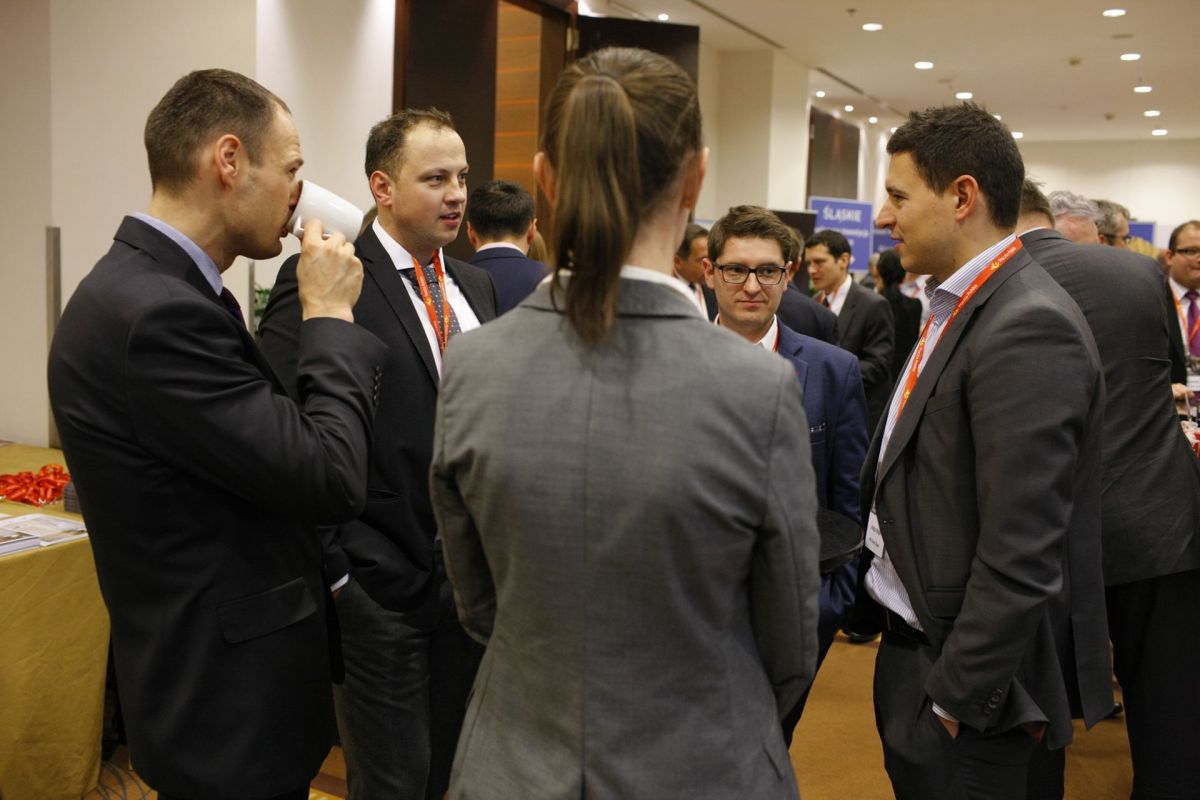
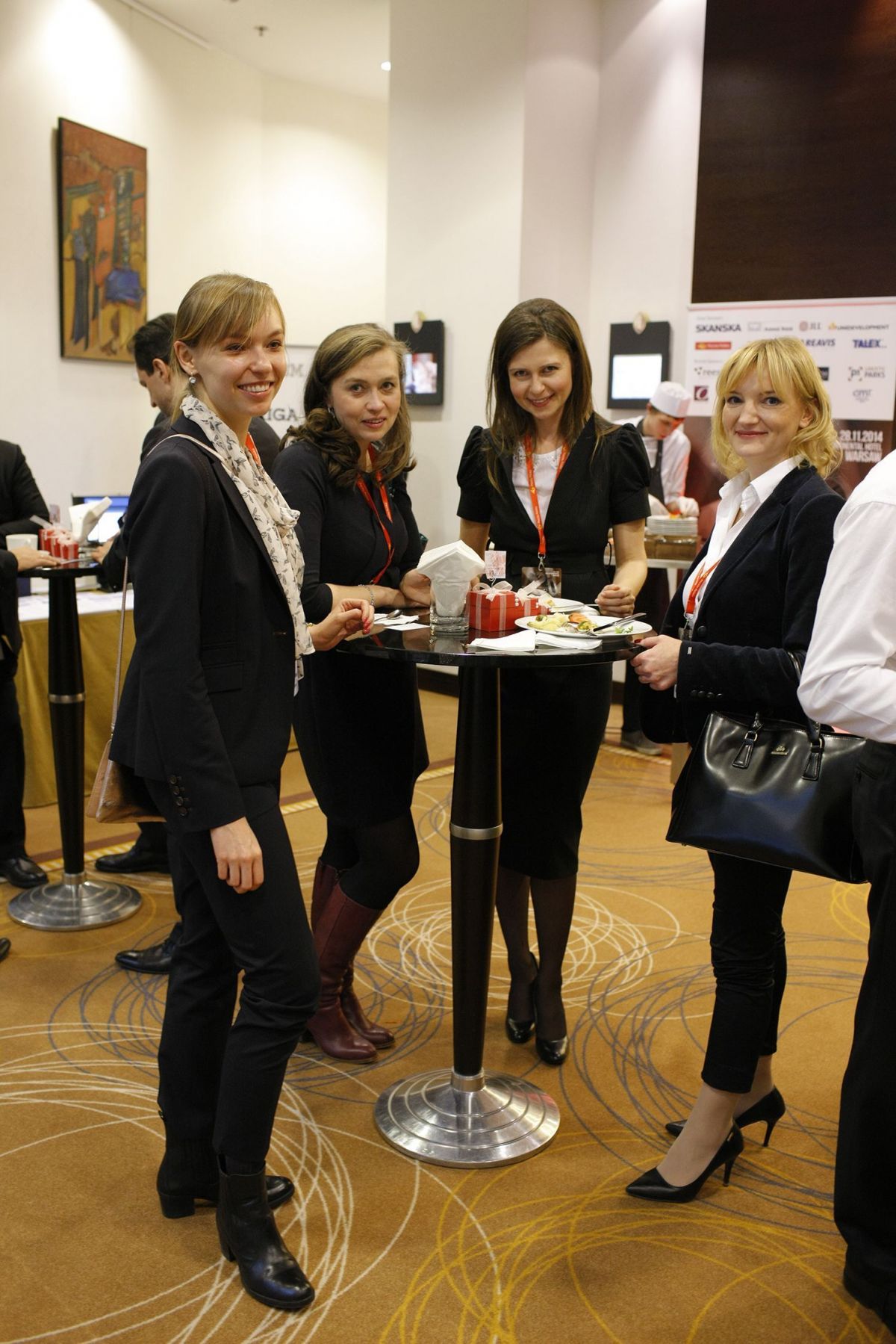

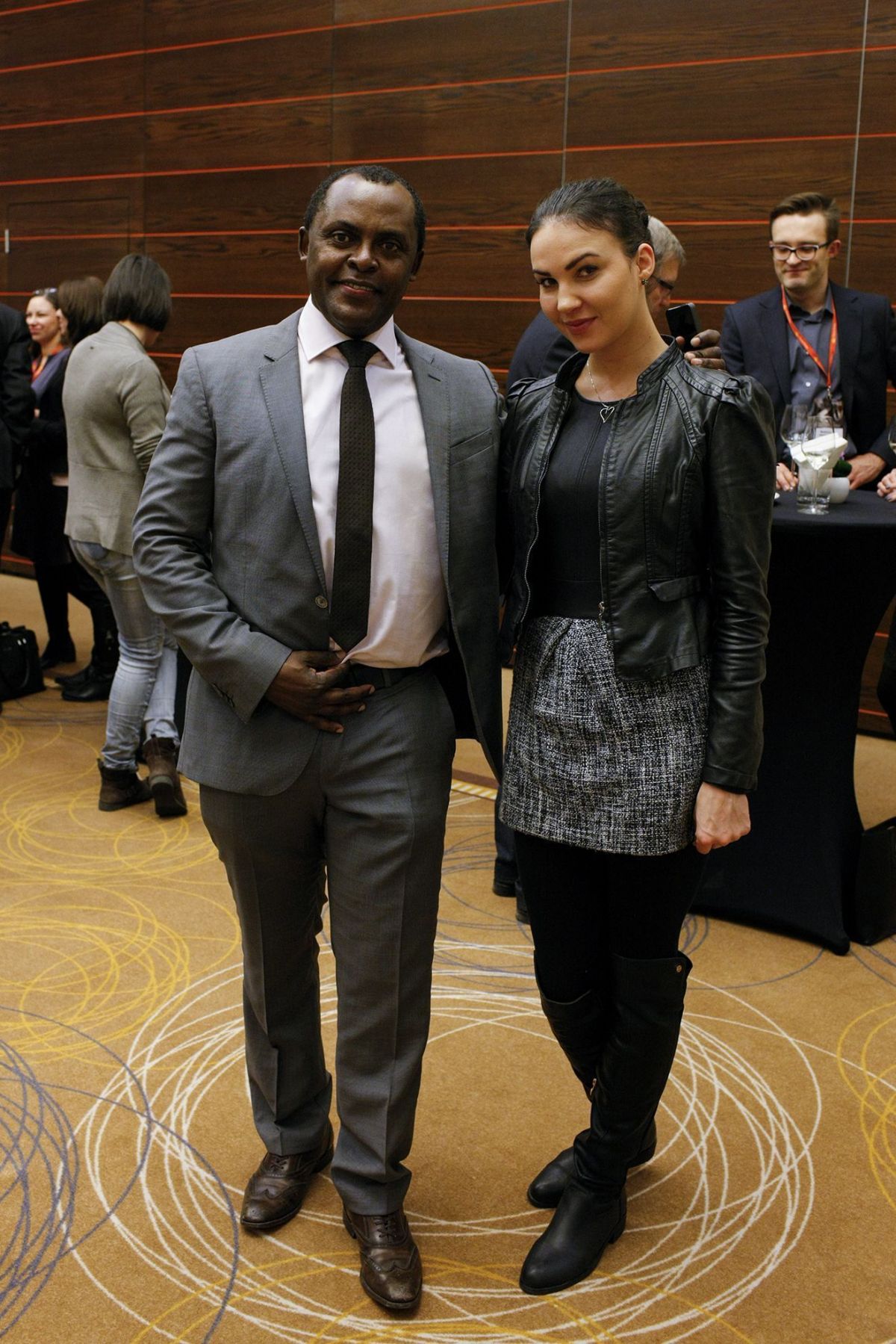
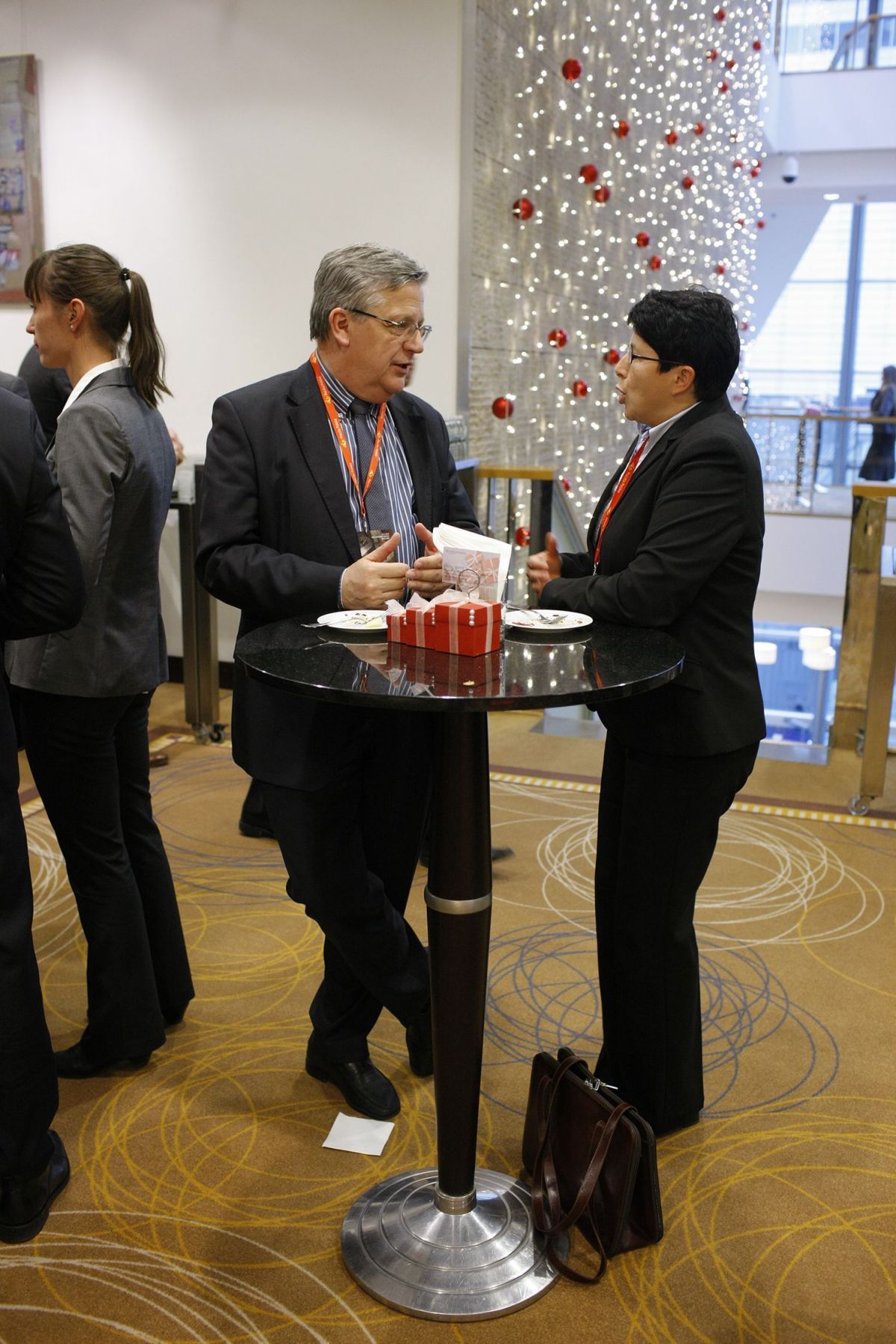
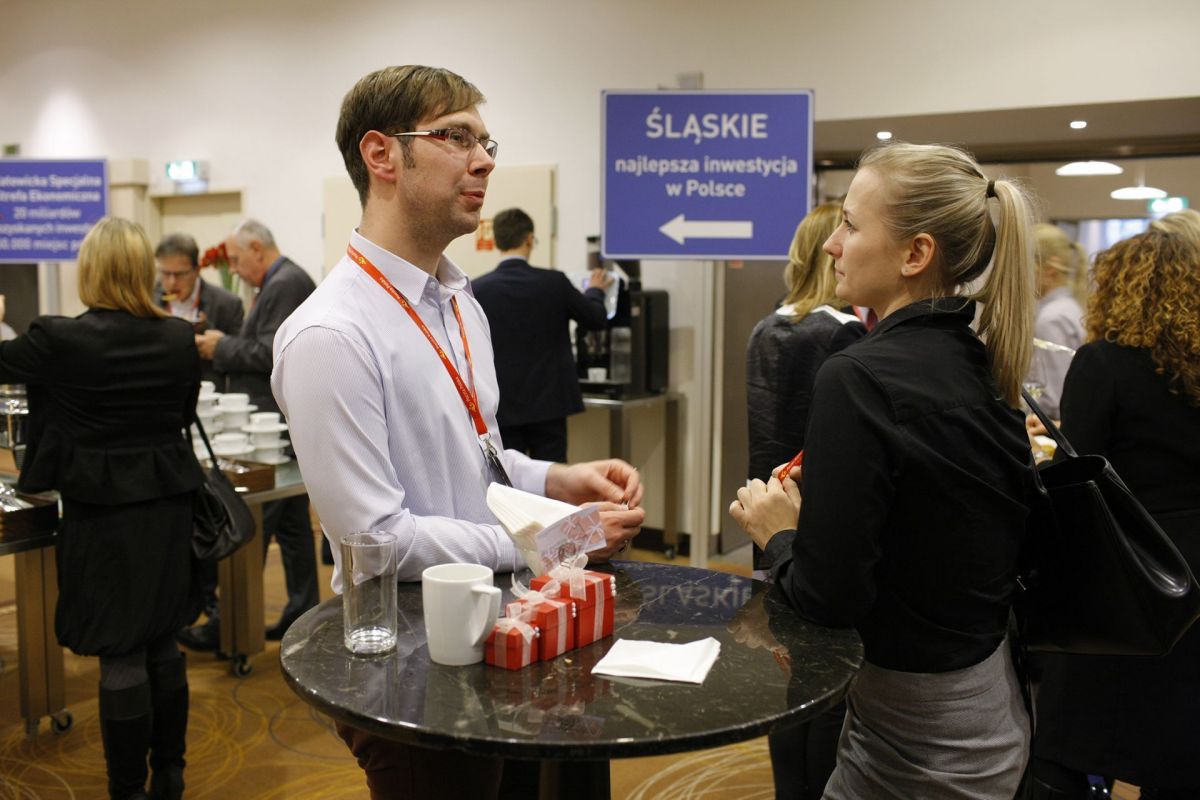
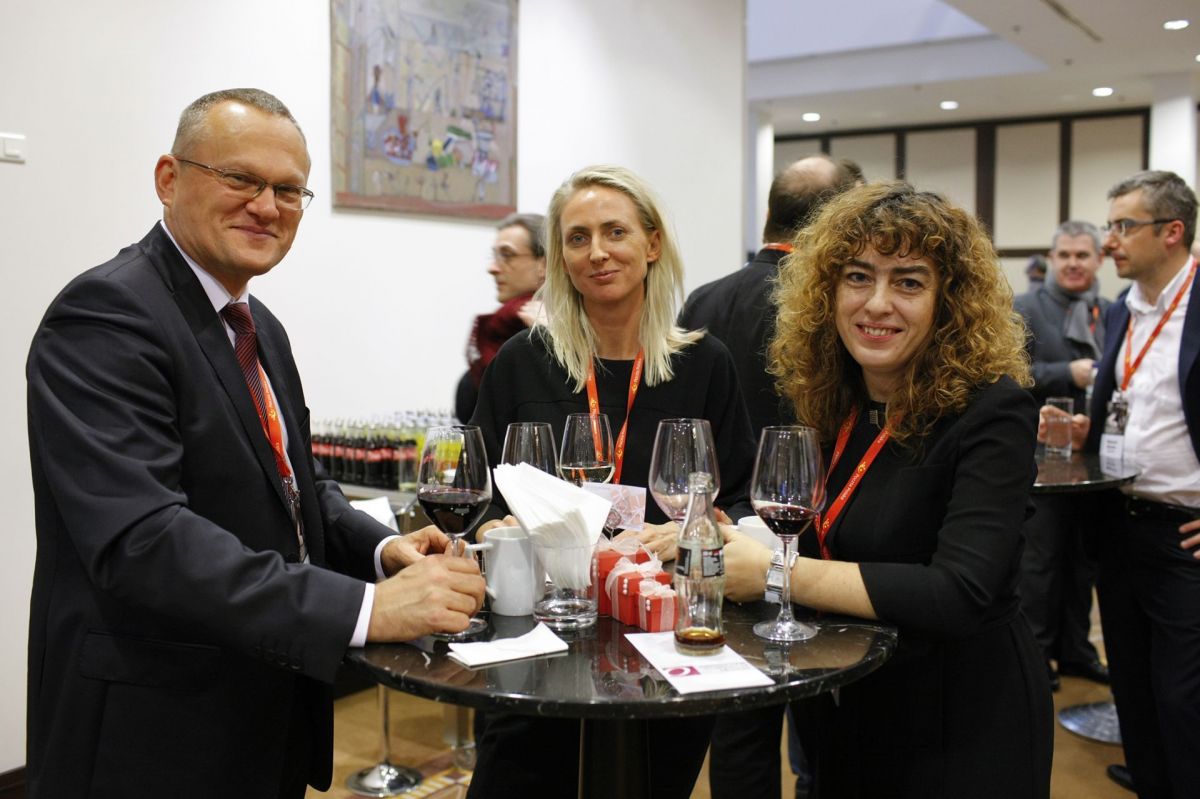
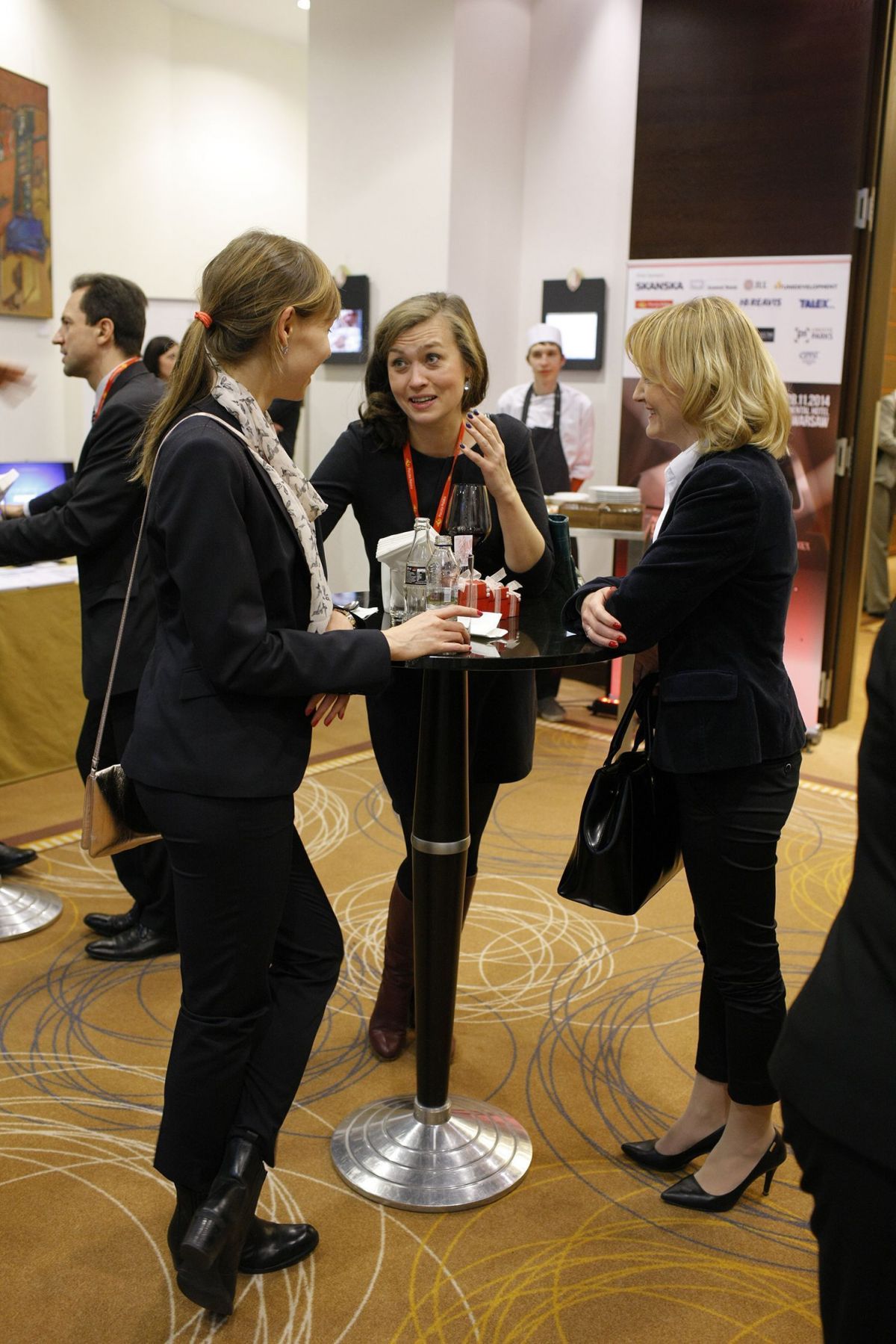
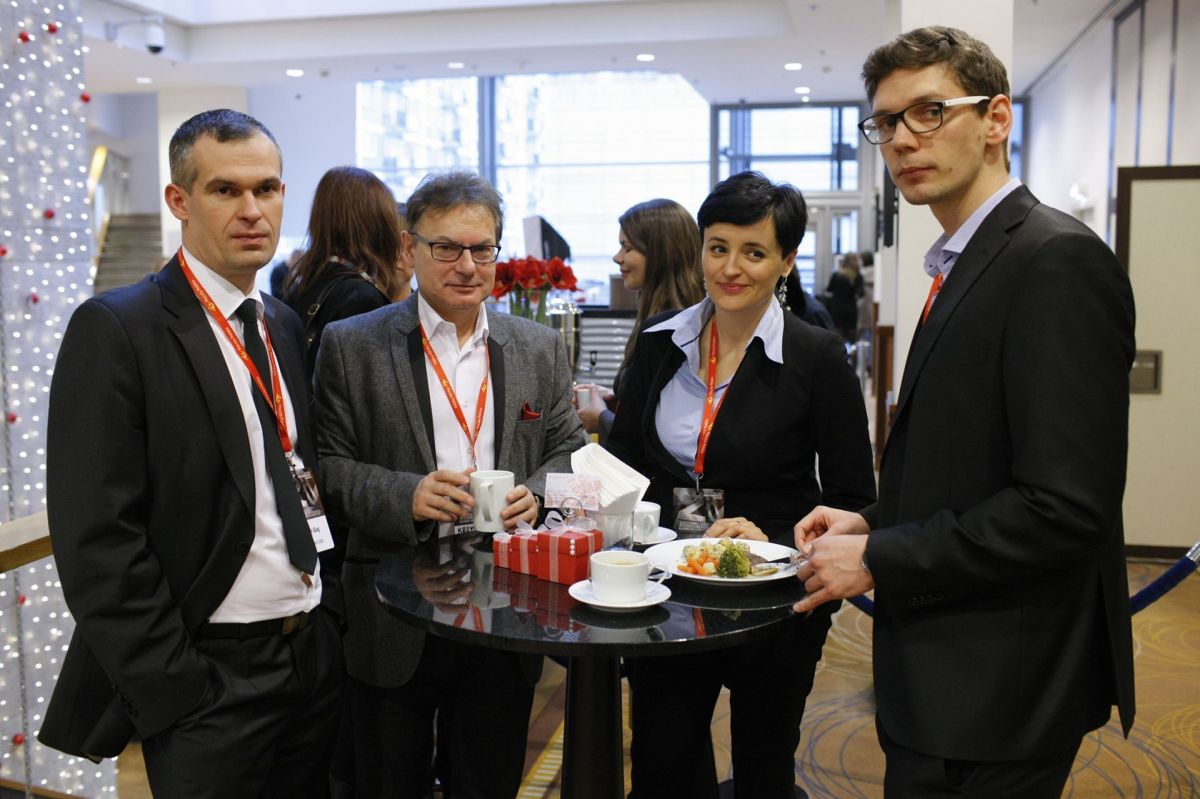
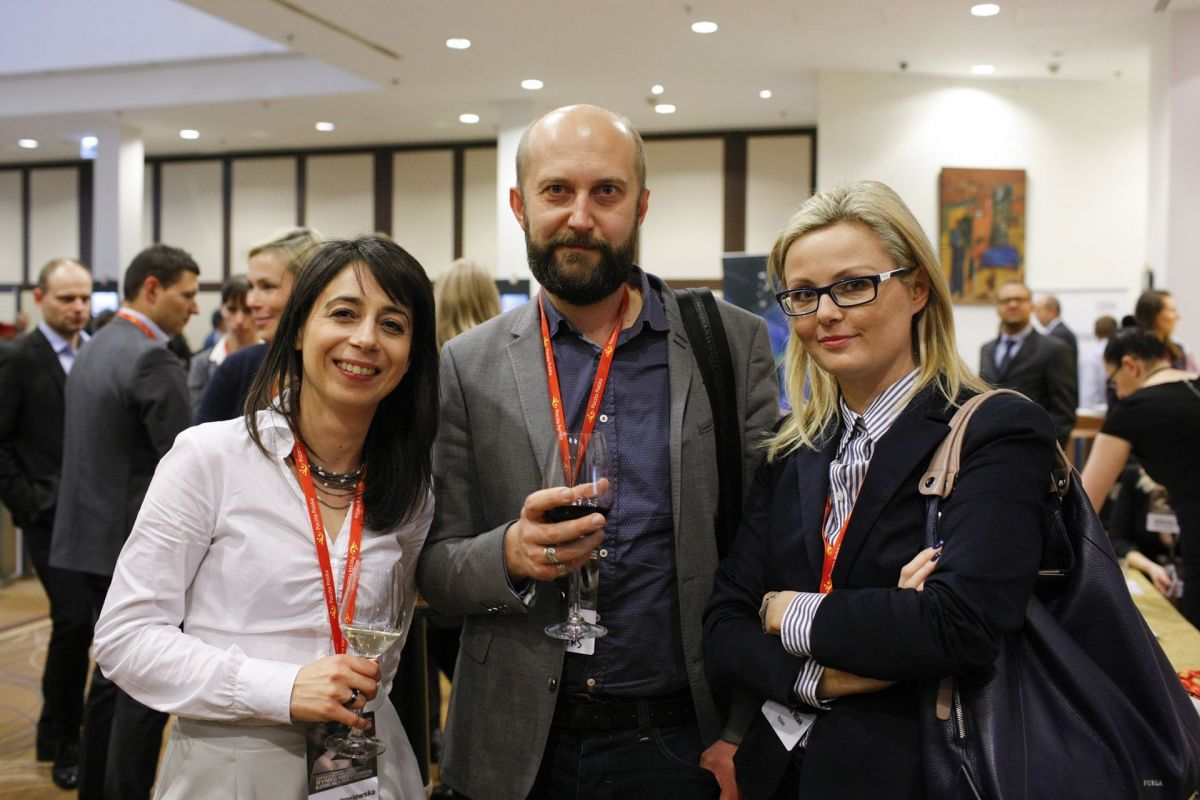
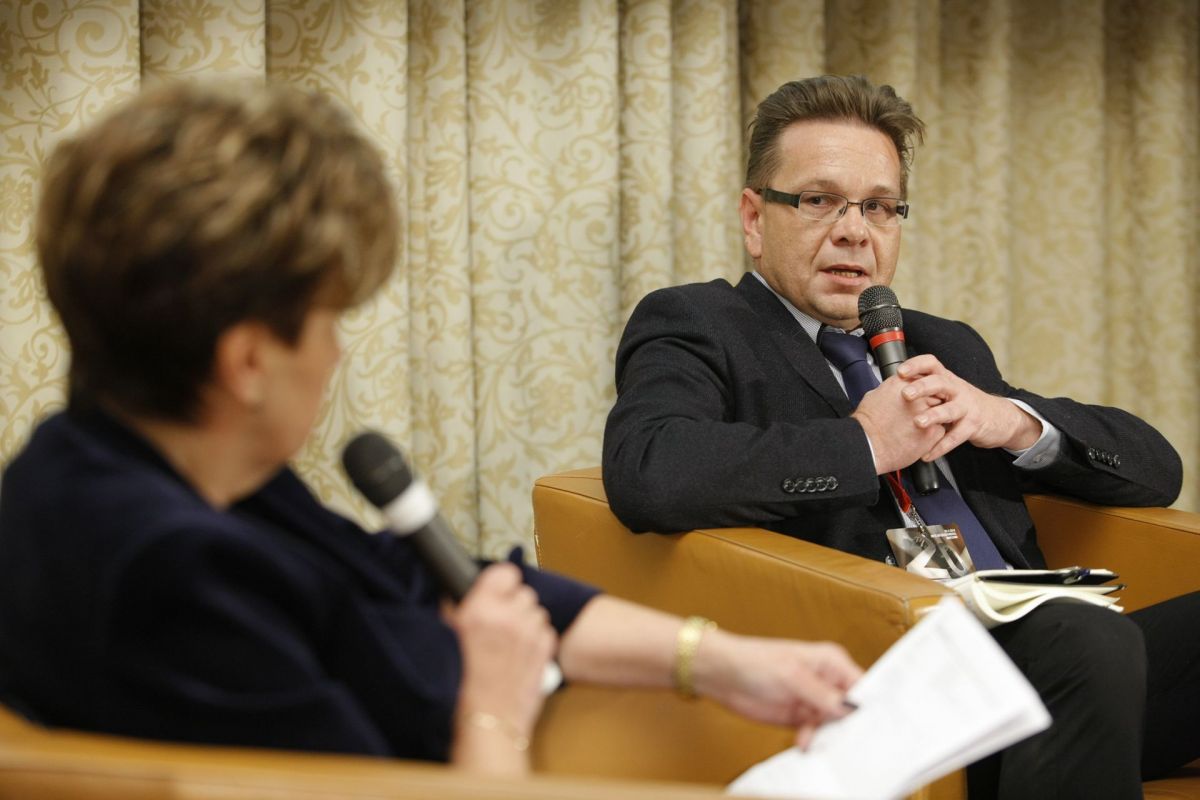
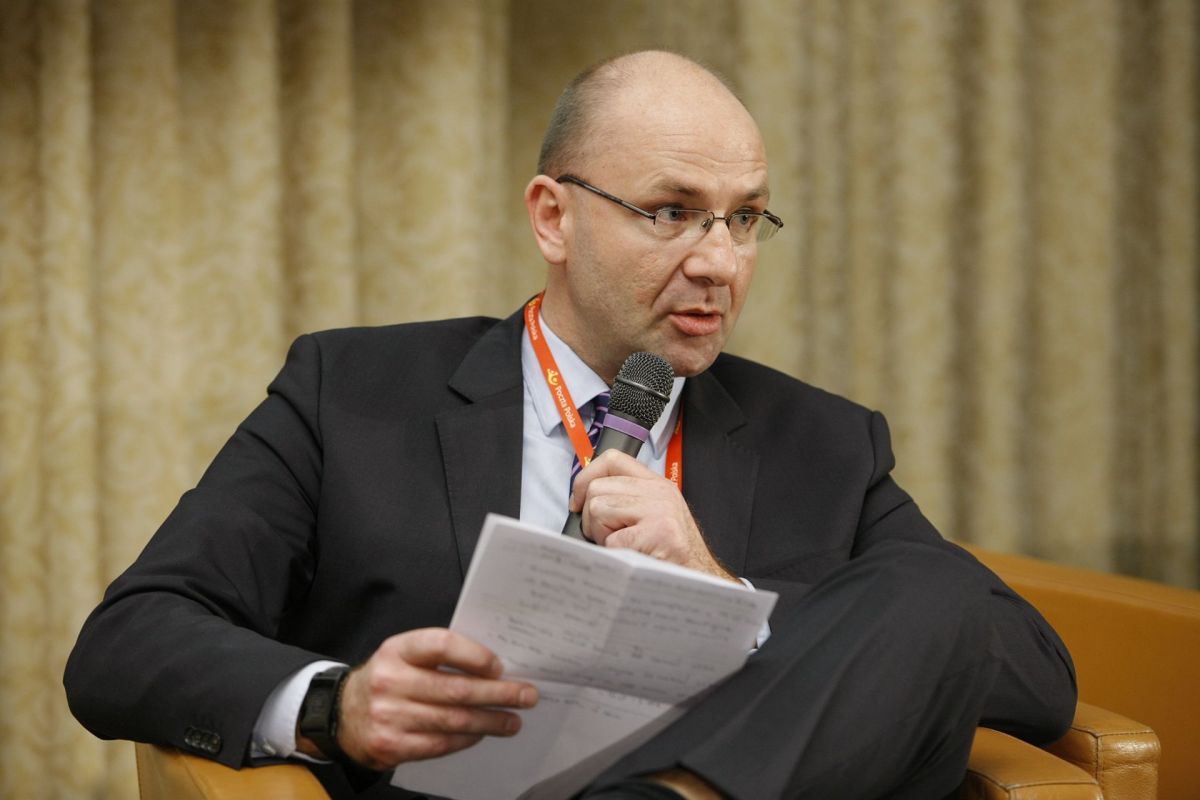
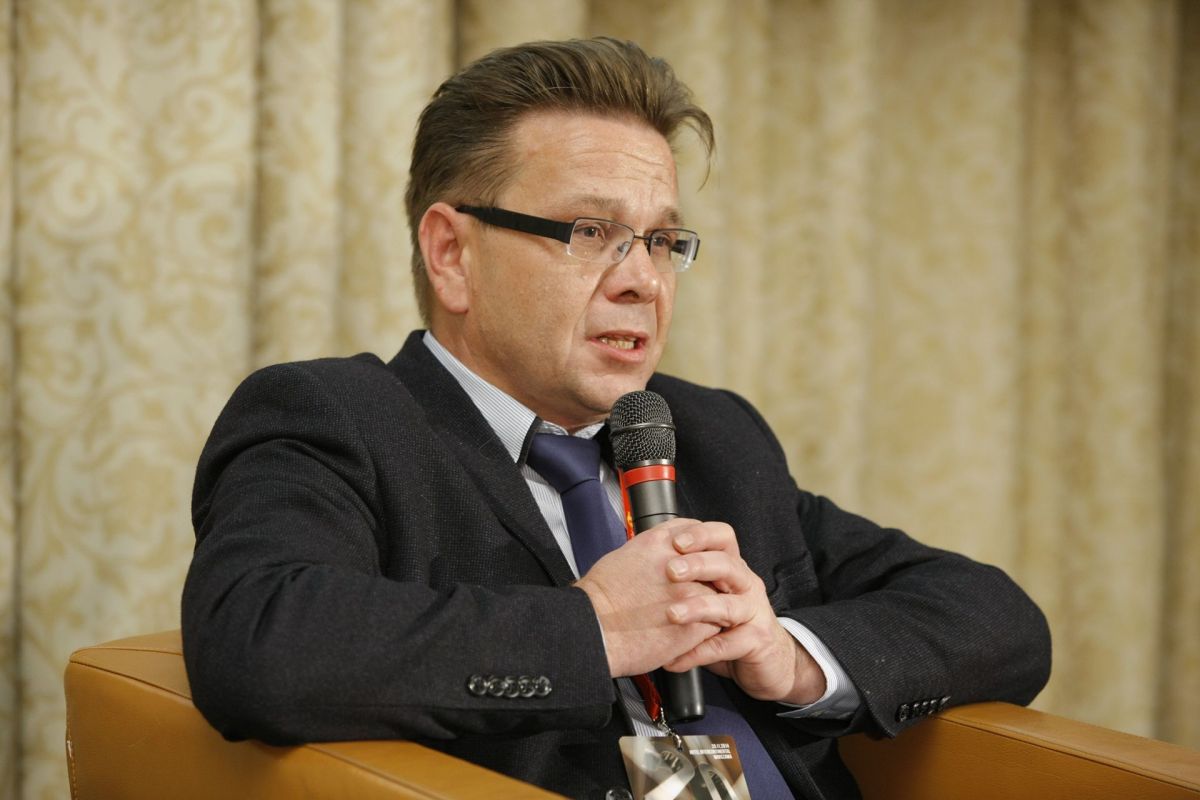

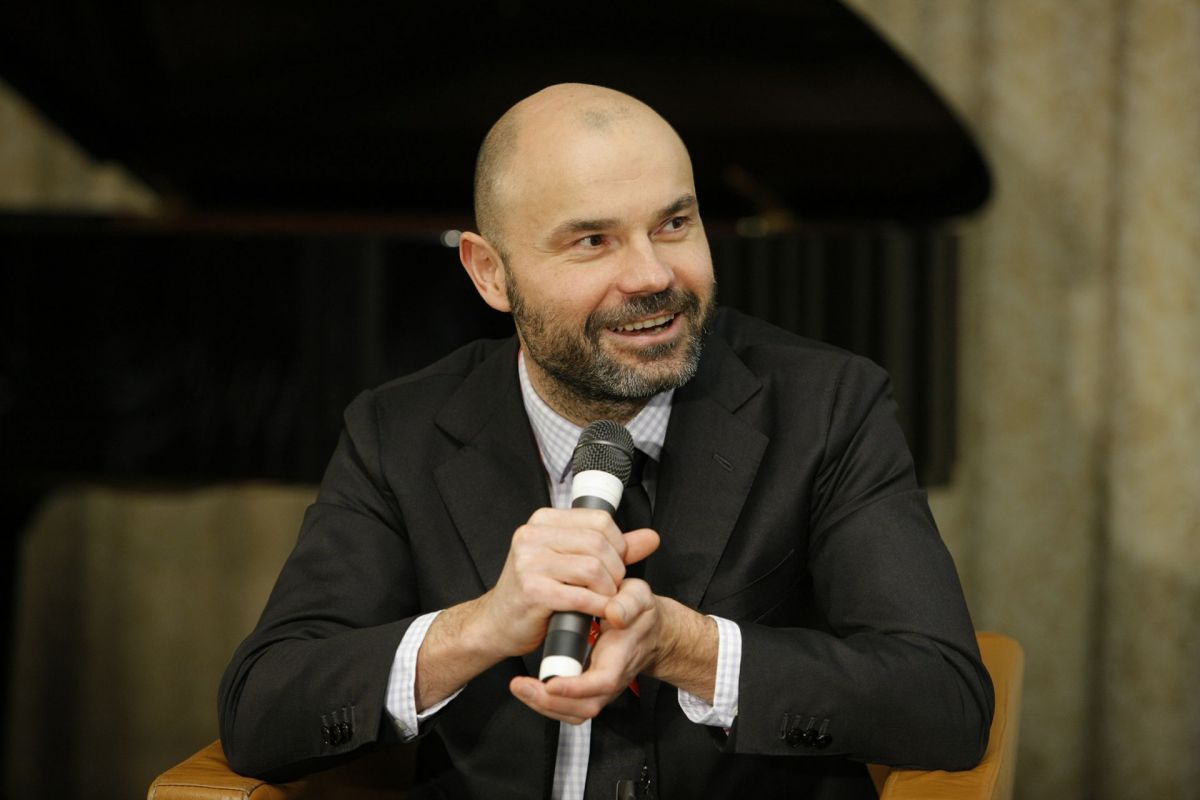
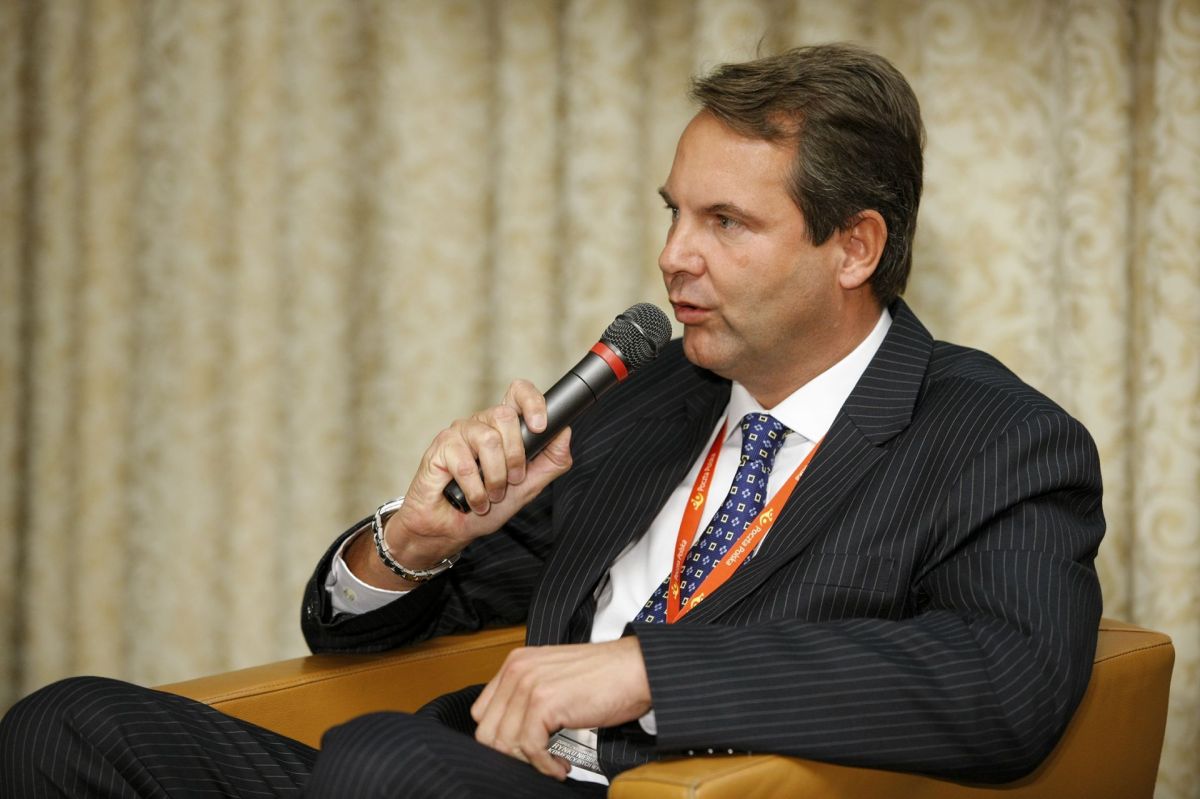
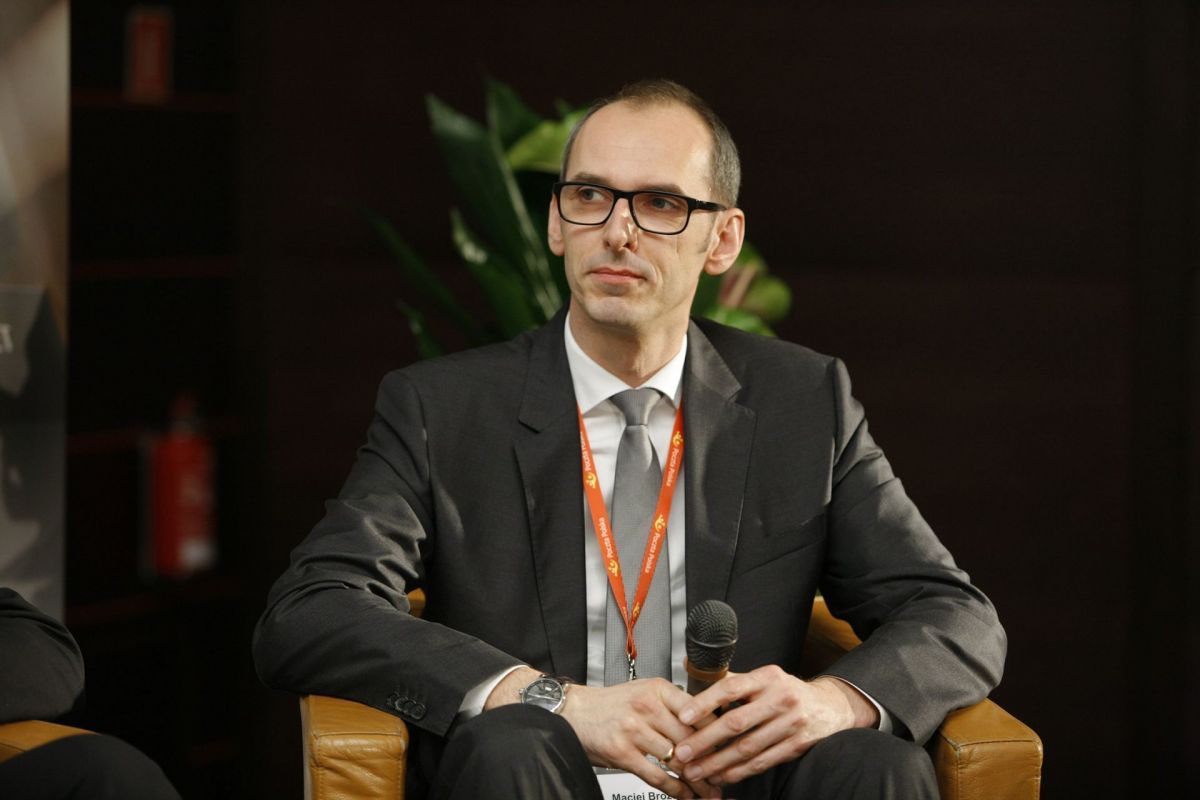

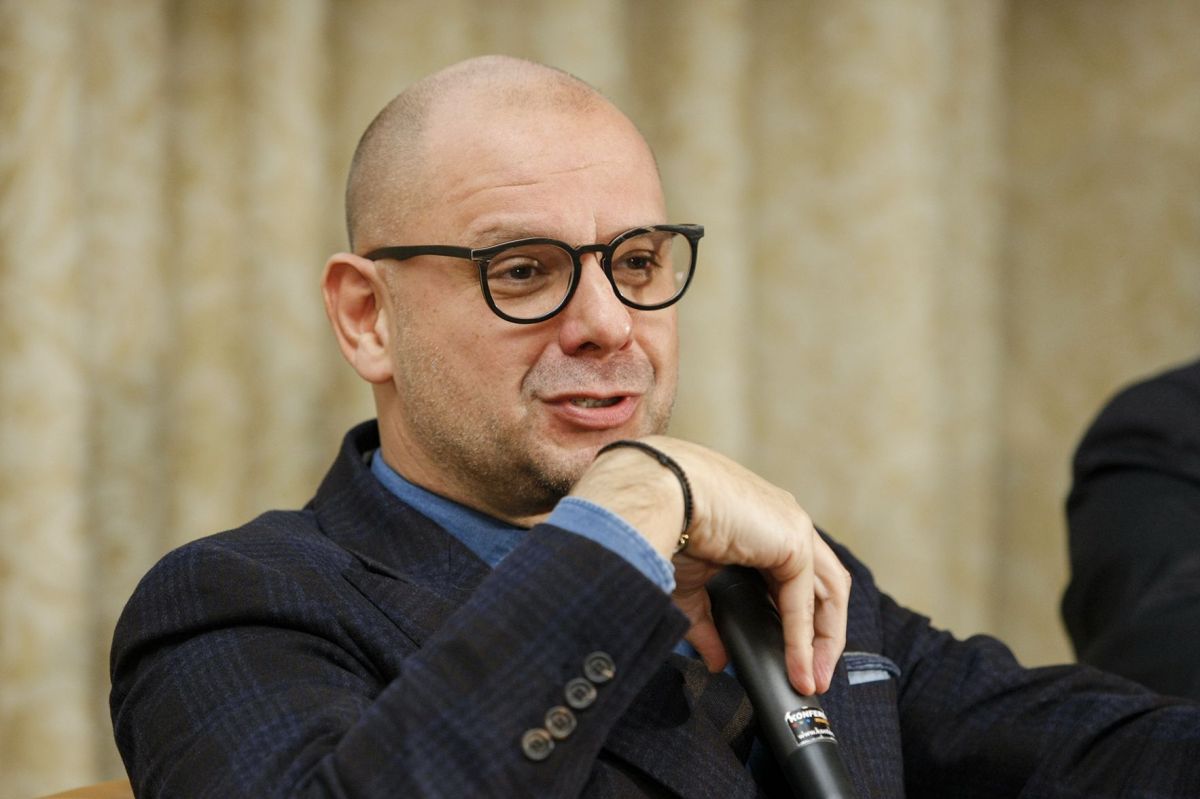
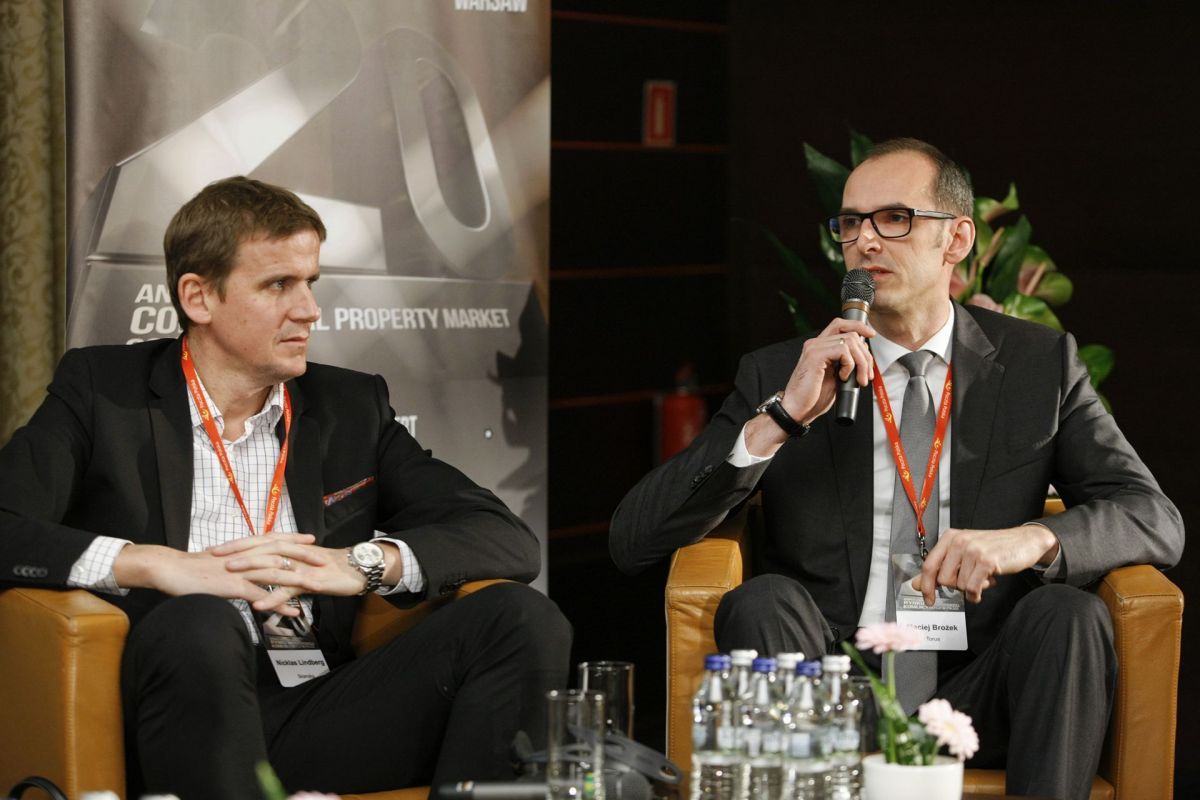
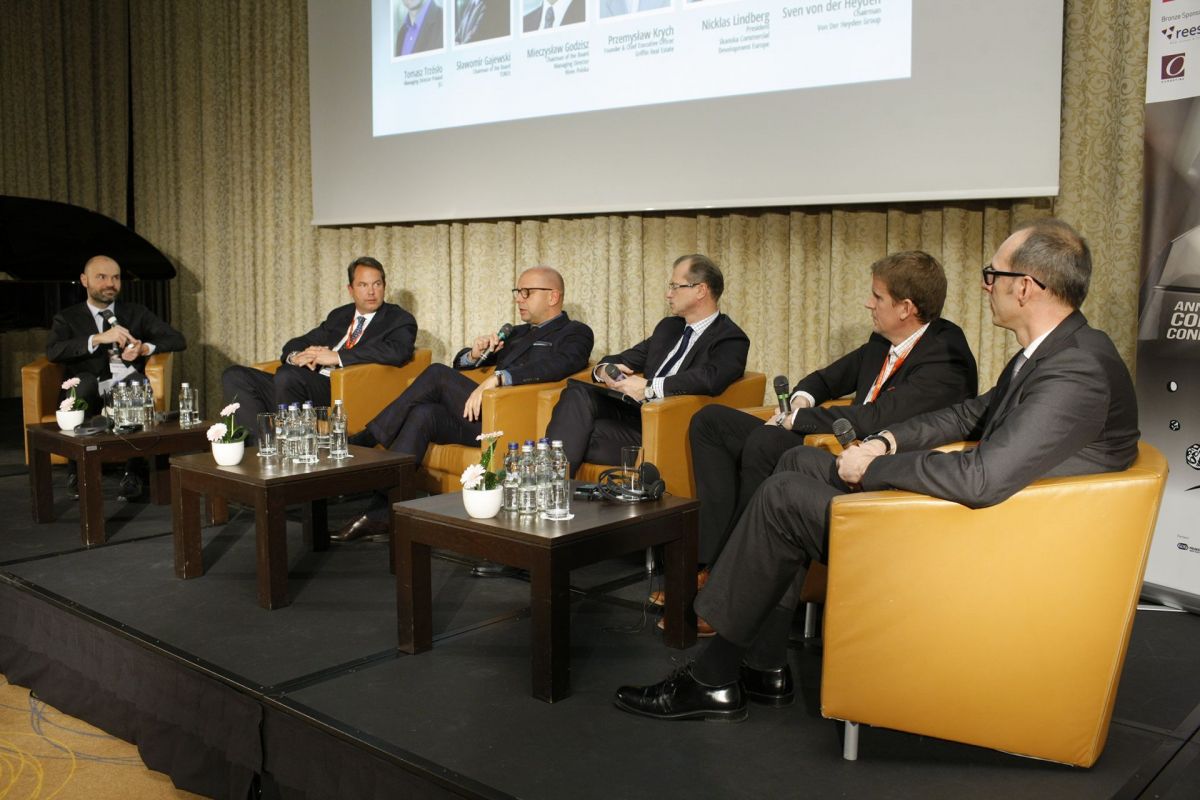
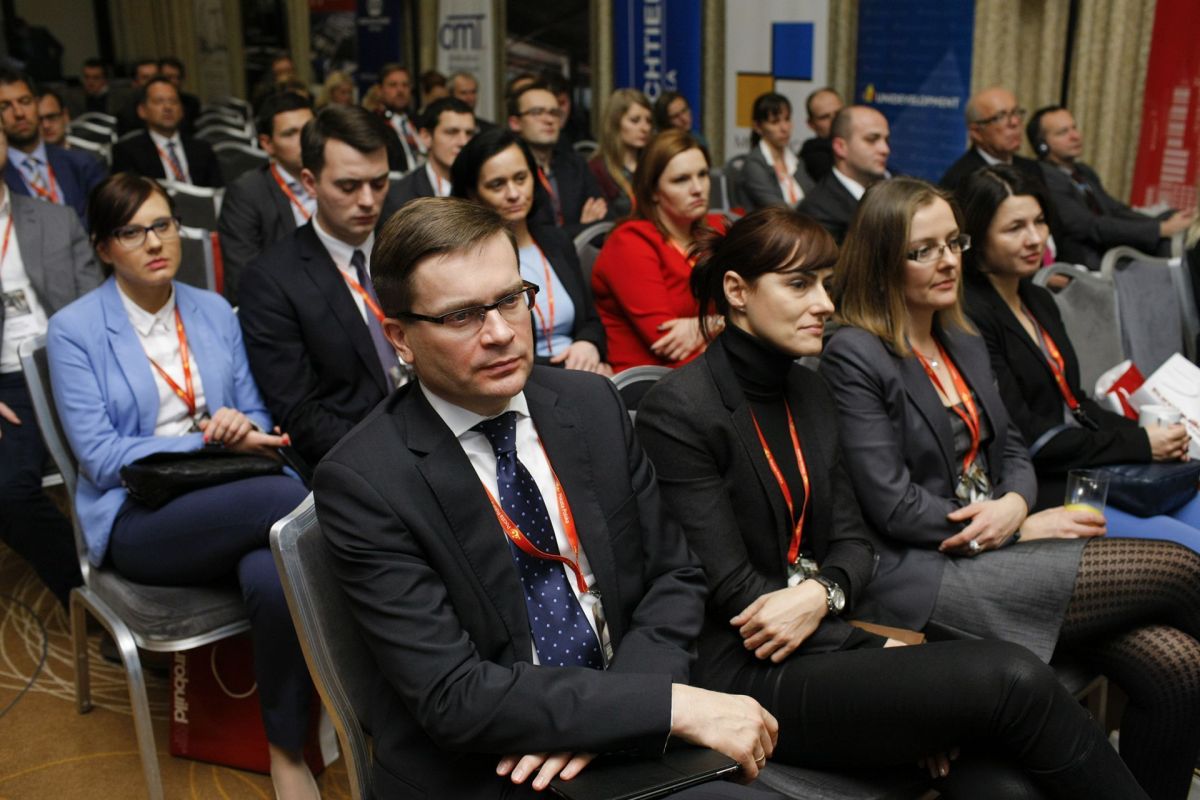
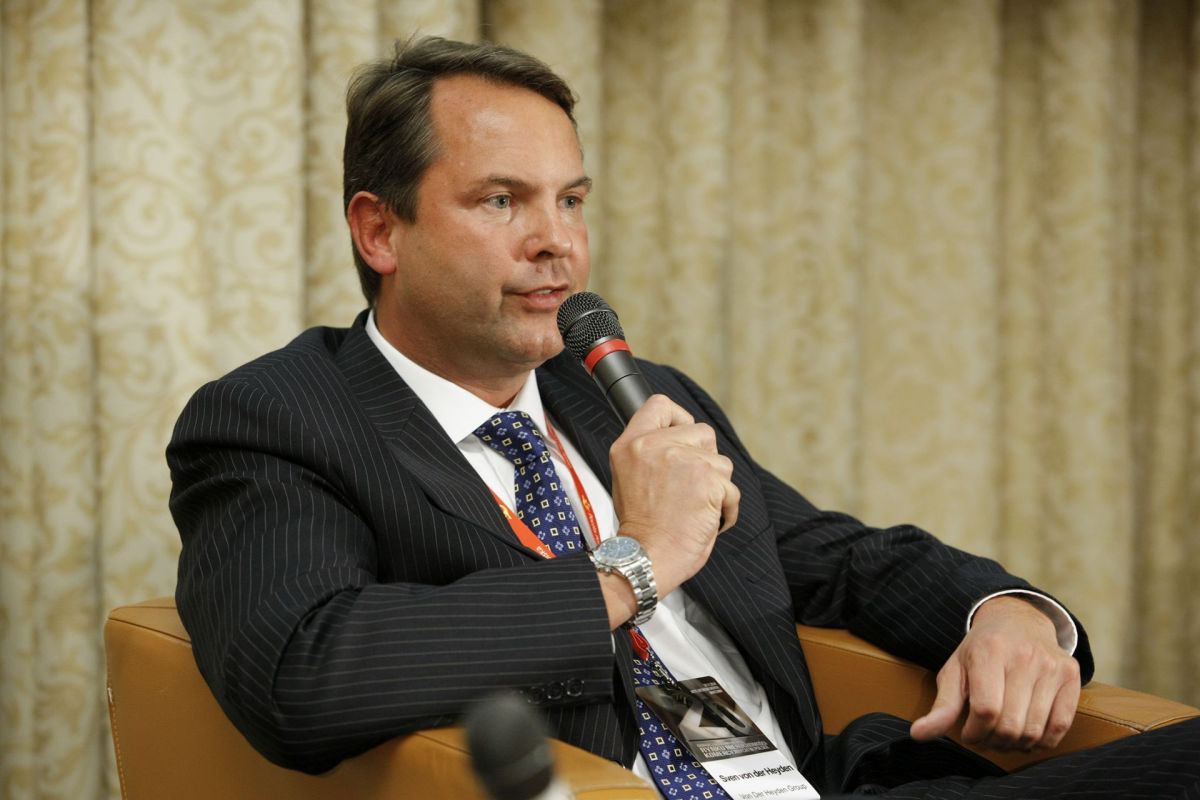
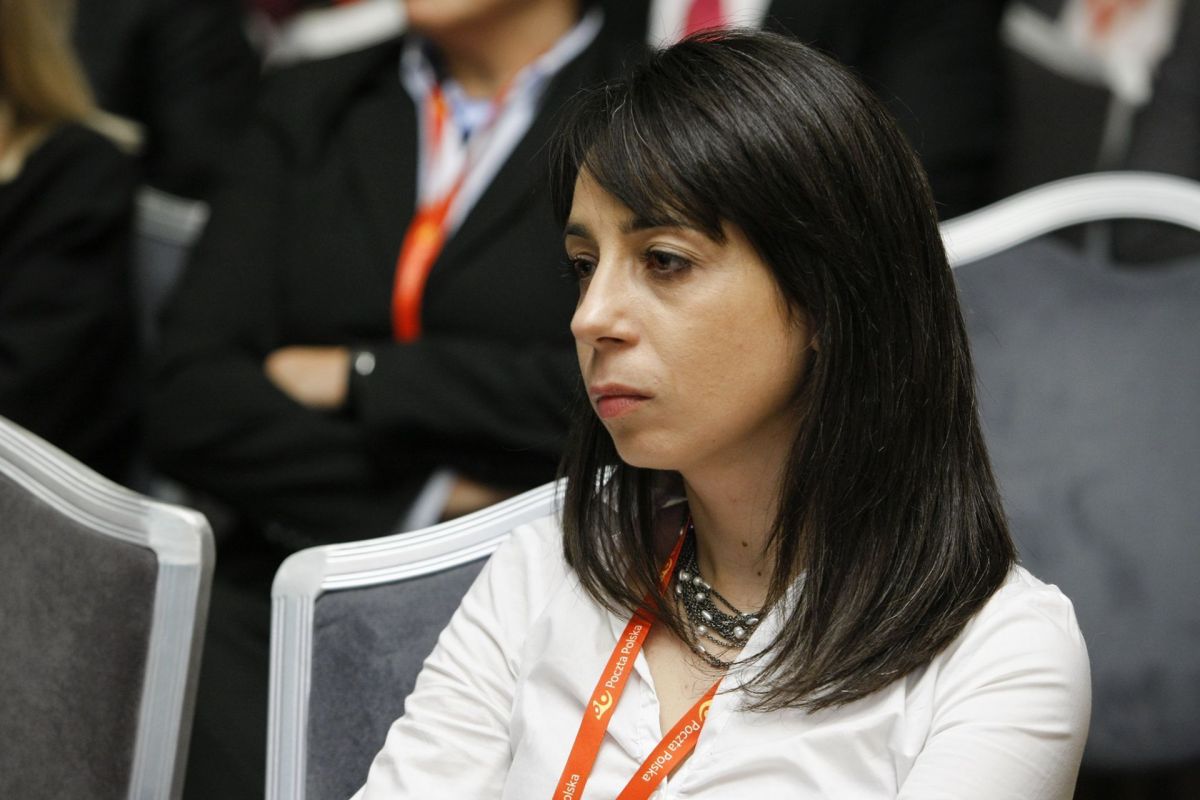
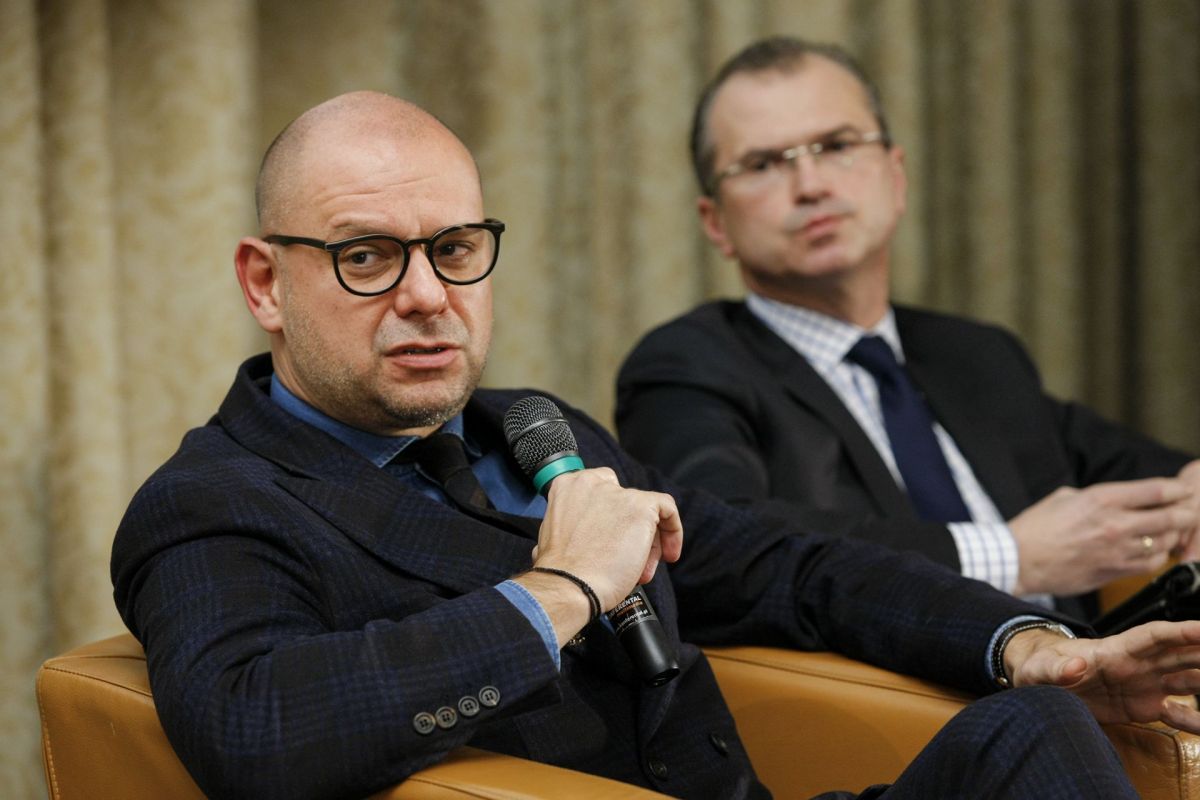
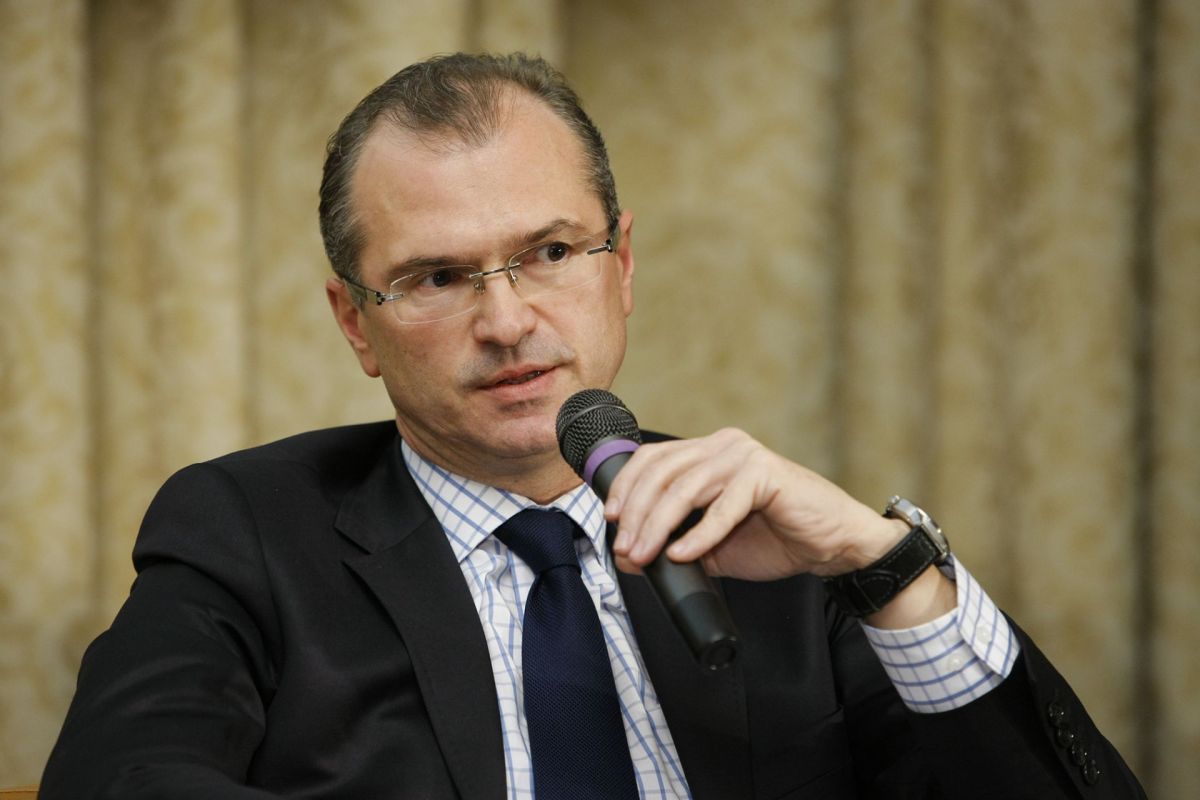
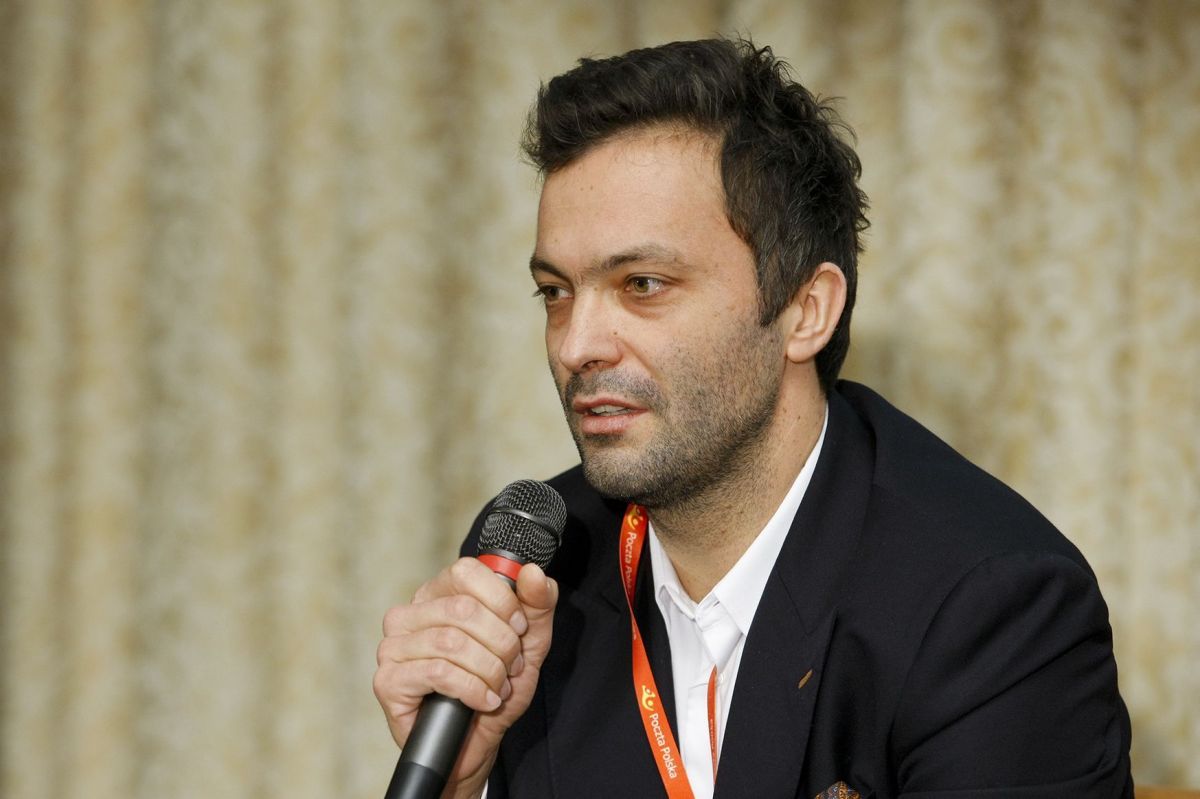
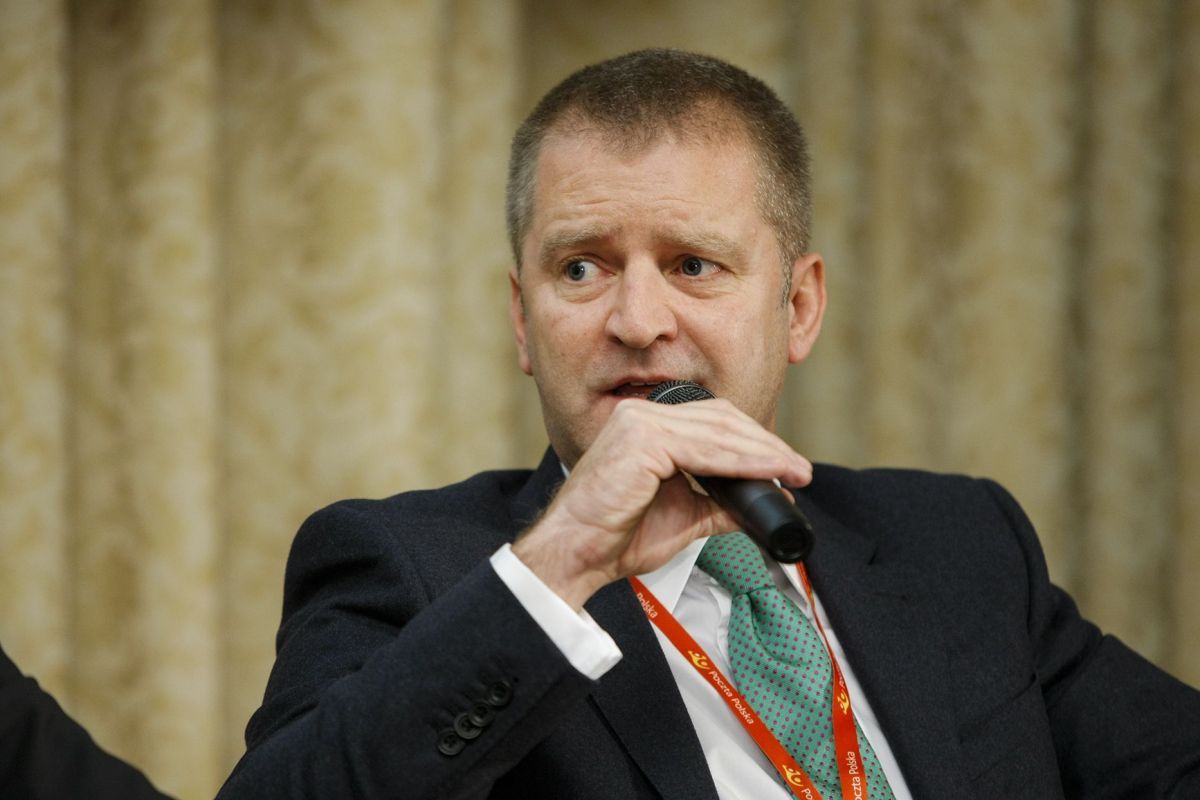

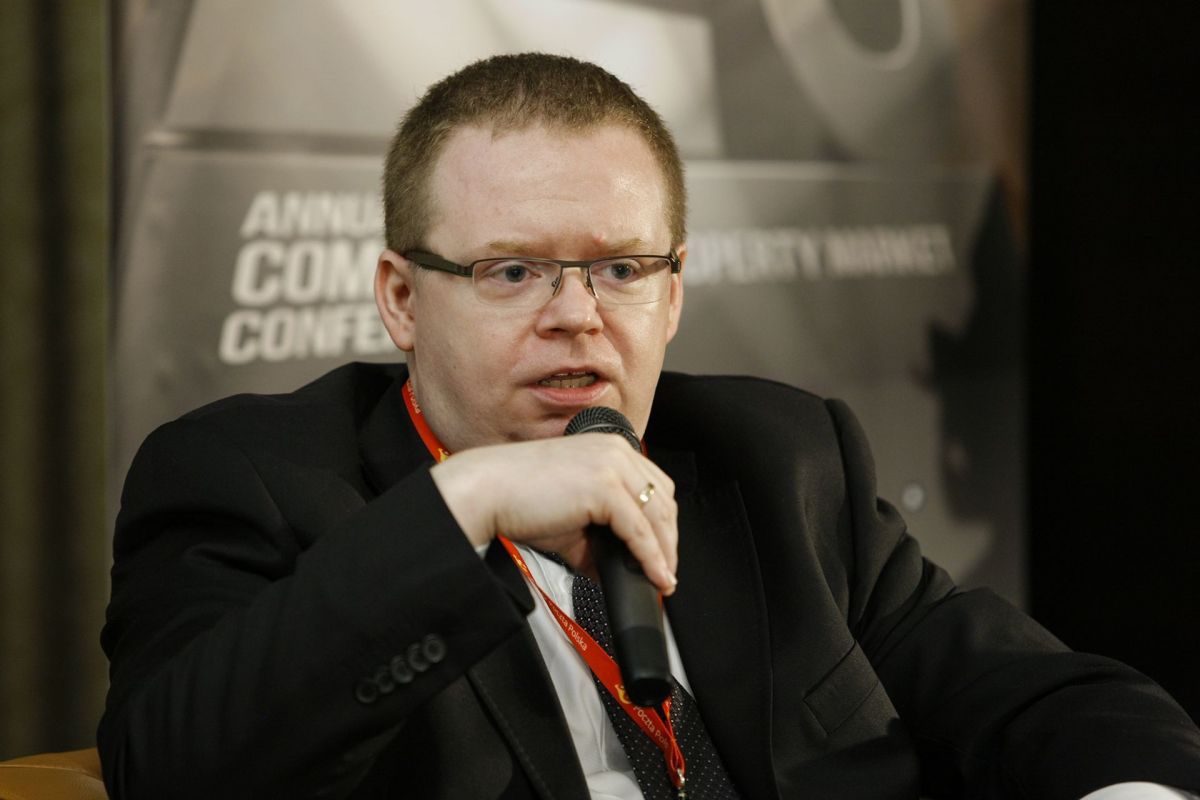
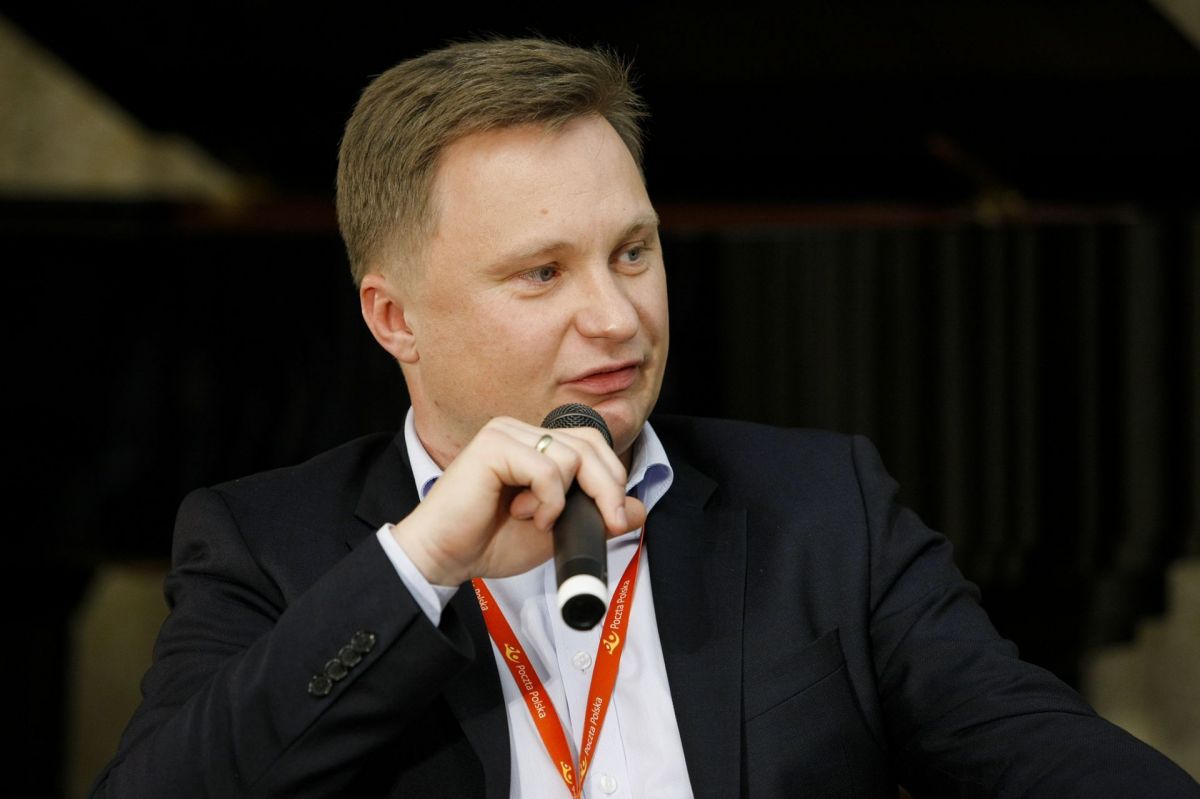
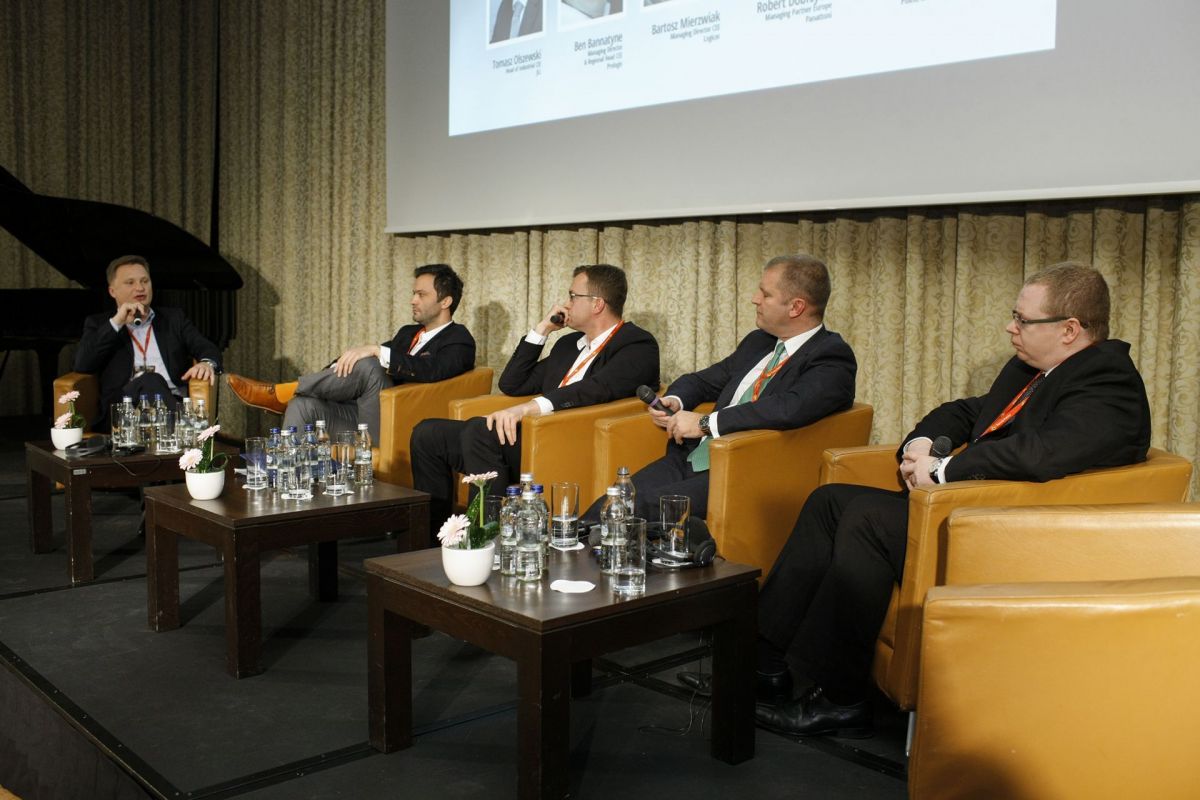
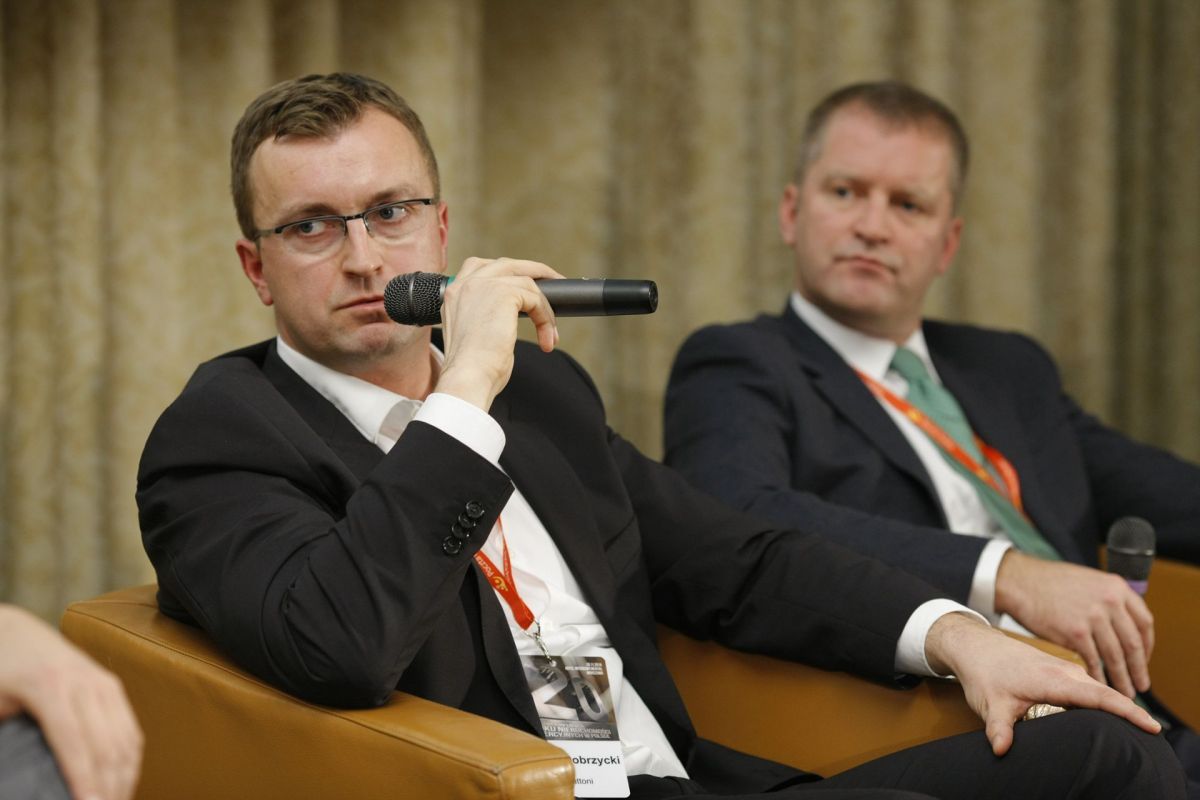

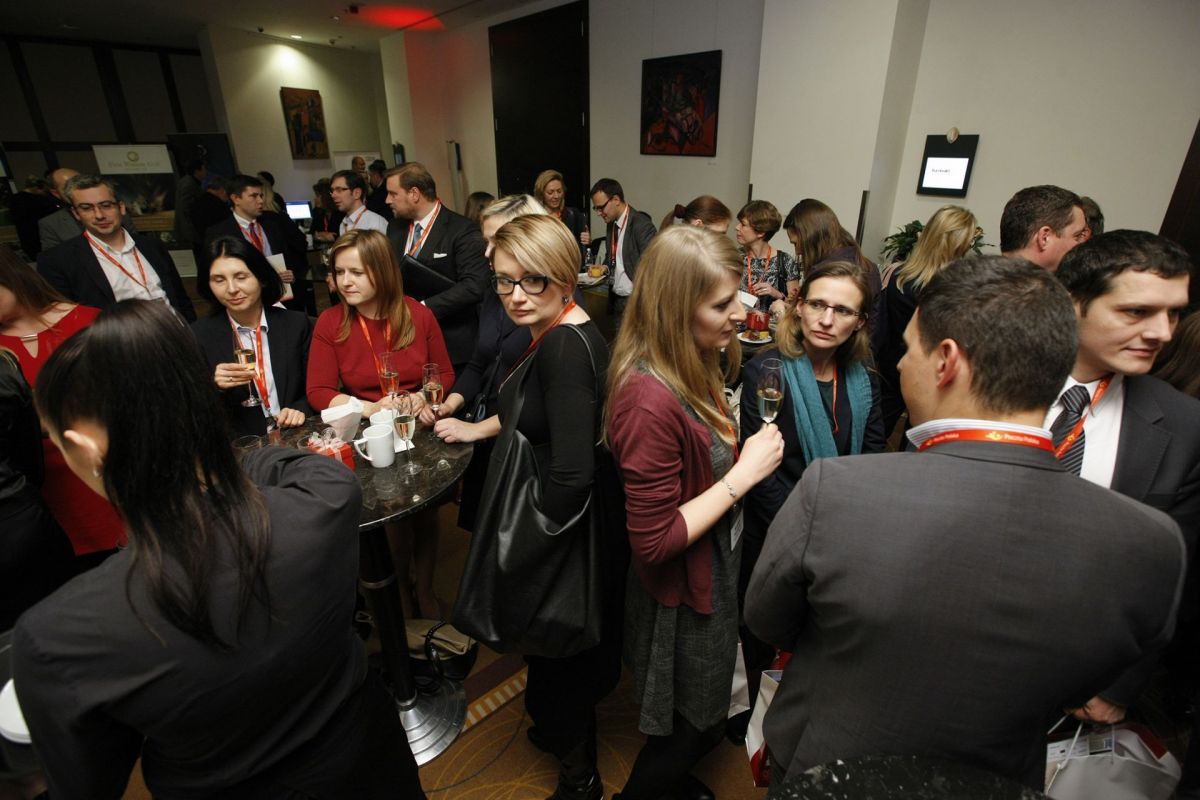
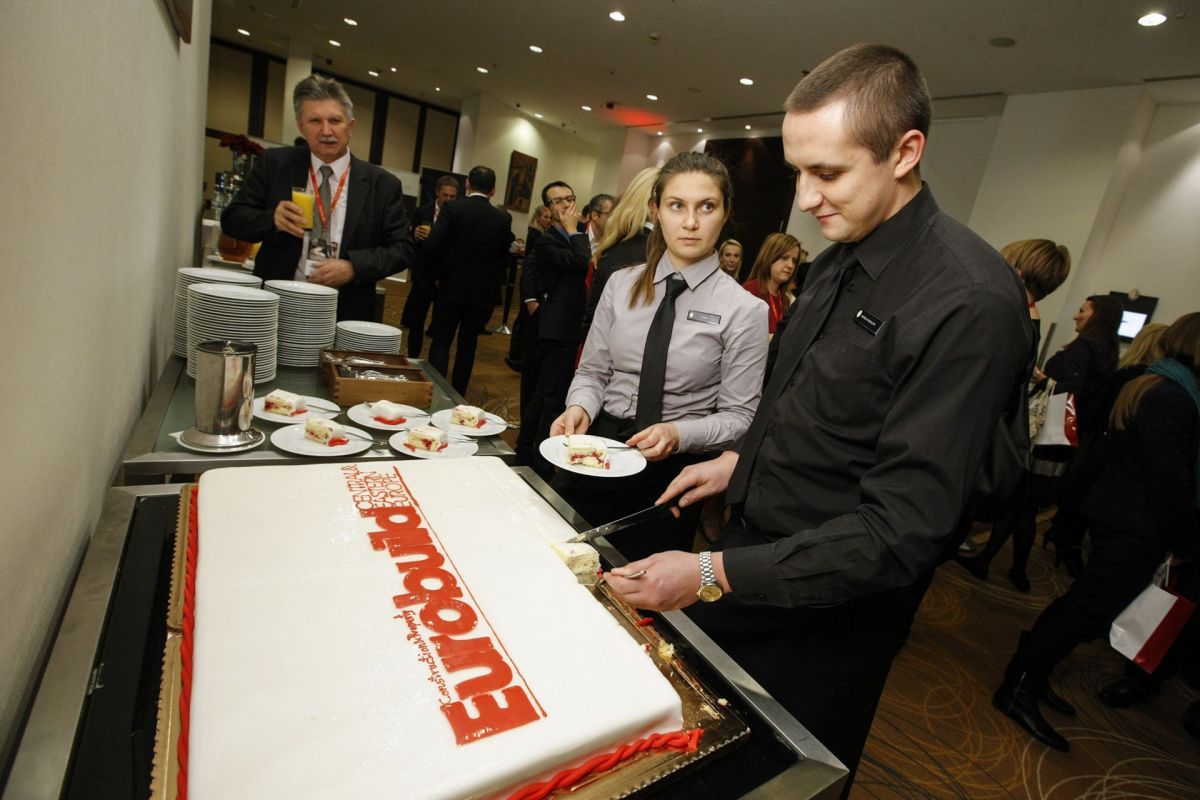
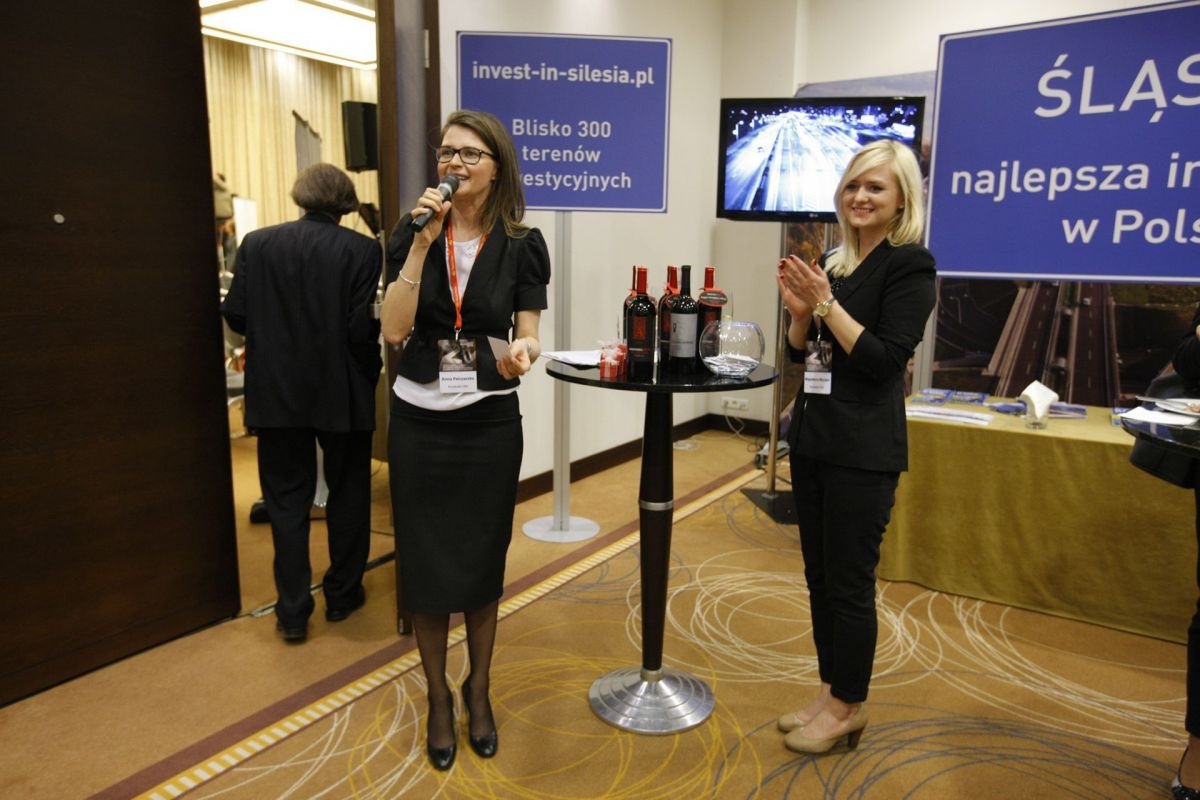
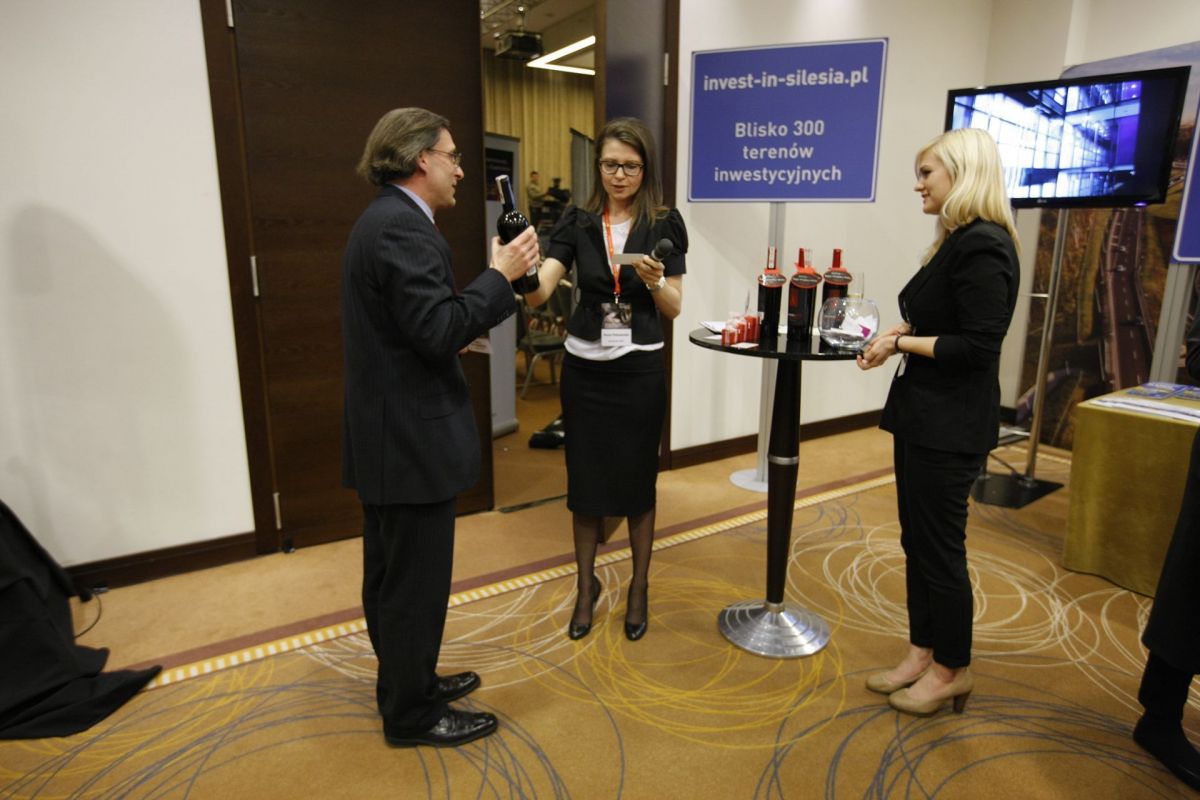
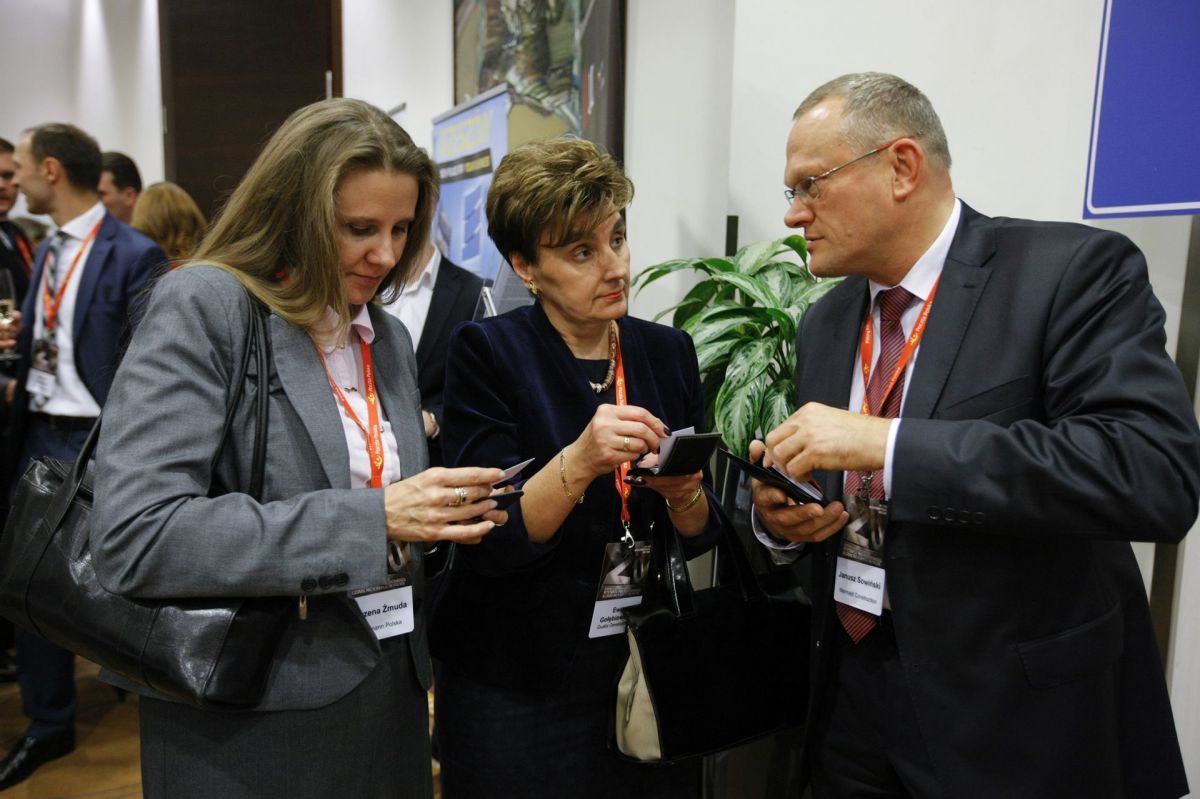
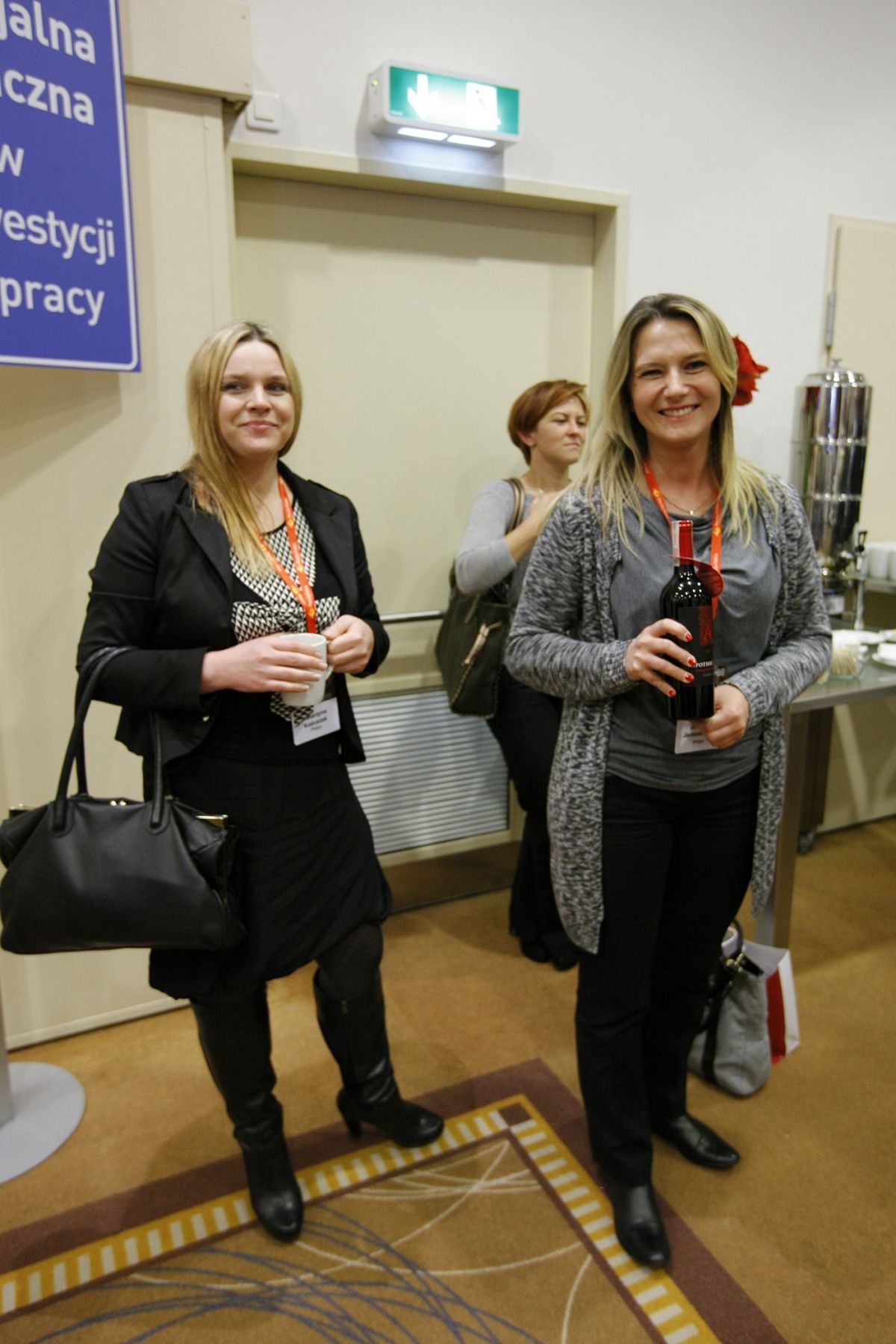
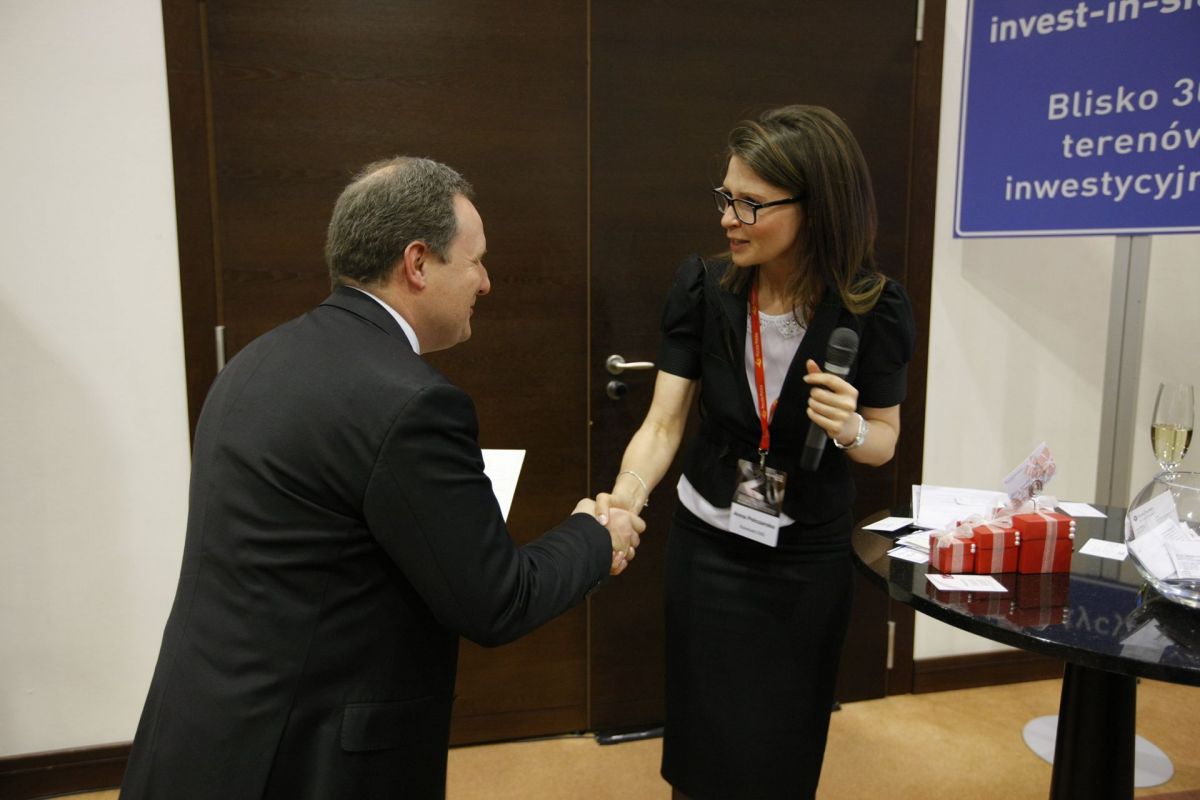
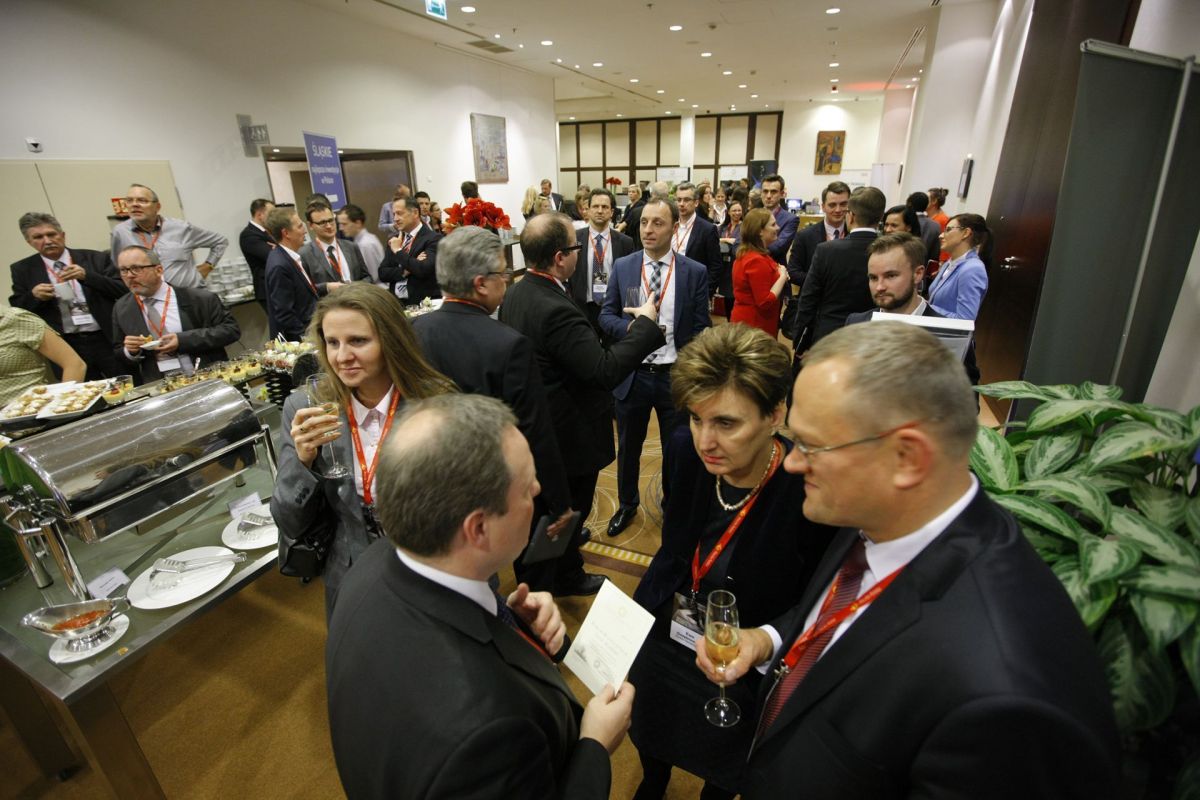
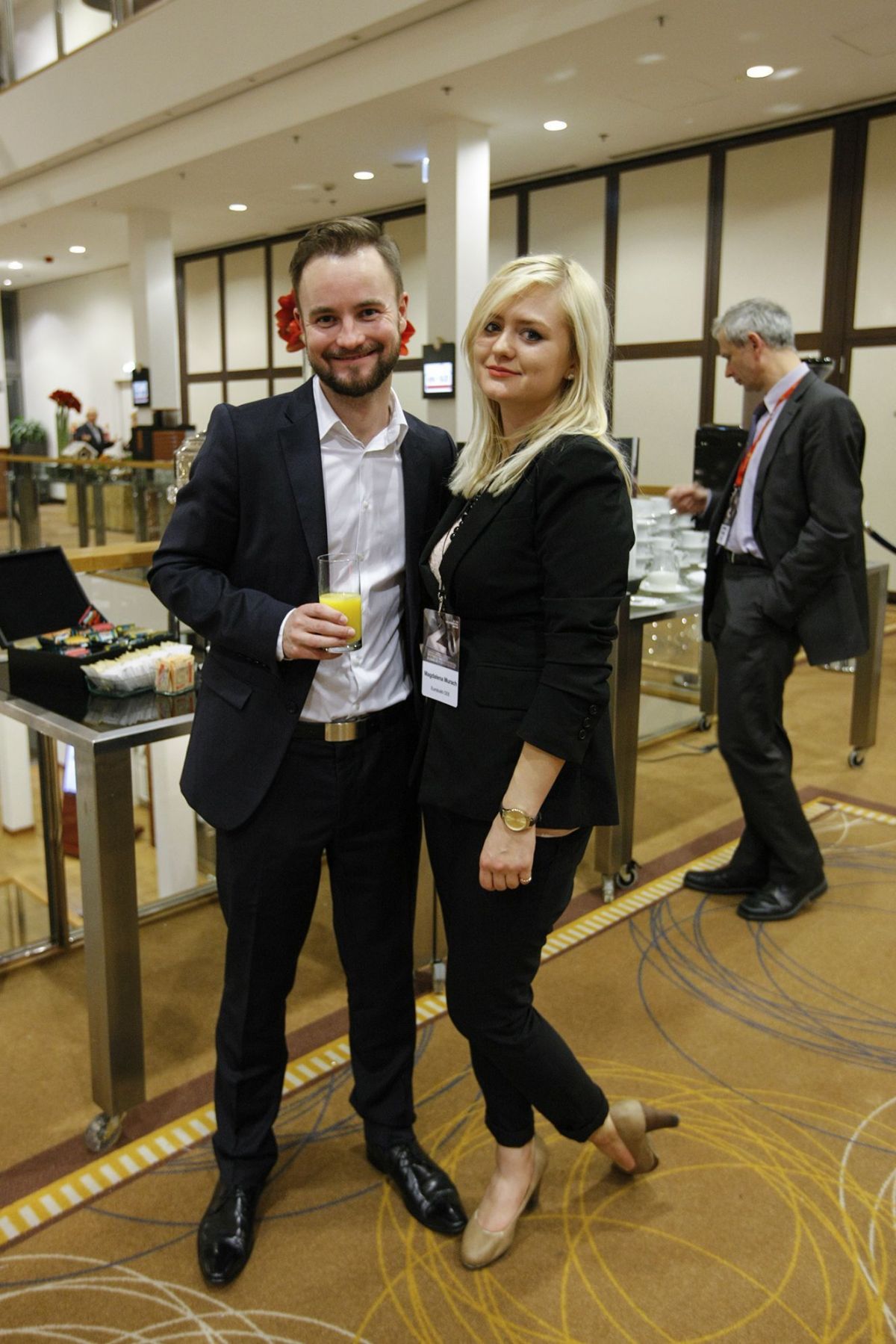
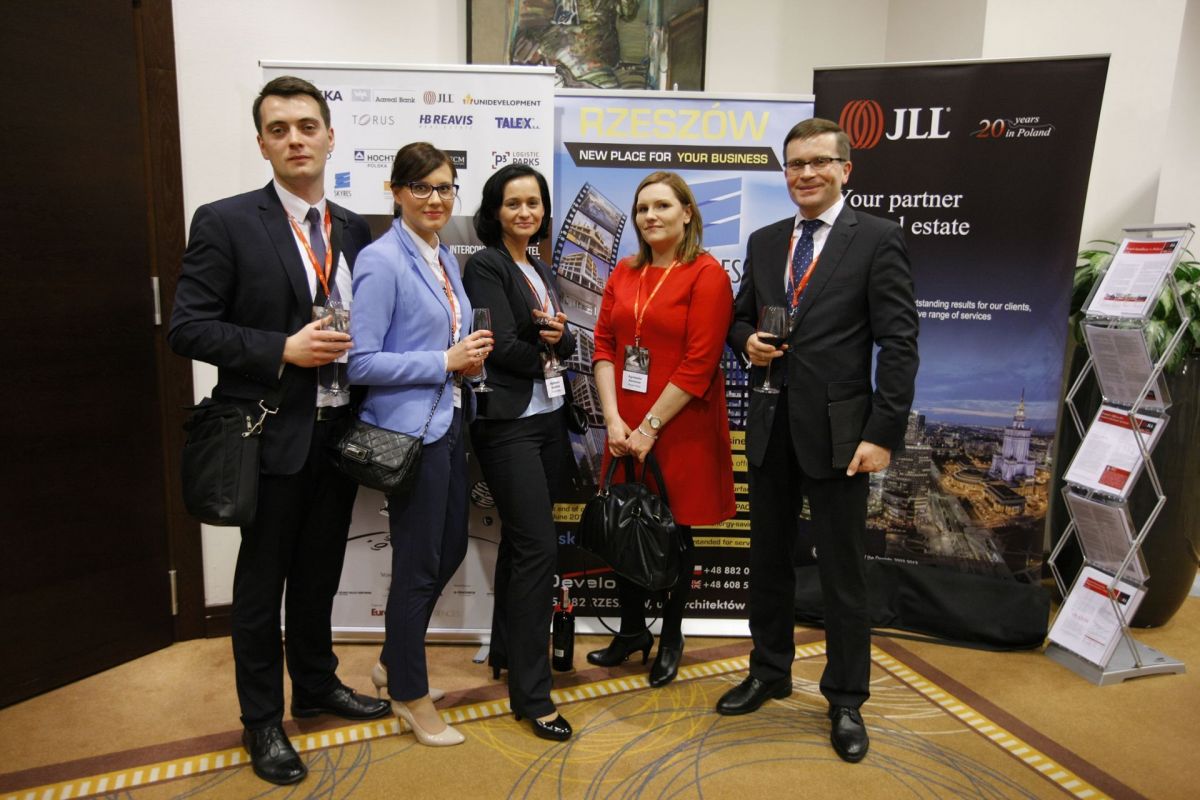
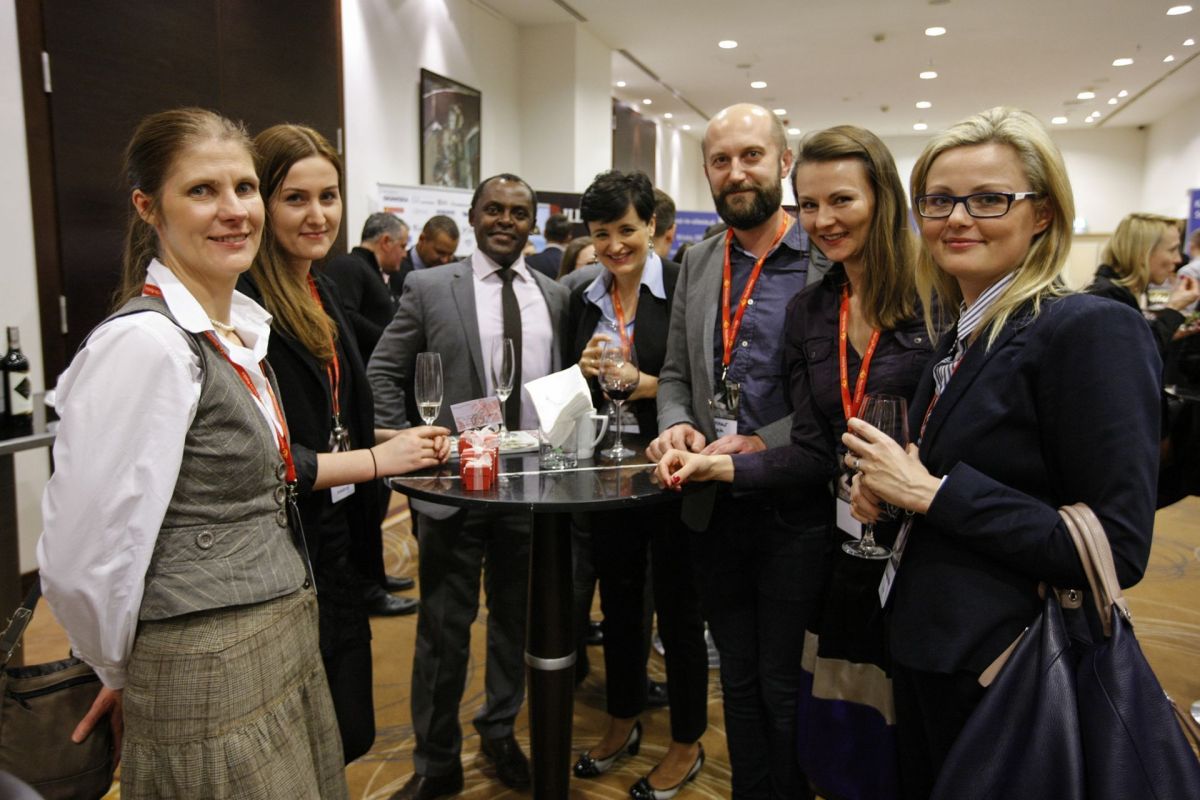




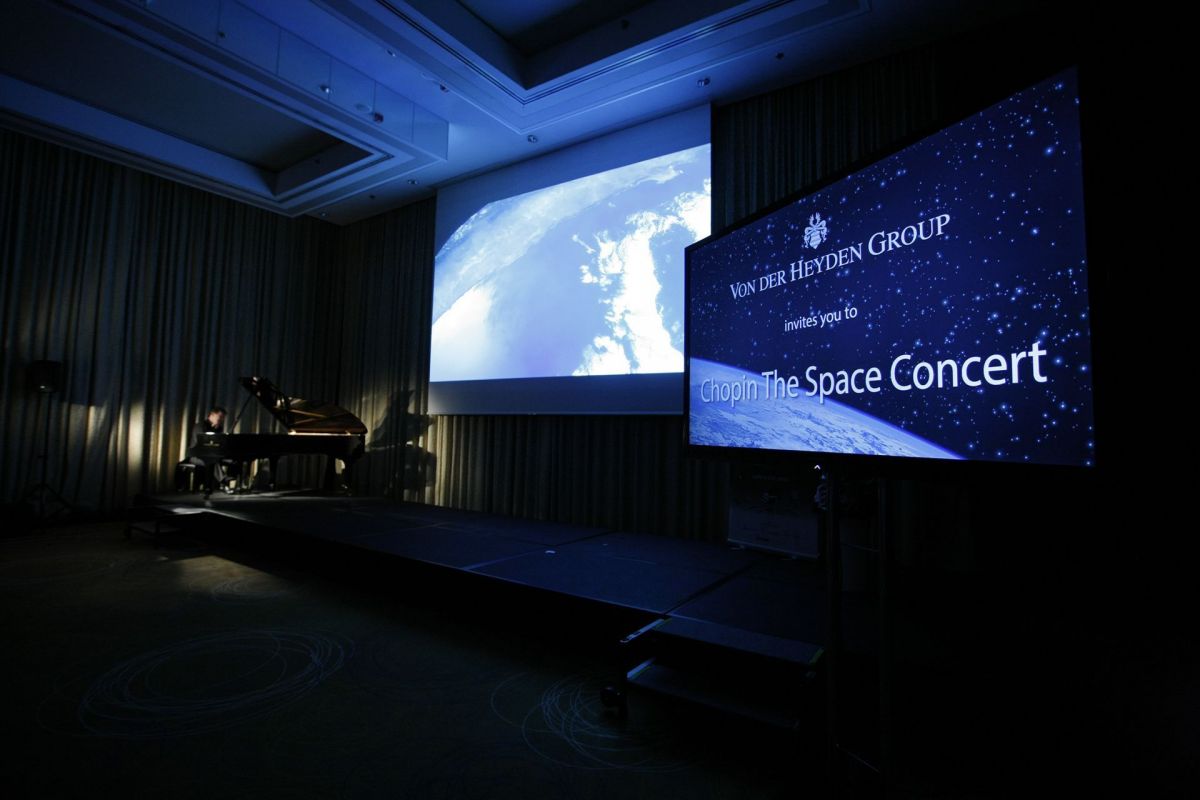
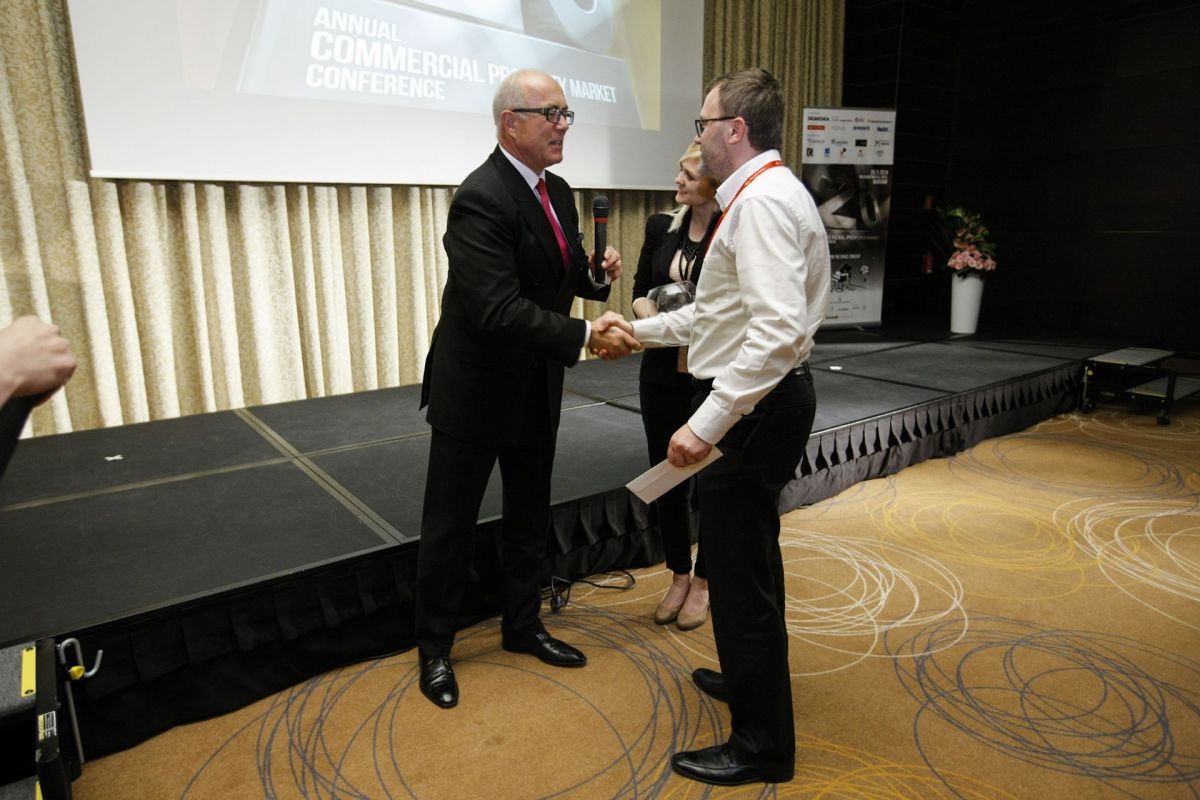
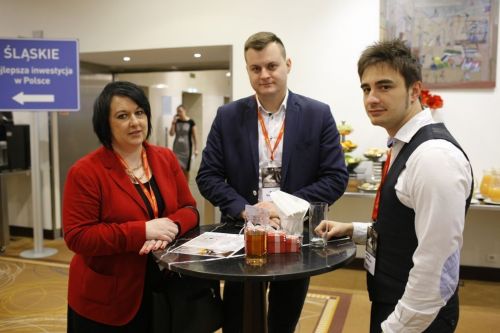

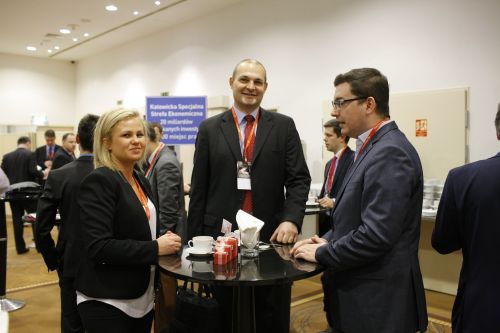

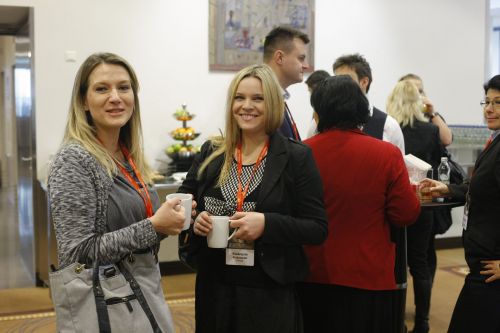
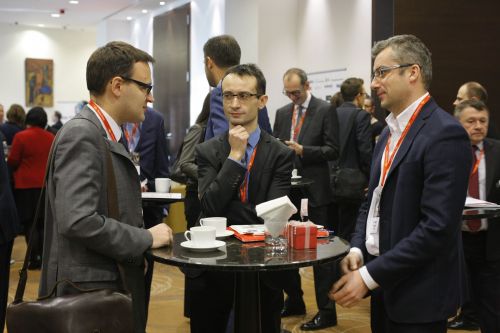
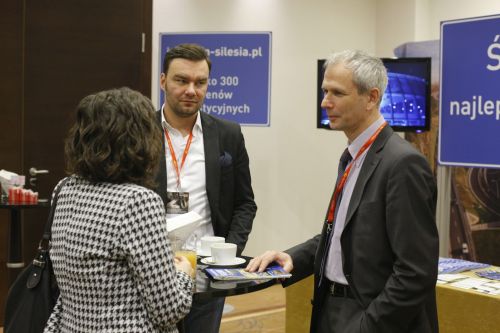
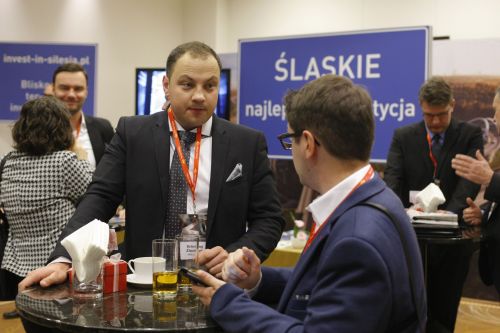
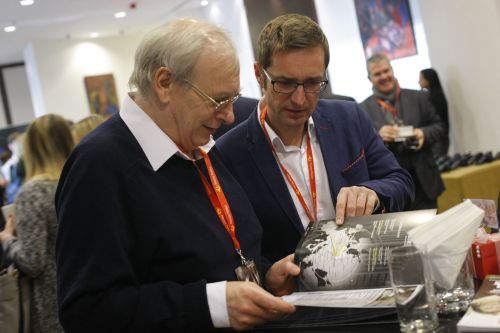

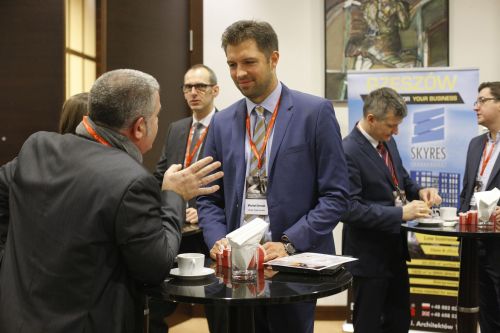
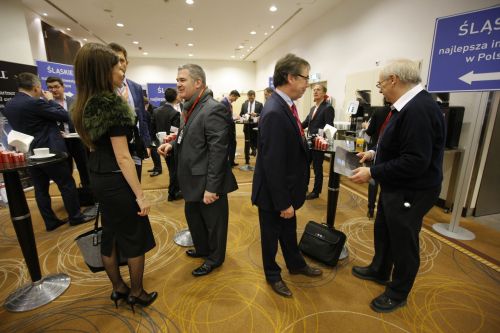
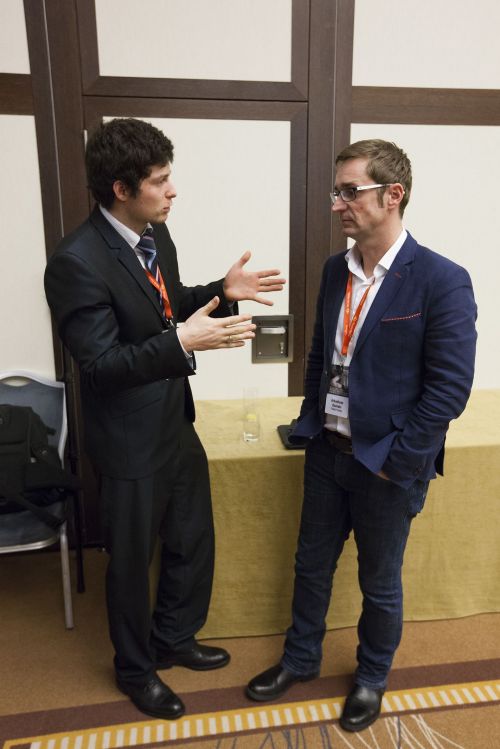
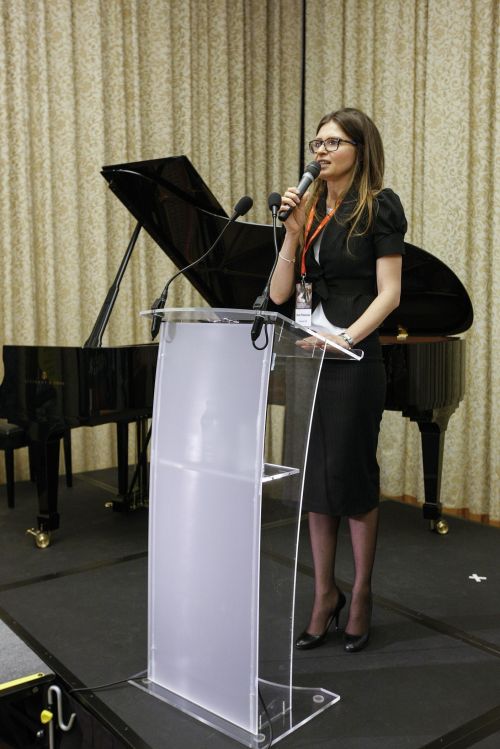
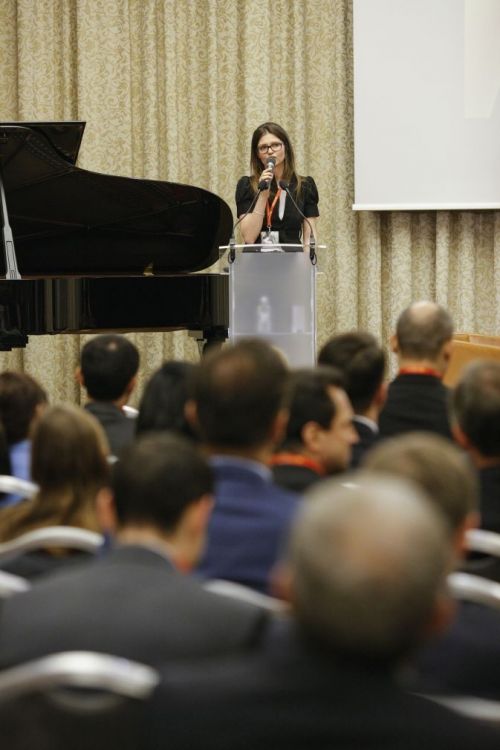

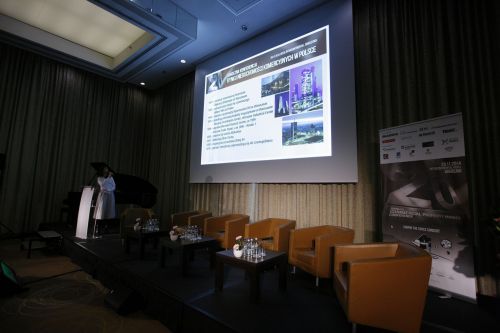
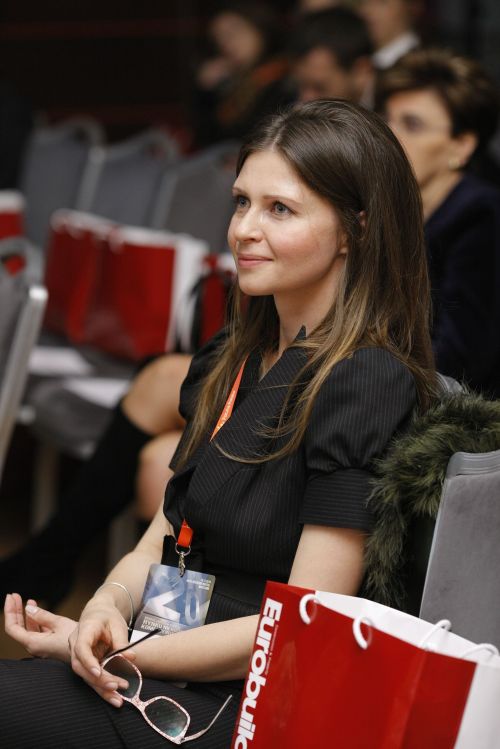
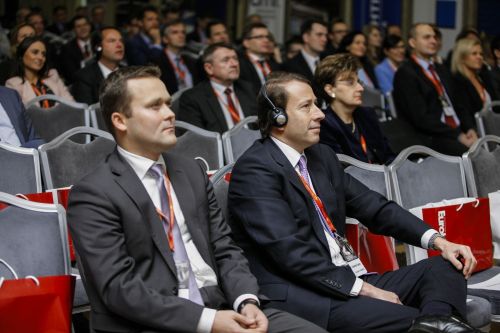

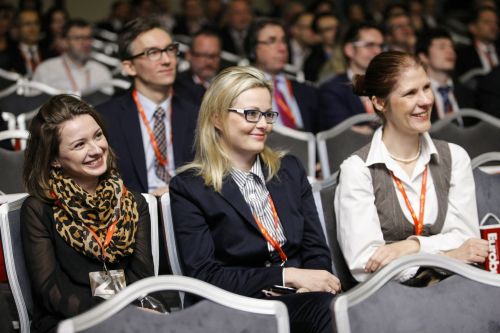


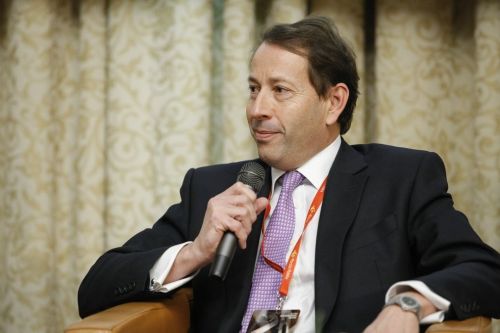


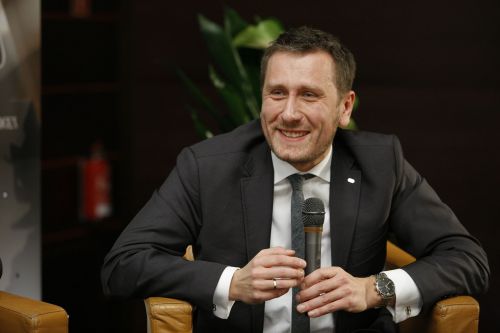
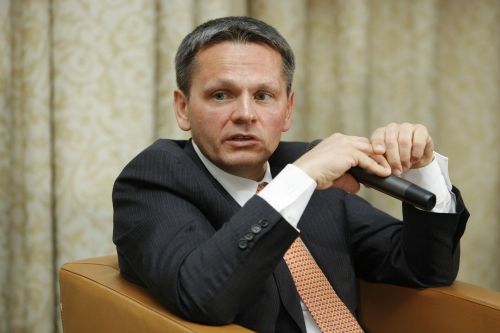
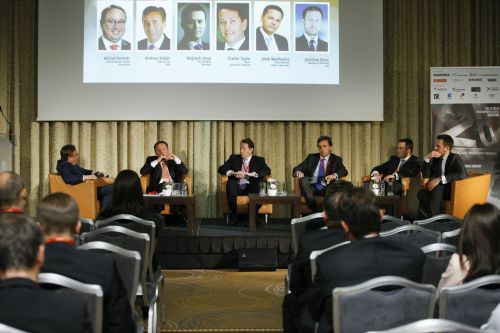
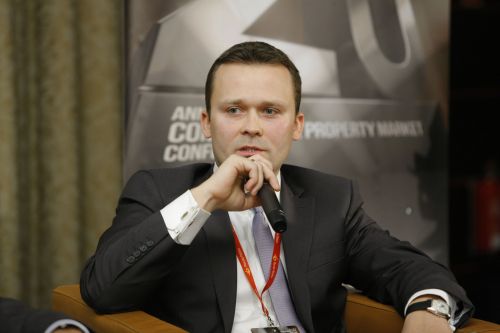
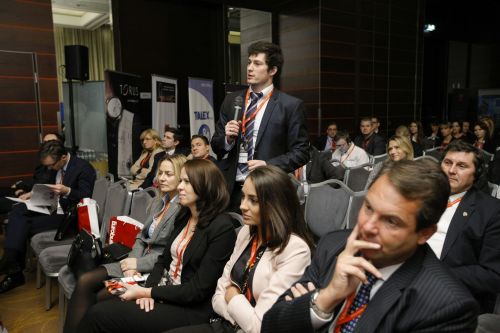

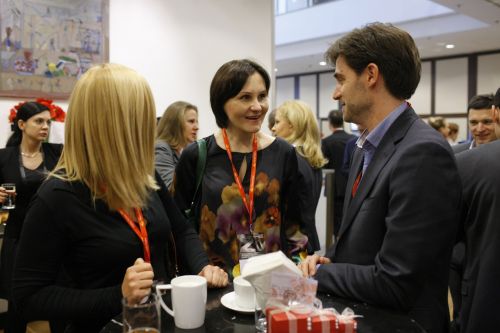
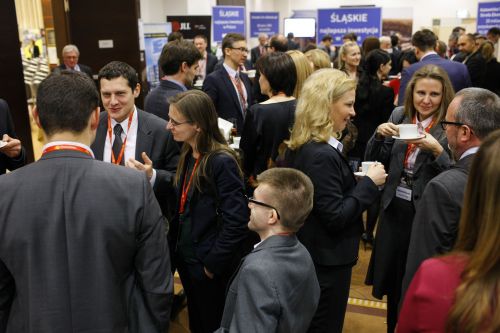
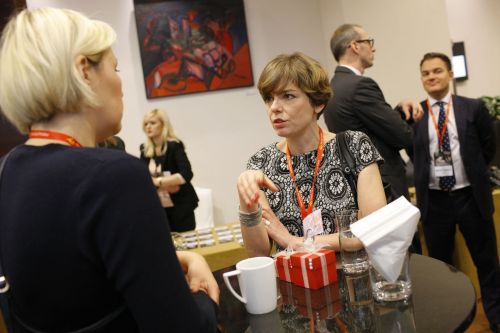
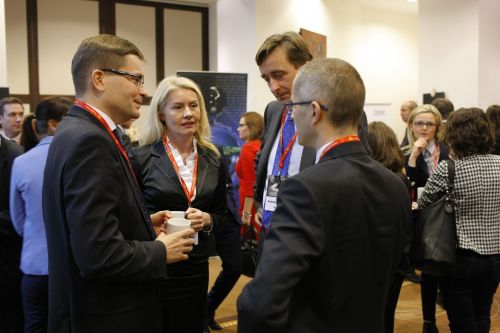

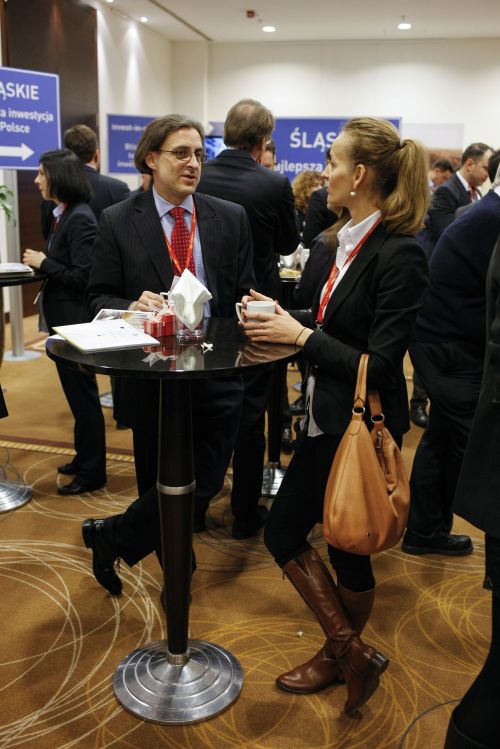
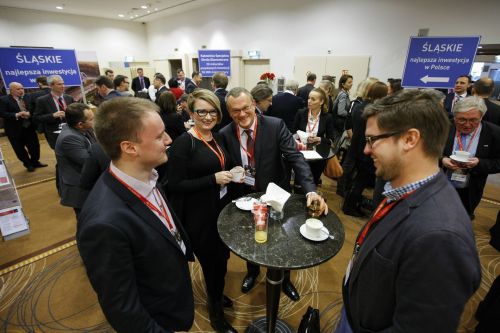

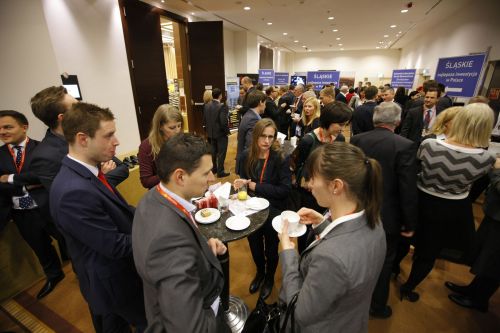

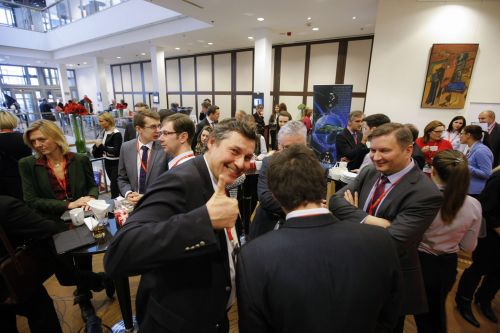
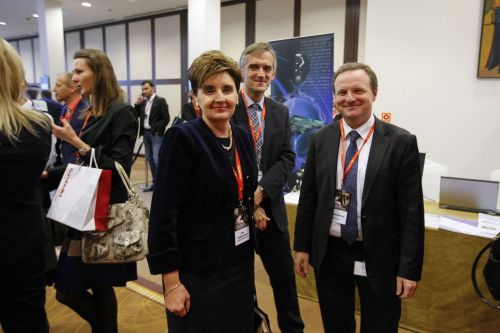
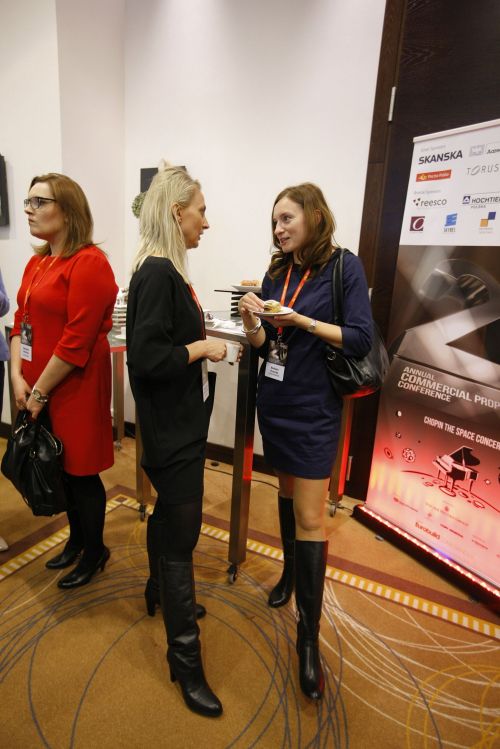
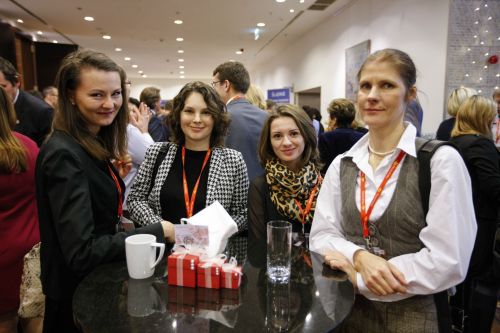
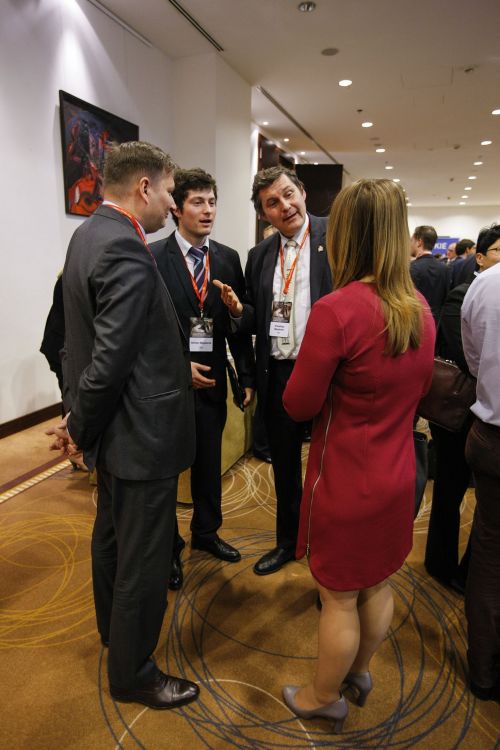
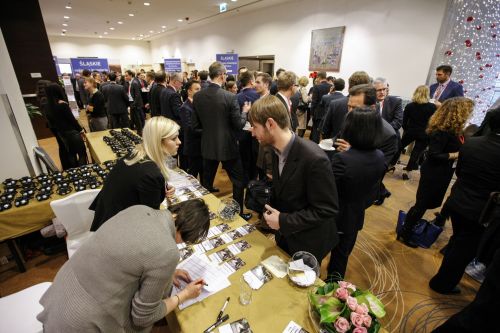
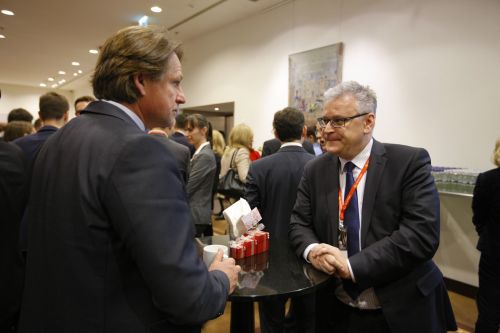
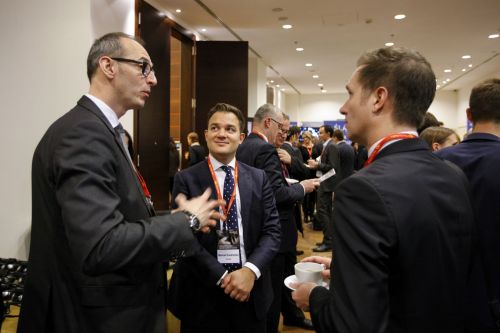
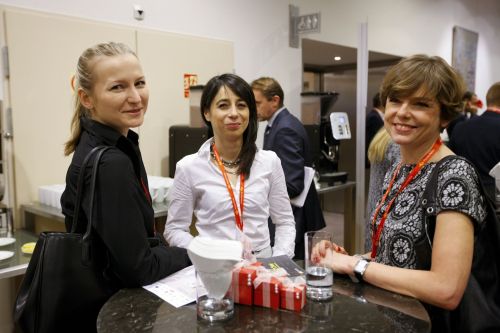
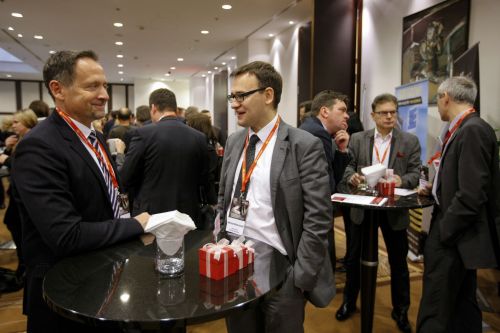
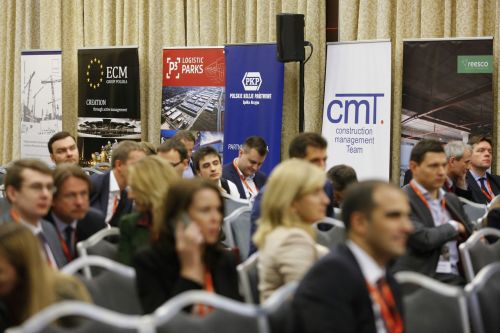
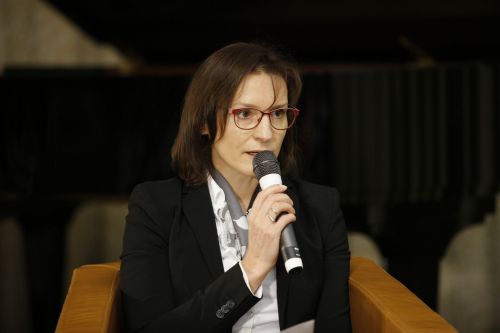
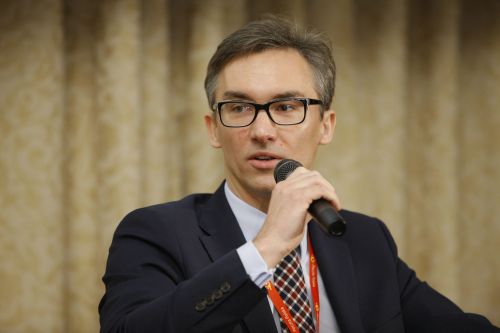

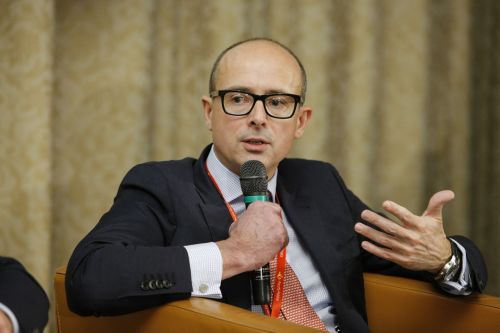
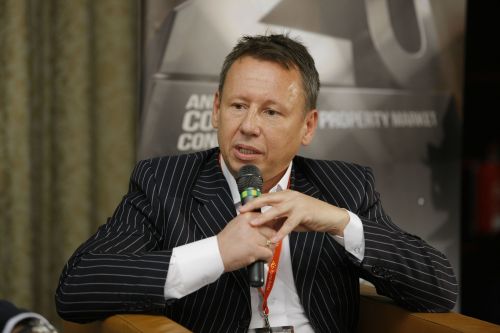

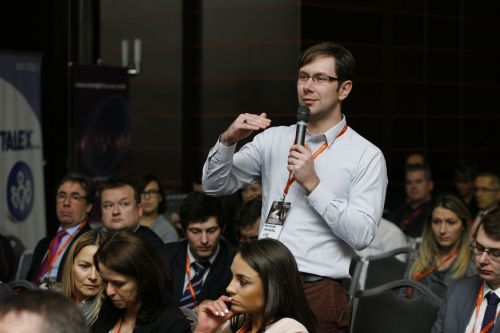

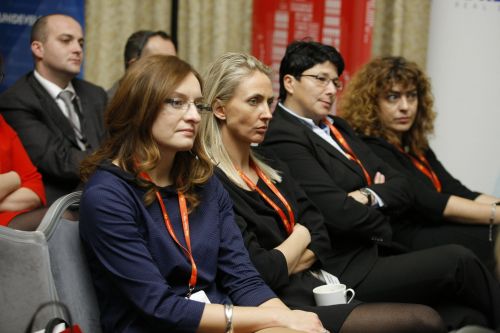
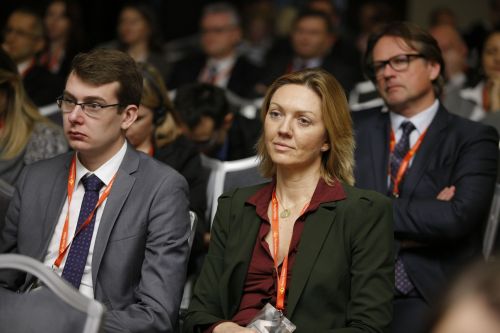
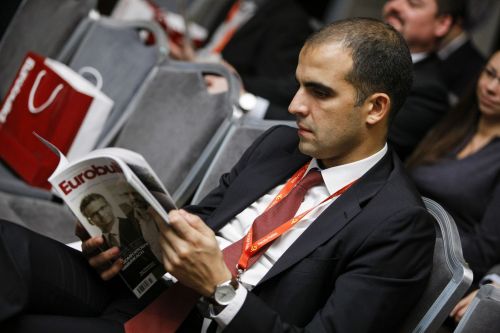
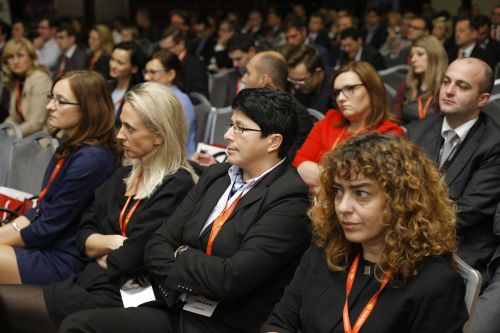
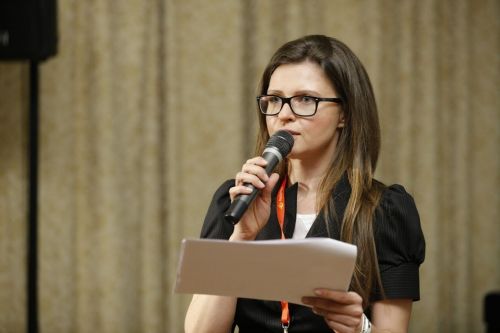
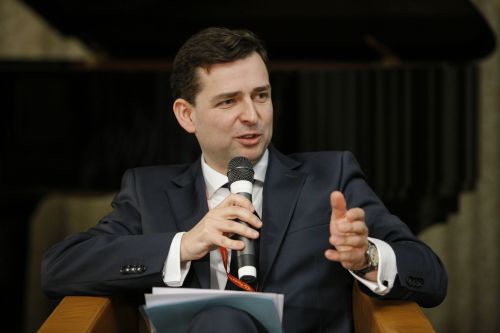
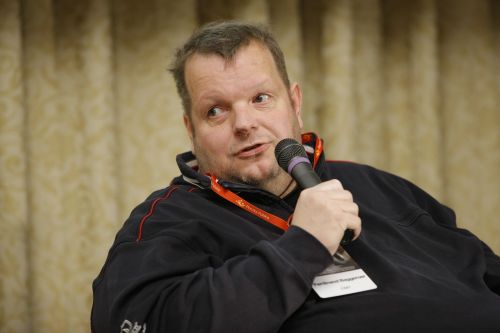

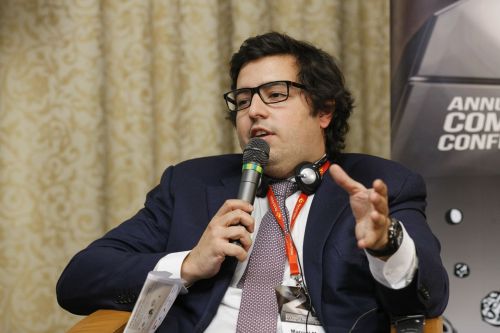
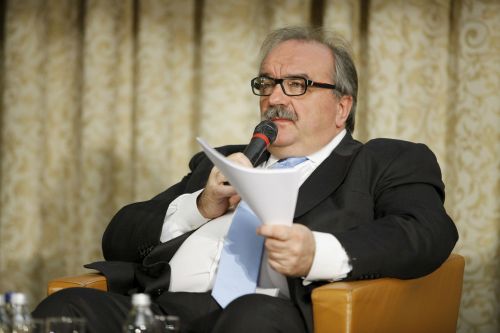
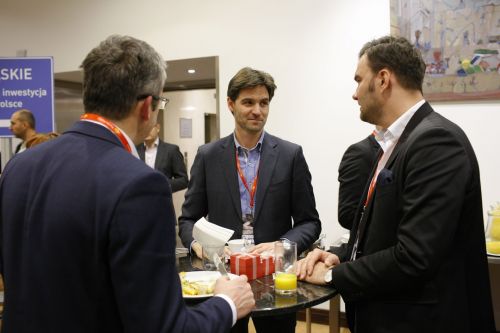
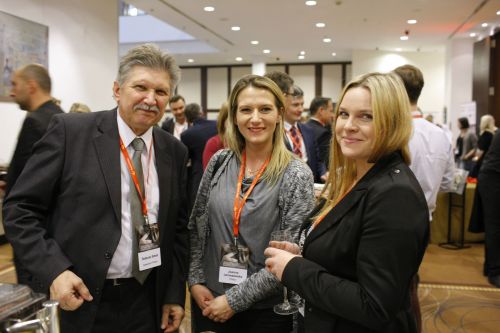
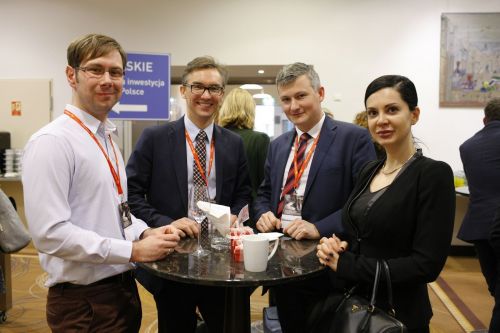
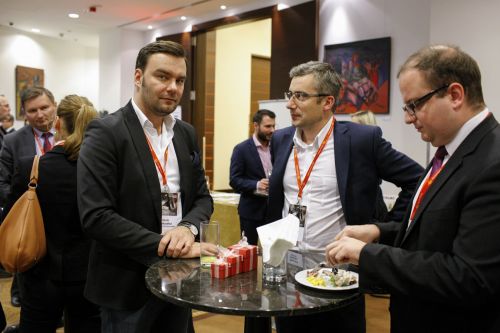
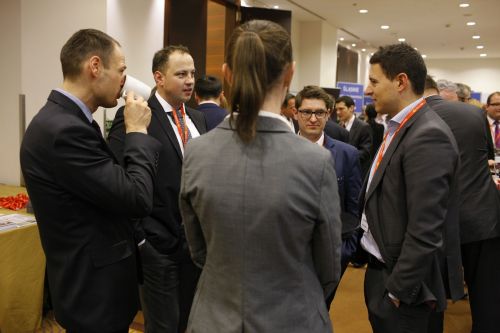
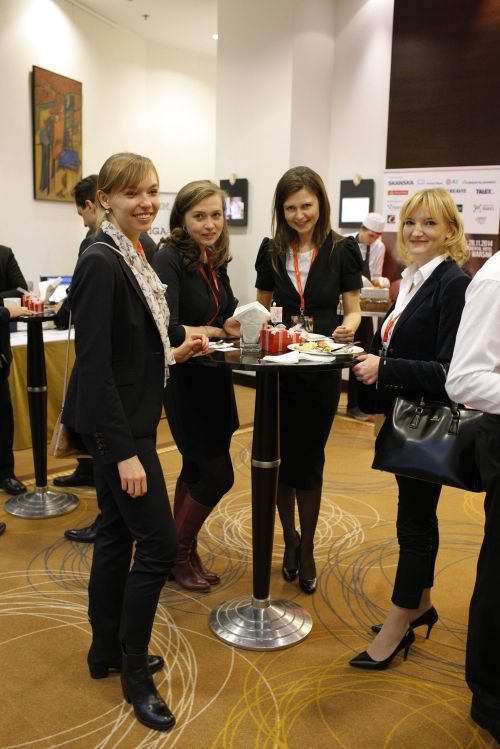
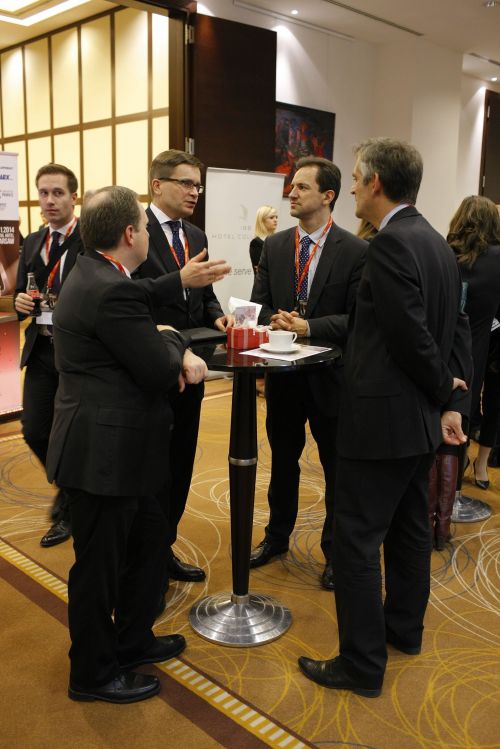
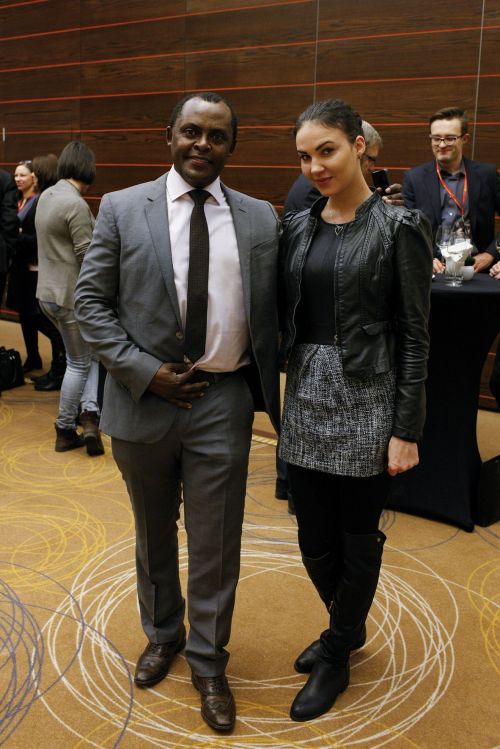
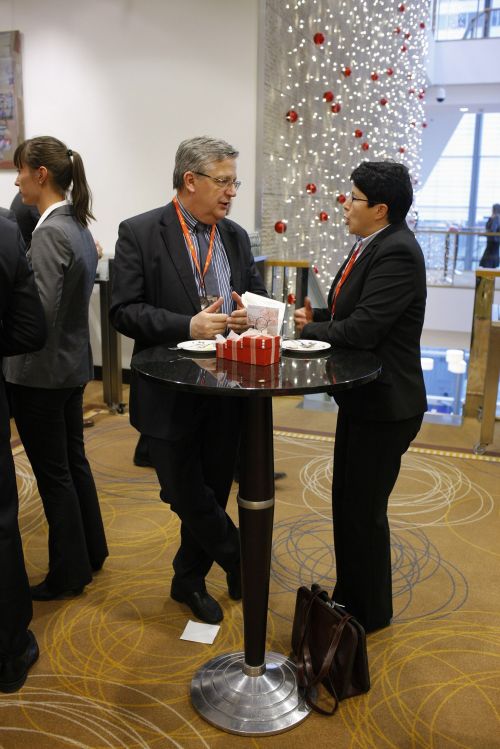
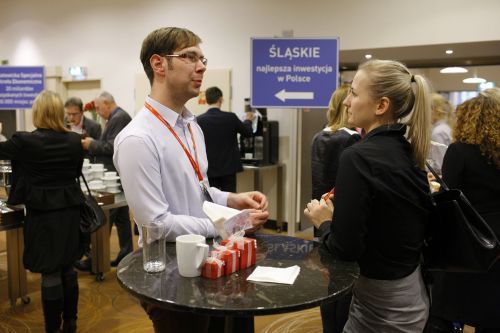
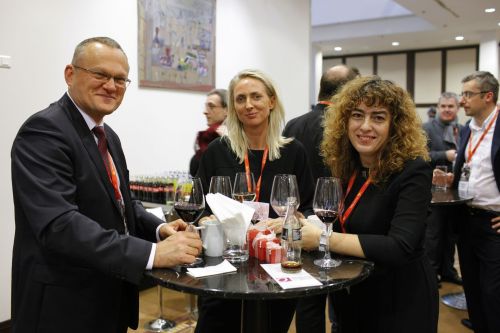
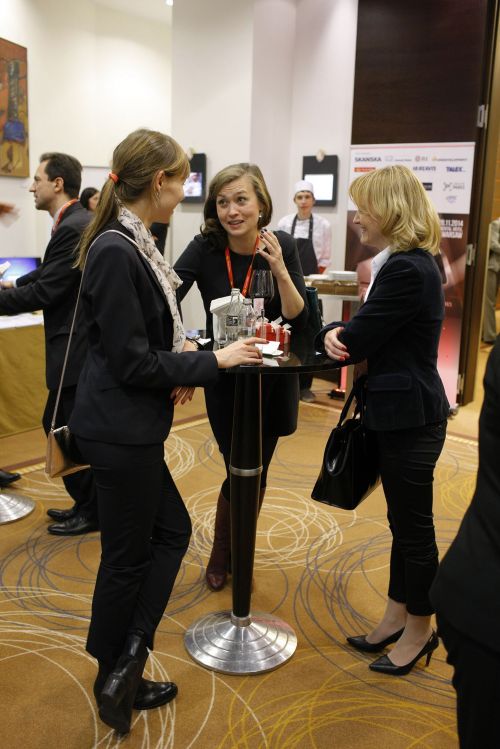
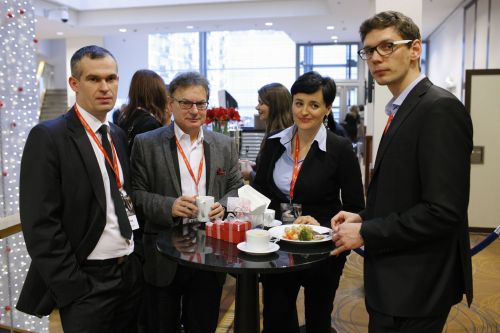
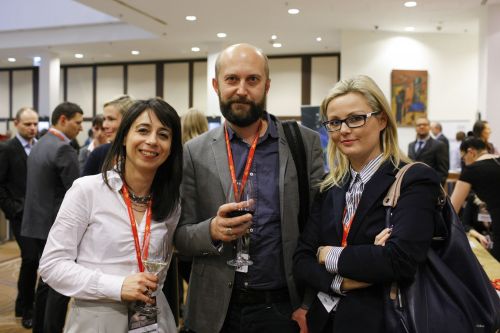
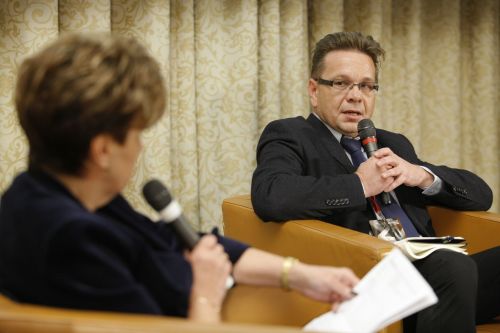
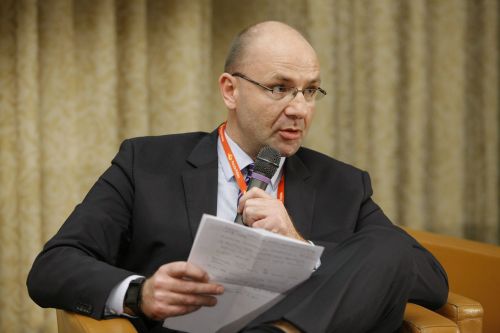
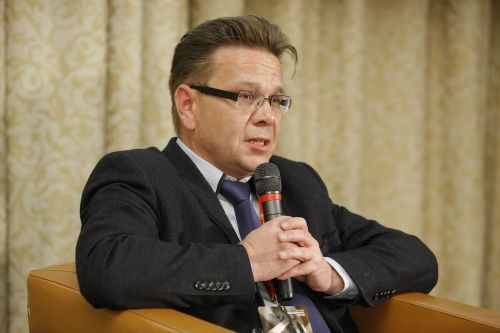

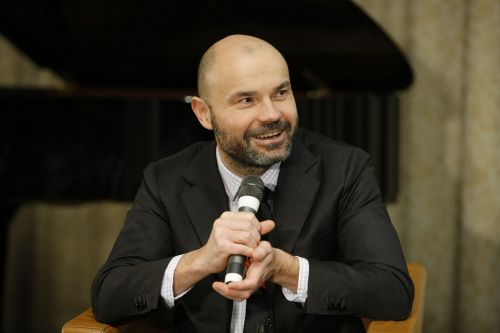
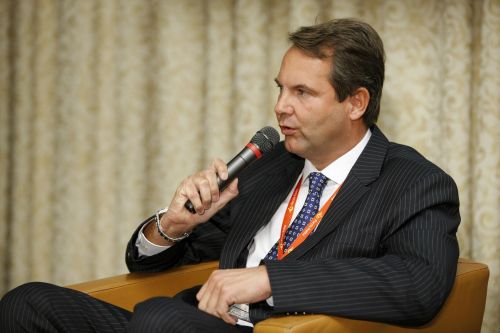
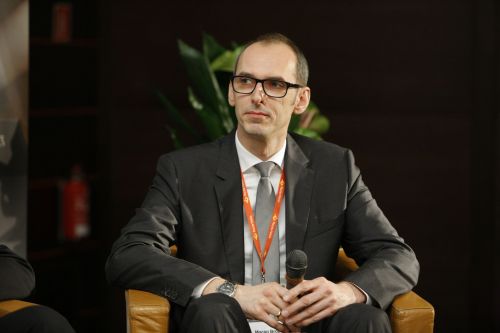
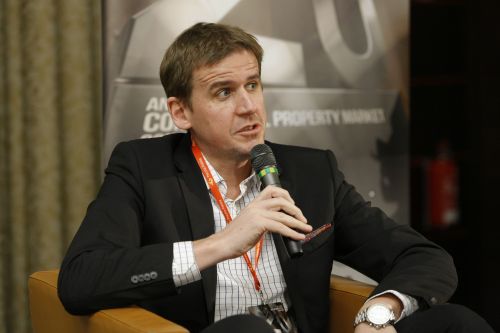

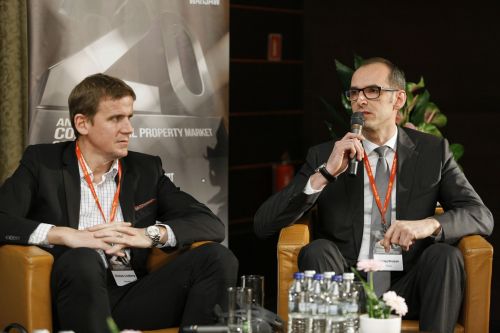
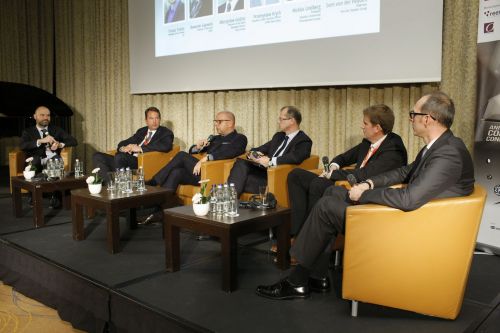
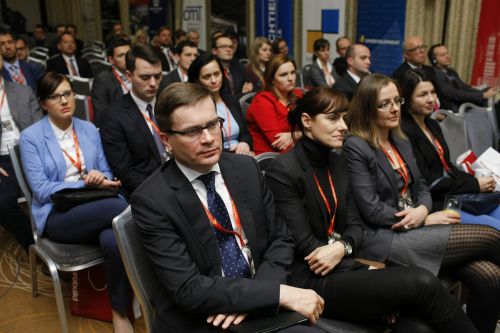
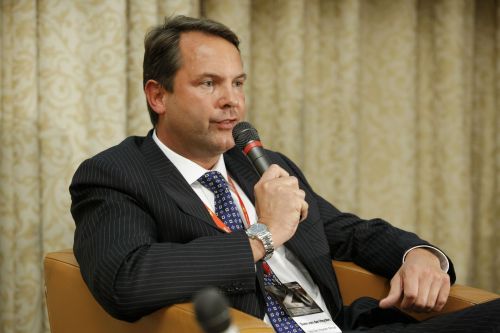
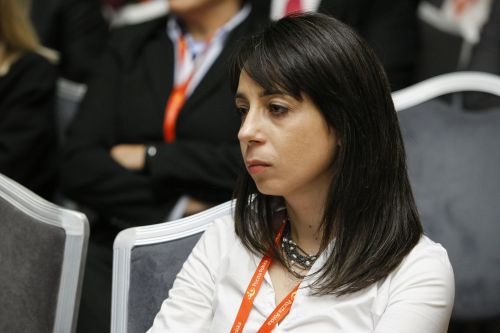
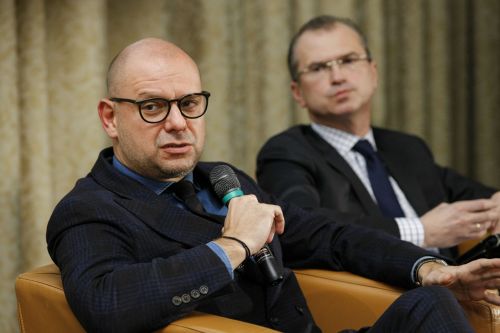
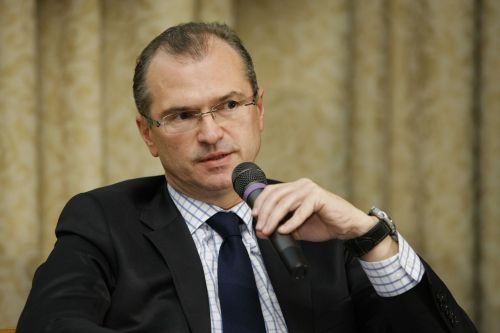
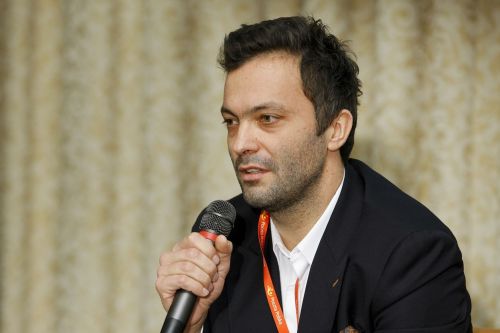
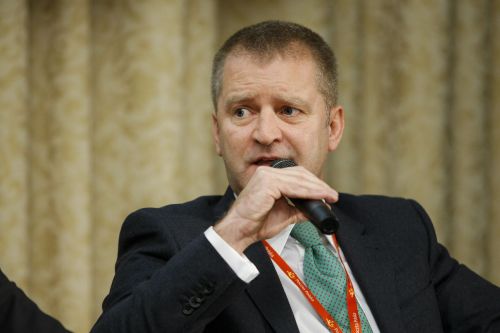
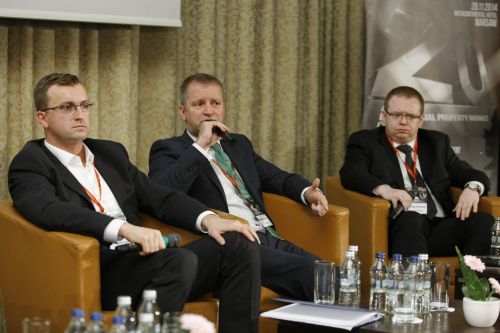


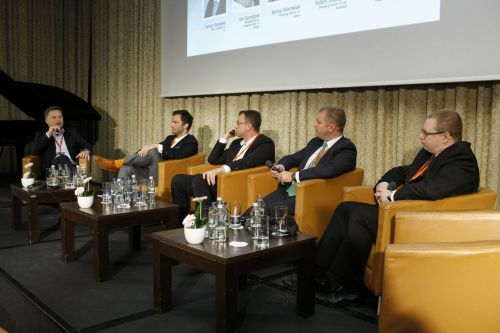
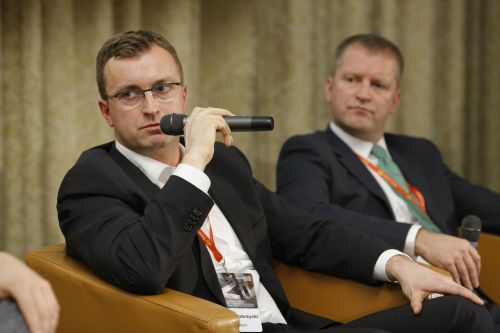

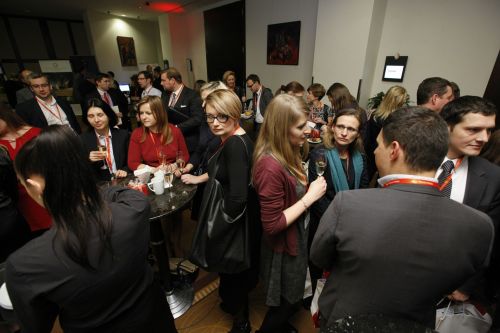
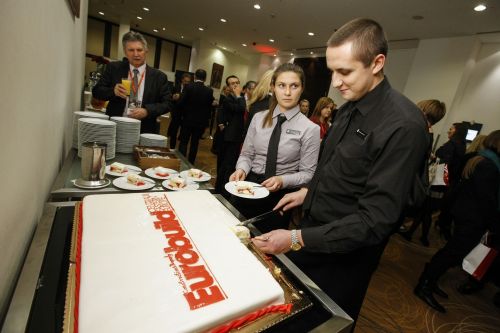
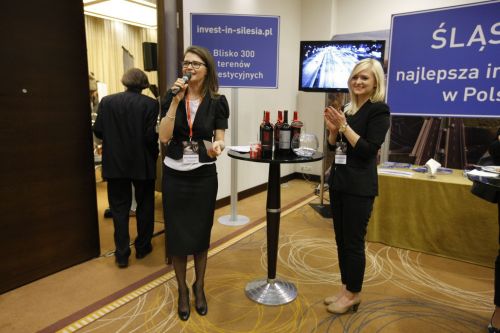

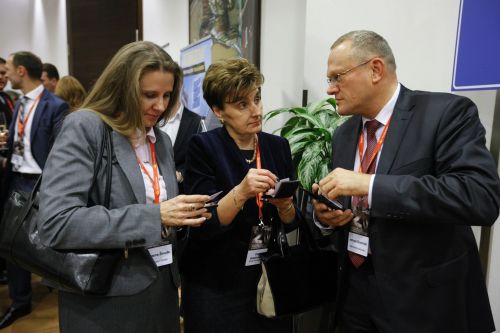
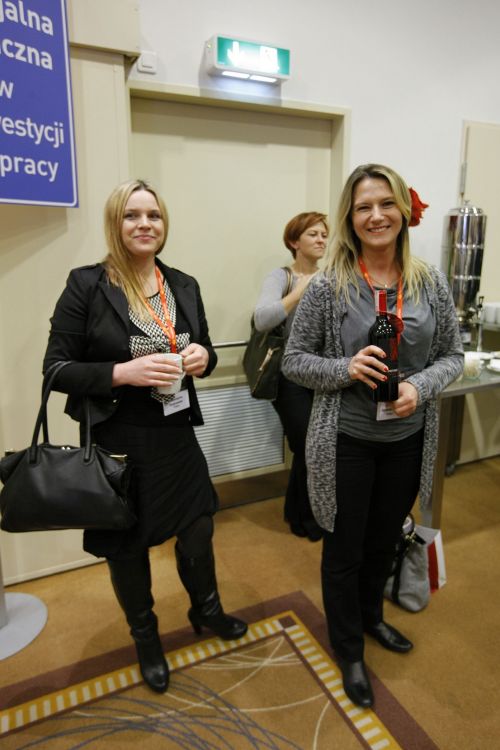
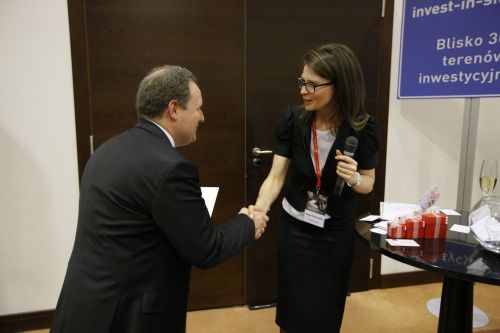
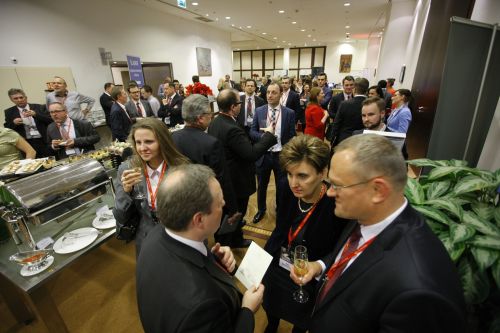

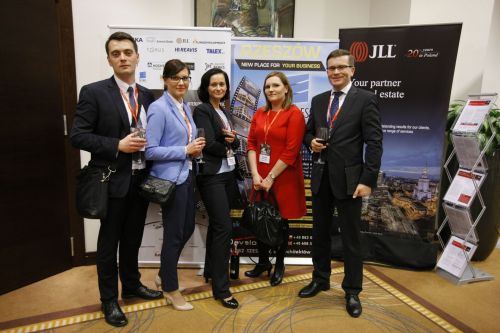
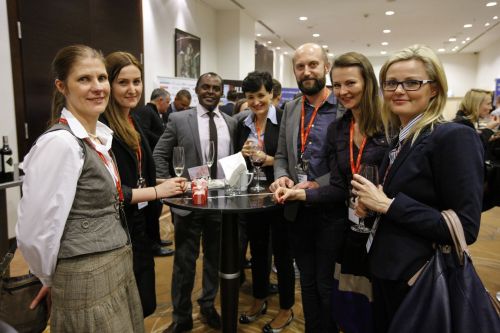
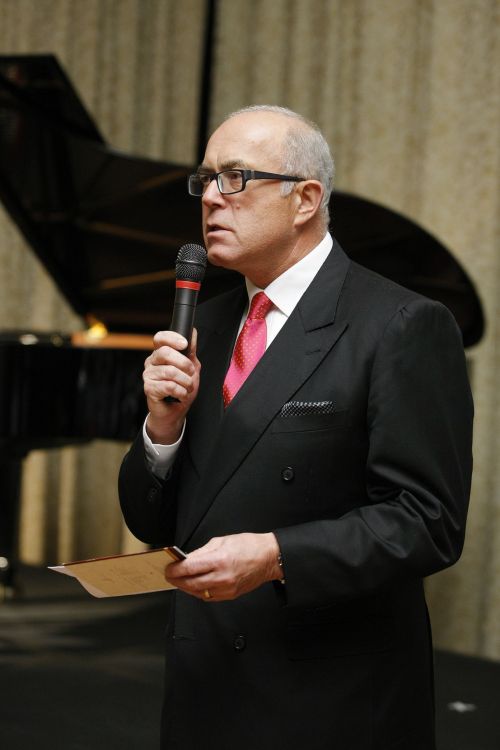





It’s hard to believe, but the latest Eurobuild CEE annual conference, which took place in the Warsaw Hilton hotel on November 28th, was the twentieth time we have held this event. For the occasion all the most eminent people on the market were gathered together to sum up the last two decades on the Polish real estate market. However, it was not only recollections of the state of the market twenty years ago that were being exchanged at the meeting, but also forecasts for the future
After all these years since the political transformation, the Polish real estate market has built itself up and is now in rather good shape. In general: there are many new ongoing projects, there are lots of attractive locations where developers want to build, many of these companies have plans for future development, and the funds are in place for all this activity. “At the beginning, twenty years ago, there was no such thing as real estate market financing,” recalled Jacek Wachowicz of Globe Trade Centre, who has been working in the financial and real estate market since the 90s. “Instead of finance there were just the many anxious questions of wary investors – whether there are tenants here, if the money is safe here,” added Jacek Wachowicz. “In 1993, when I came here for the first time, Warsaw was depressing and… rather smelly,” admitted Andreas Ridder, the CEO of CBRE in the CEE region, explaining that this impression was mainly due to the difference in the smell of the cars that then drove down the streets of Warsaw and Vienna. “Now Warsaw looks like an American city with all these skyscrapers,” he then pointed out.
The international guests at the conference confirmed that the credit crunch has changed attitudes towards Poland, which remained a green island on a map of countries plunged into the red of recession. “This is a country where there is still so much that can be done, where there are so many opportunities. It’s still the place to invest. And is still the place for new skyscraper projects,” declared Wojciech Smyk, the asset manager of BlackRock, giving his perspective as a representative of the “younger” generation who have decided to return to Poland after years of working abroad.
To shed some light on what lies ahead for the market in Poland, several things have to be done. “The Polish real estate market still needs more transparency and standardisation” stressed Jacek Wachowicz. It should be clear to everyone who the tenants of a project are, the rules have to be the same for all projects of the same type. This would make it easier to invest in Poland, he explained. Nevertheless, capital is still needed. “Polish capital? There’s none of this on the horizon!” he added, pointing out that up to now Polish capital has not played any significant role on the commercial real estate market and that probably this situation is not going to change any time soon. “New capital seems to be mainly coming from Asia – China and South Korea. This is already happening in Germany and the UK,” said Charles Taylor of Cushman & Wakefield.
What does the future hold, then? “State-owned companies represent the future of the real estate market. They own the best locations,” claimed Jarosław Bator, a member of the board of Poland’s national railway operator PKP. The main issue, though, is not the number of locations, but the quantity of the space being built. “Why are we building so much floor space? It’s absurd!” said Andreas Ridder of CBRE. “Please build less offices, or this will come back to haunt you,” he warned. But perhaps this is not in fact the main issue. As Andreas Ridder added himself, “it is not so easy to understand the market from the outside.” Polish representatives see the market in a better light. “We have strong economic fundamentals, so we can avoid any bubble forming,” insisted Wojciech Smyk, adding that what most needs to be done in Poland are further improvements in the transport infrastructure. But it seems that less of this will be taking place in the future, as in 2020 the tap of EU funds will be turned off. “There will be much less public investment in general due to the drying up of EU funds and a weakening budget situation. I think more private capital will flow in, but this will not balance out the market,” agreed Dariusz Blocher of Budimex. “So the main issue should be to spend the EU funds that are available until 2020 in a profitable manner so that it will later be possible to maintain the public buildings,” argued Dariusz Skowroński of NDI, who earlier in his career was active in the infrastructure sector. “The public is putting pressure on the state to spend all the money, but this shouldn’t be blown on a lot of vanity projects, as these just store up problems for the future,” he added. Therefore we can expect there to be slower infrastructure development, reduced public investment and – as a result – around a 25 pct shrinkage of the market, forecasted Dariusz Blocher, who also predicted that the switch over to private capital dominating the construction market could take… another 20 years.
There will be fewer building sites and cranes to be seen on infrastructure projects as the reduced financing kicks in, but less construction work can also have a positive impact on retail projects. “It is not so important to keep extending and refurbishing all the existing shopping centres. It’s actually better to think more about improving the environment for customers,” said Sean Briggs of Colliers International. Barbara Topolska of Neinver added that customer convenience is also becoming more important, in line with the changing trends in consumer behaviour. “Shoppers have changed, retailers have to change. Now the worldwide web is the competition,” claimed Hanna Bomba of Regioplan Consulting. She explained that at the moment we are witnessing the second fundamental structural change in the history of the retail market – the first was 65 years ago when self-service shops first appeared. “Now we are moving into the second age – that of online retail,” she added. Everyone on the retail panel agreed: the footfall of shopping centres in Europe is falling – and Poland and the CEE region are no exceptions to this. Some ideas were mooted on how to slow down this negative trend, for example, promoting fitness centres in malls and other sports facilities, as well as cinemas, high quality restaurants, pop-up stores, and so on. “All of these would keep shoppers in the centres for longer,” explained Marcin Juszczyk of Capital Park. According to the conference’s office panel, this sort of approach could also be applied in their sector, if not across the entire real estate market: “Nothing is constant, so nothing can be taken for granted,” cautioned Mieczysław Godzisz of Hines Polska. Sharing his not altogether optimistic view, at least in terms of the office market, was Przemysław Krych of Griffin: “No doubt that there will be winners and losers. Not everybody will be happy over the next few years,” he said. Maciej Brożek of Torus, a company based outside Warsaw in the TriCity, was rather more optimistic: “Poland is becoming the back office of Europe. We have a constantly growing demand, especially from the BPO sector,” he exulted. So maybe the future lies in Poland’s provincial cities? Not everybody is convinced that this is going to be a major trend. “We will continue to invest in Warsaw, as it is the capital city. Maybe it has its ups and downs, but at least it doesn’t give us the jitters,” admitted Niklas Lindberg of Skanska Commercial Development Europe. A different point of view could be heard from the players on the warehouse market, whose attentions were fixed on Rzeszów as a crucial corridor to the less stable and secure Ukrainian market, as well as on the vigorous Wrocław market as a corridor to Germany. All the panellists in this section of conference insisted that their market, although highly competitive and with strong pressure on rents, still remains less competitive than the office market. “We have a great future ahead of us,” boasted Ben Bannatyne of Prologis. “The ratio of warehouse sqm per capita is very low. The Polish economy should continue to grow, so the potential of the market should grow even further,” predicted Robert Dobrzycki of Panattoni. Even the smaller developers are feeling good about their prospects. “If we can secure a ten-year lease, then we can provide everything,” said Andrzej Wroński of P3 Parks. In summing up the prospects for the Polish property market, Michał Sternicki of Aareal Bank said that we just need to knuckle down and be patient – and then, as is the case in all mature markets, all our work should bear fruit.
AP


































